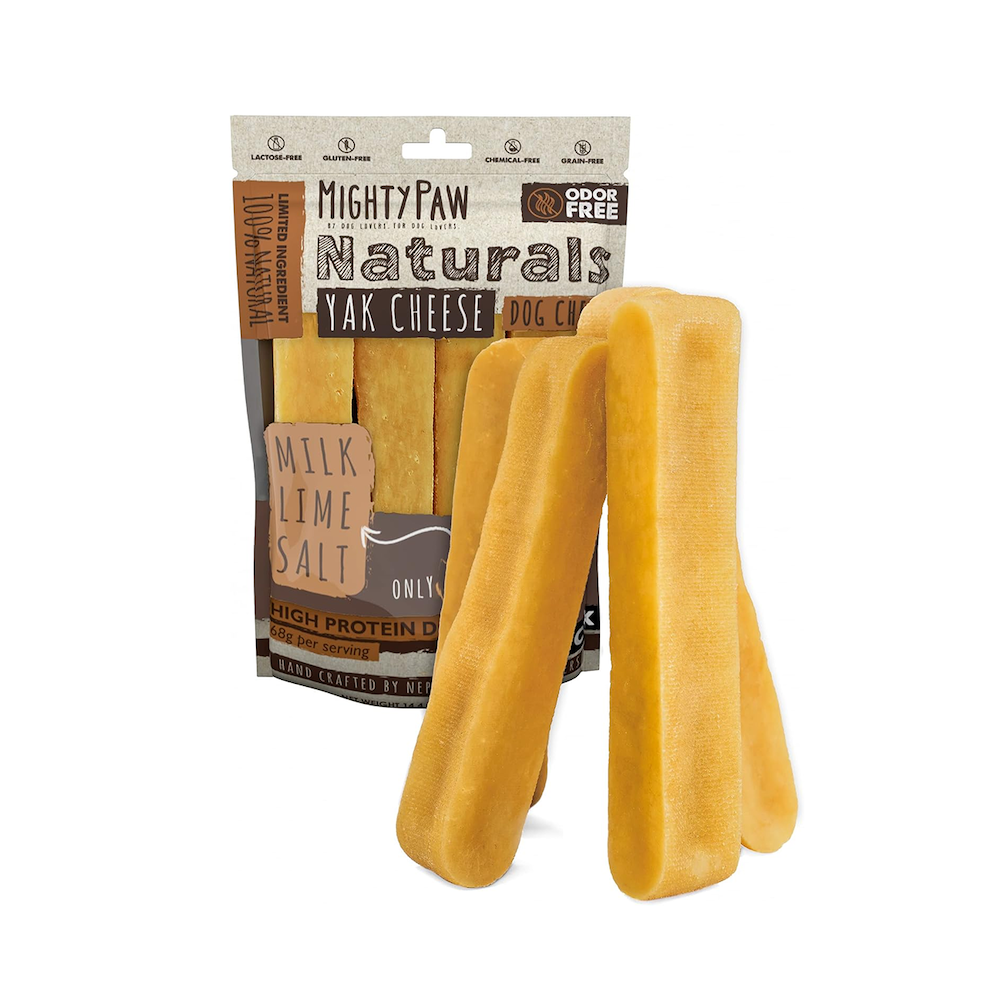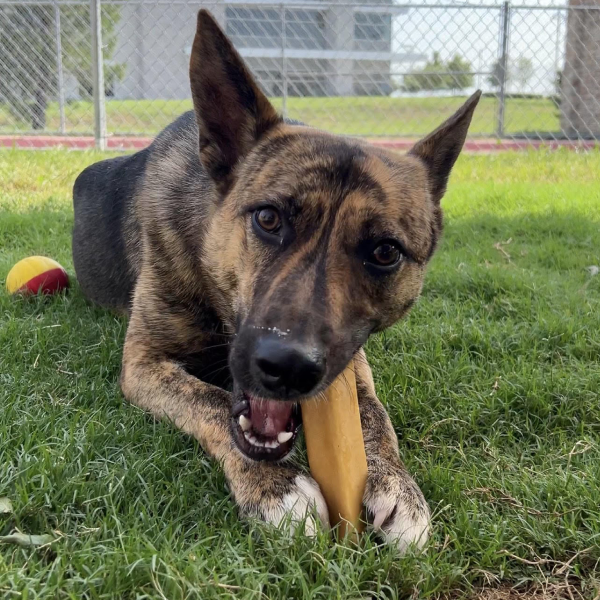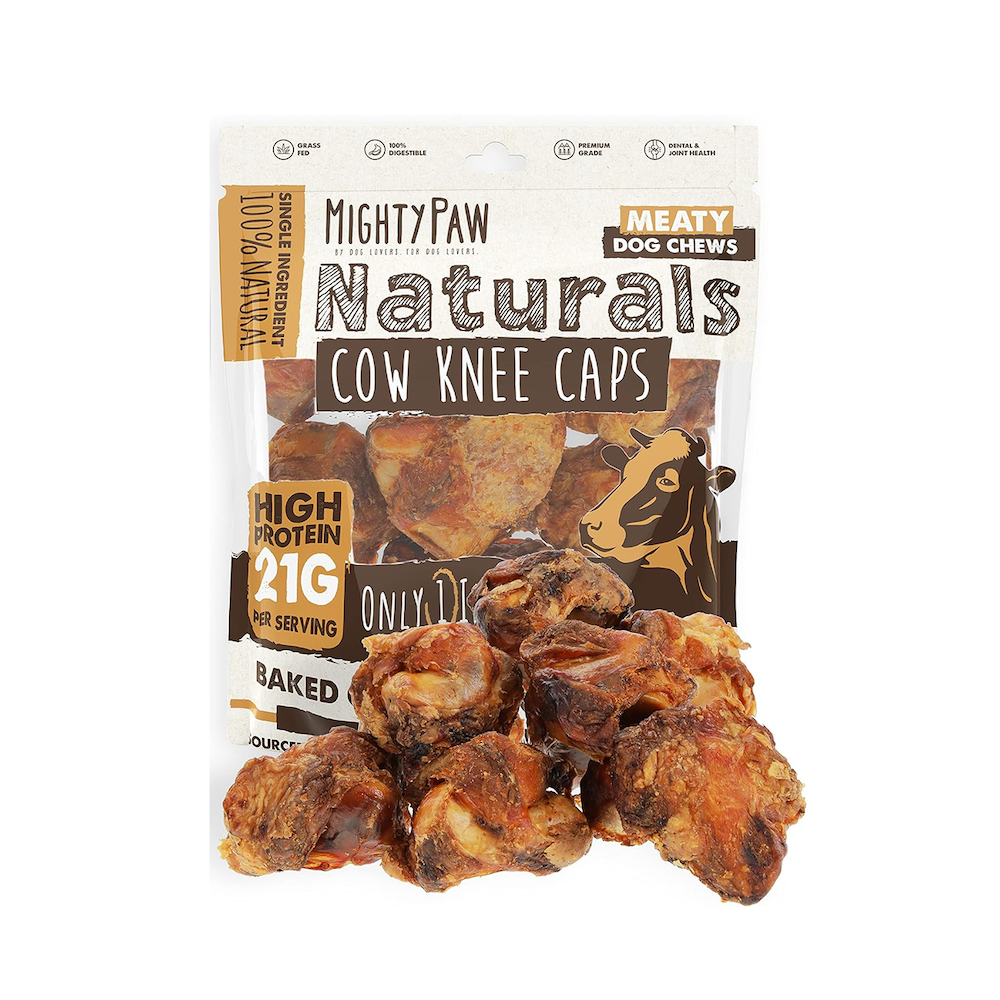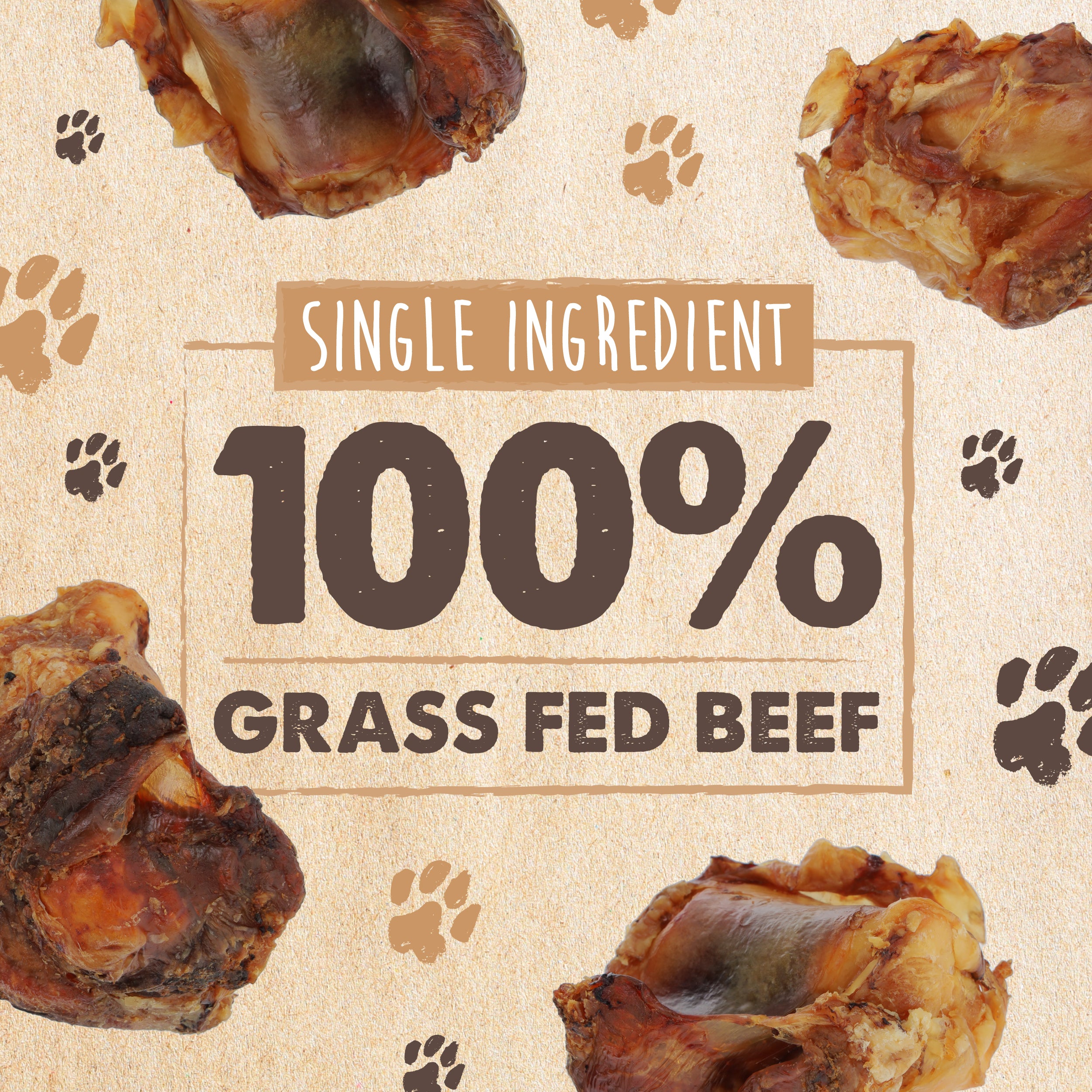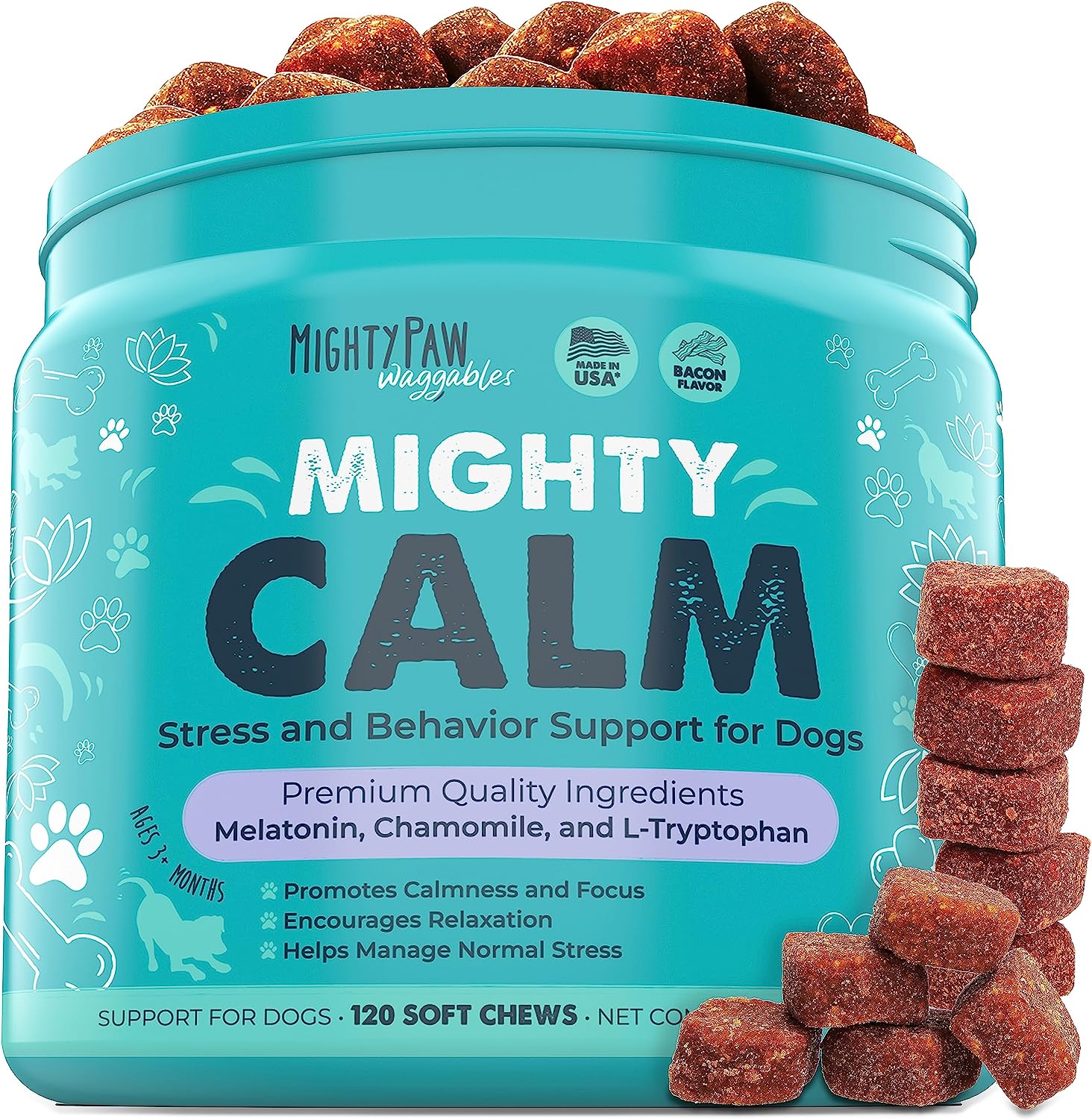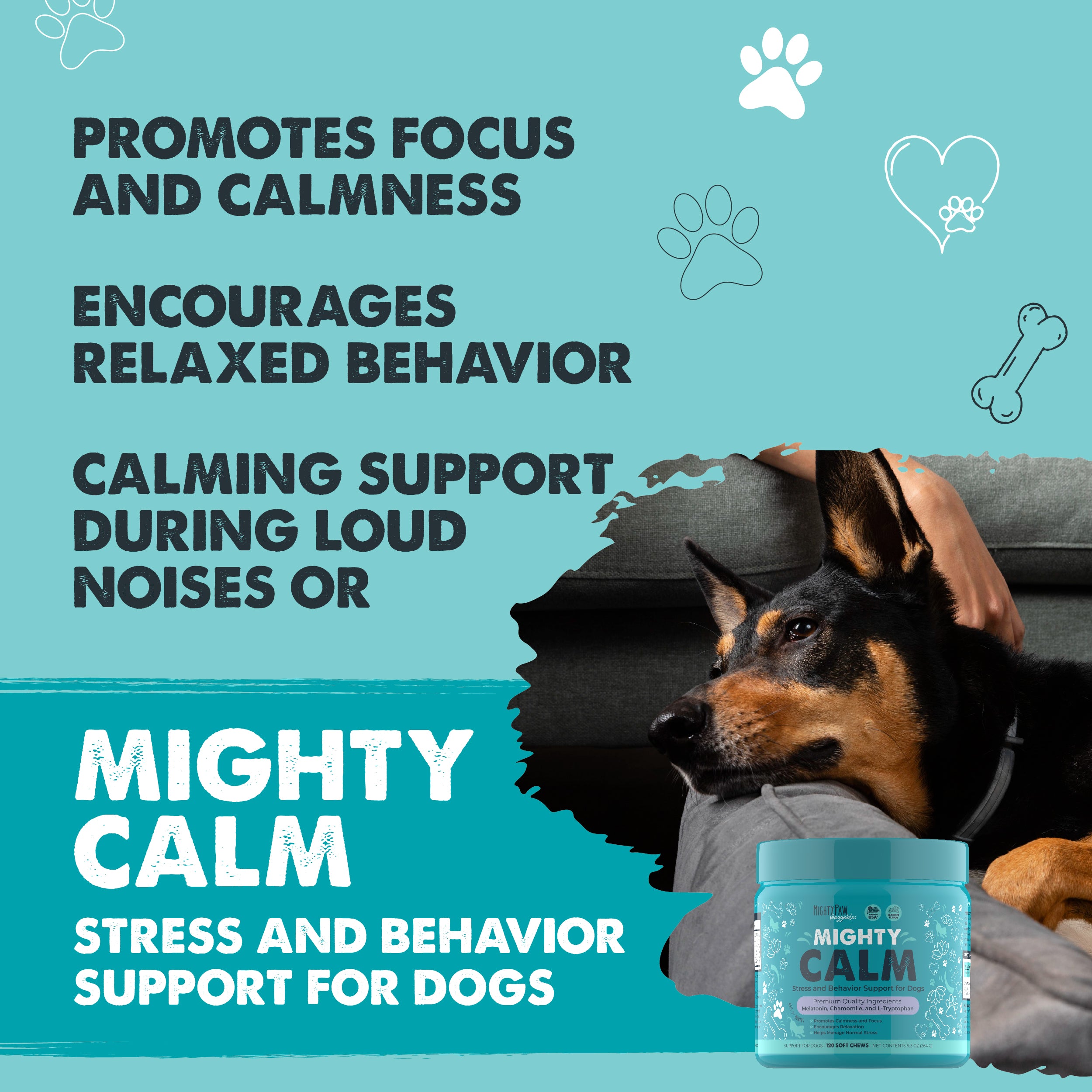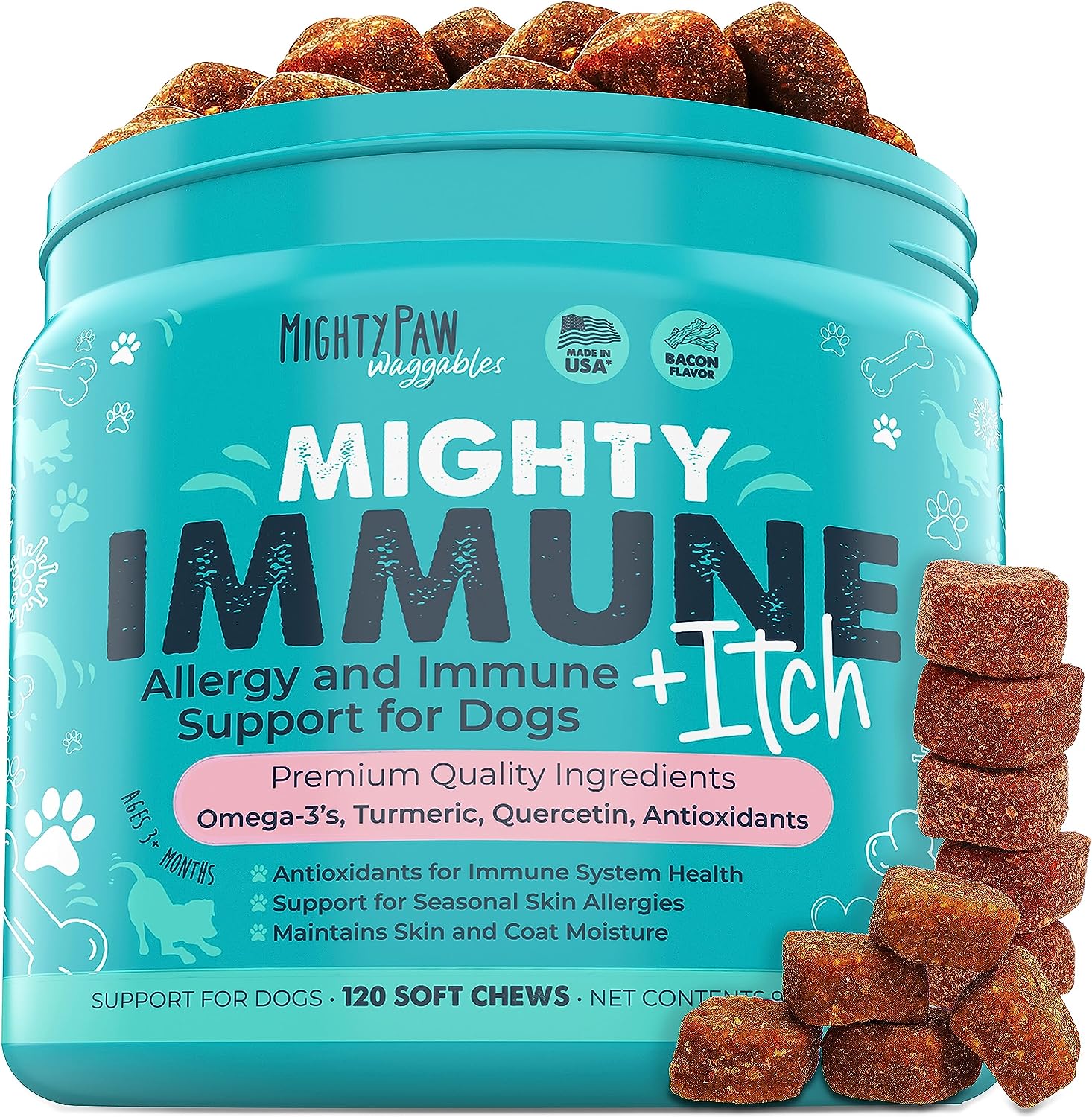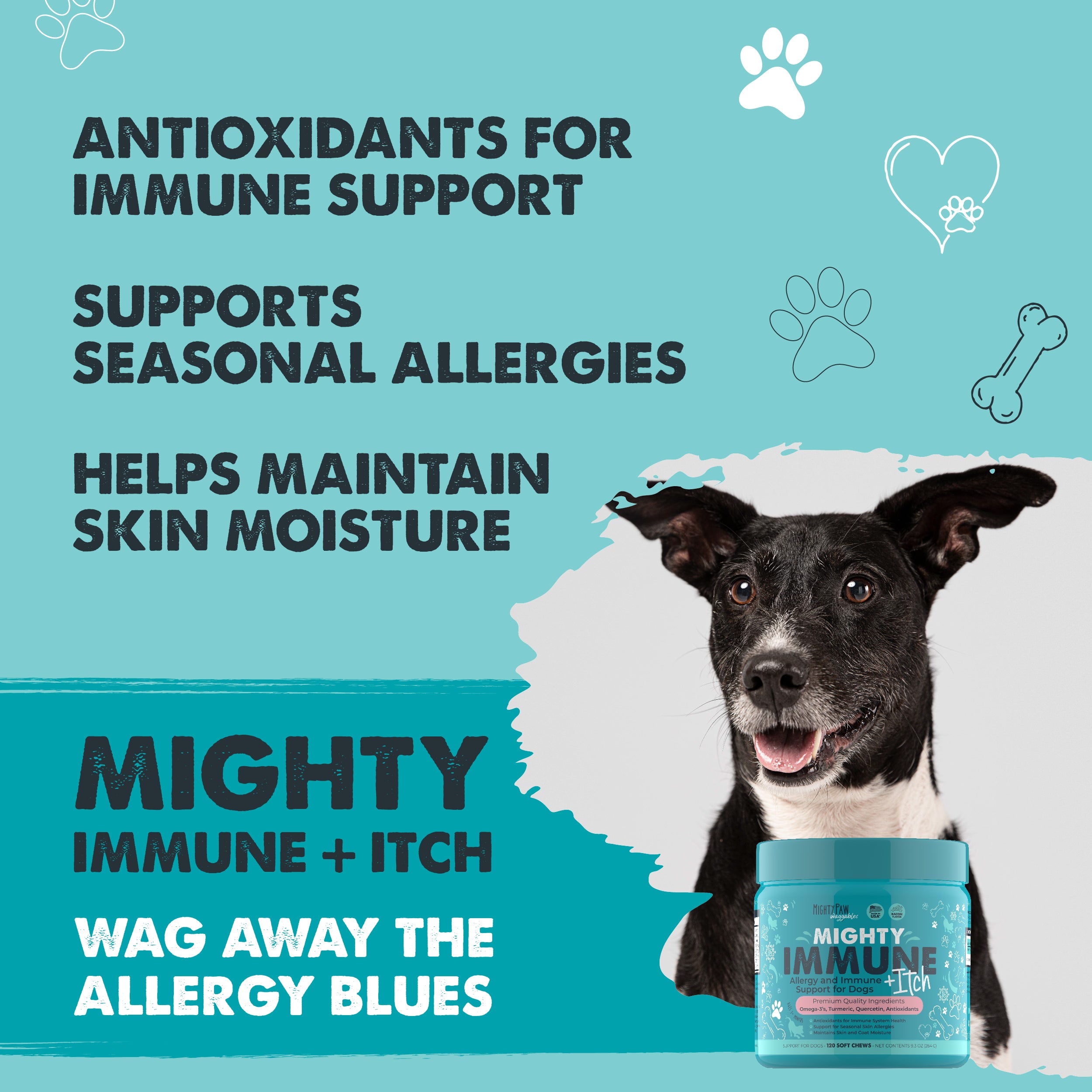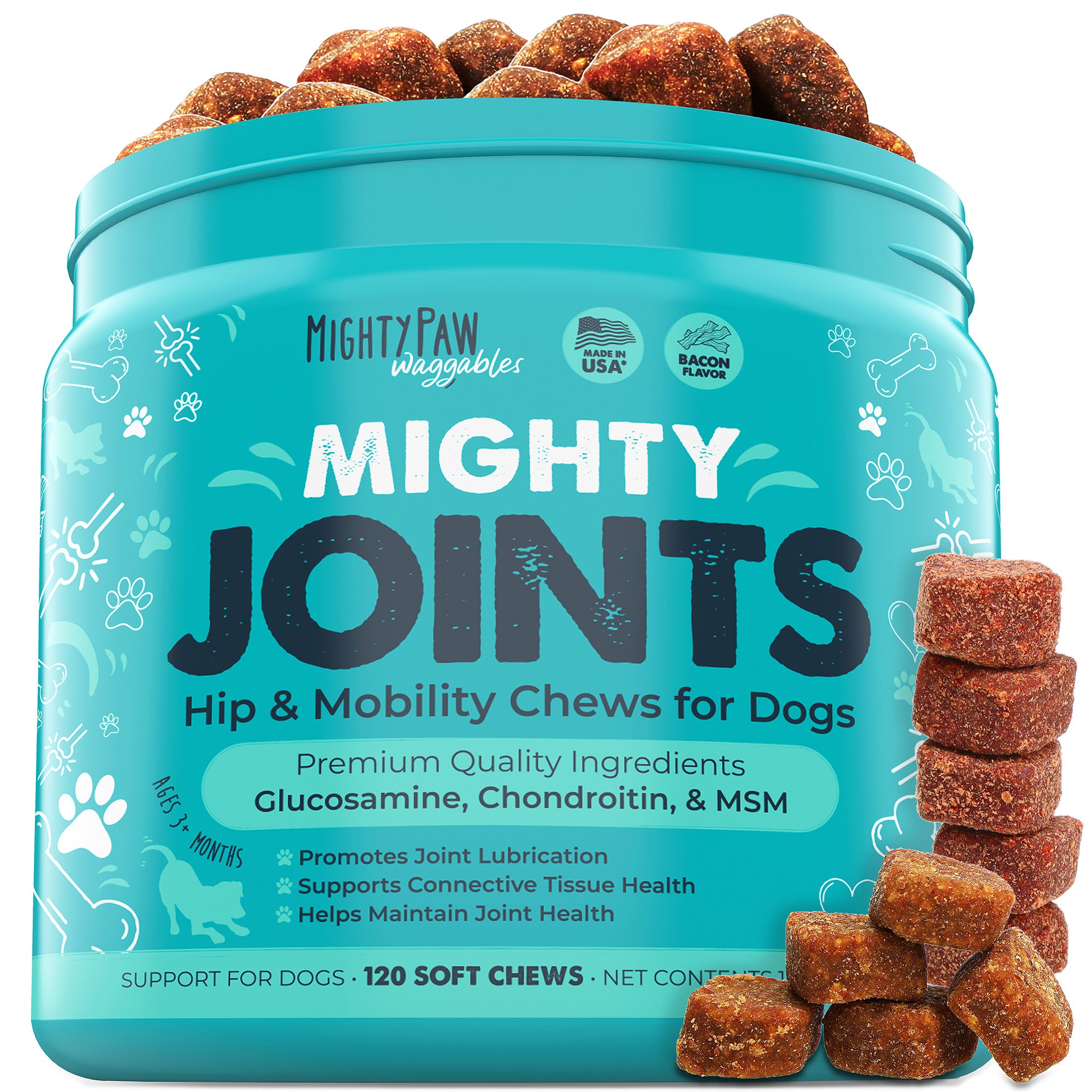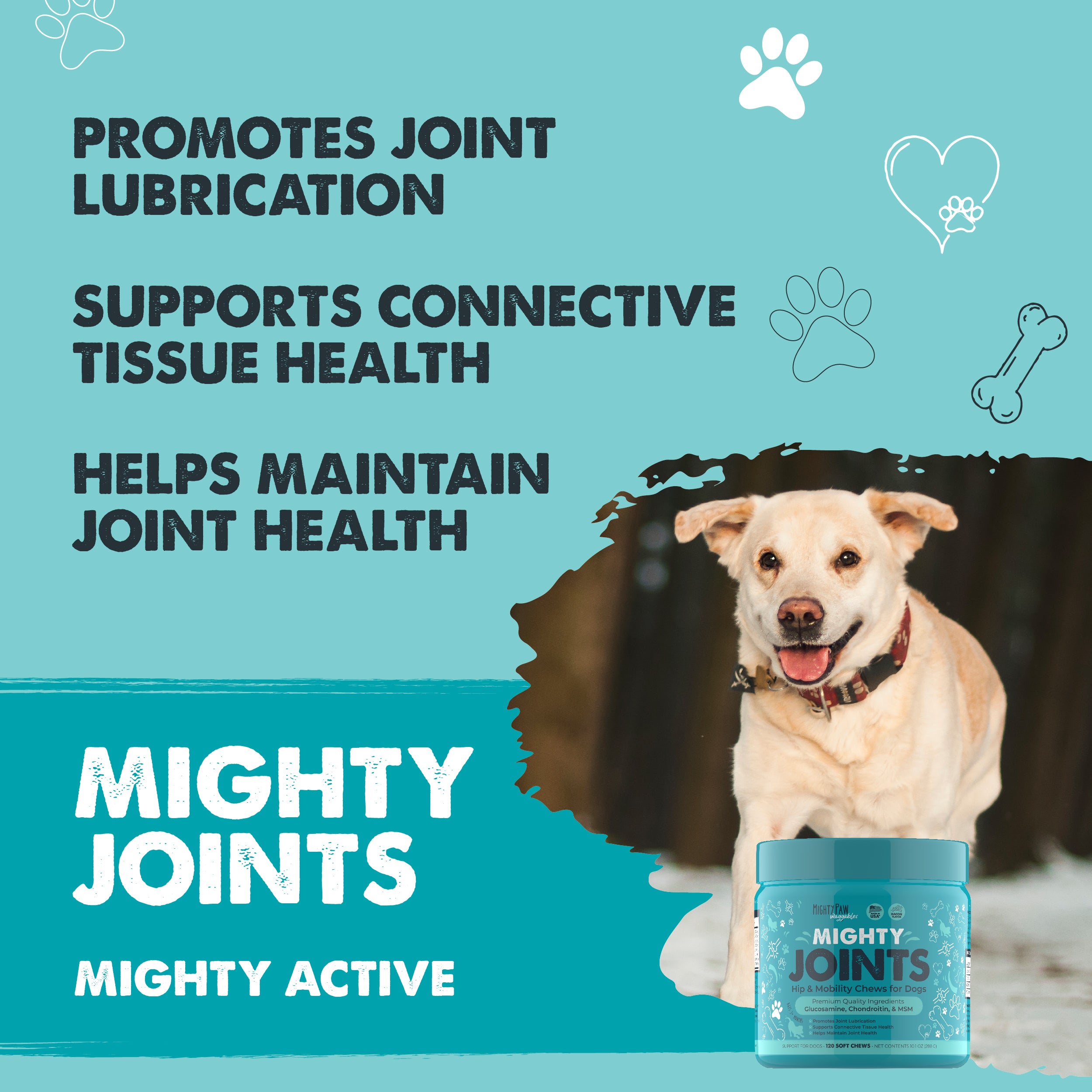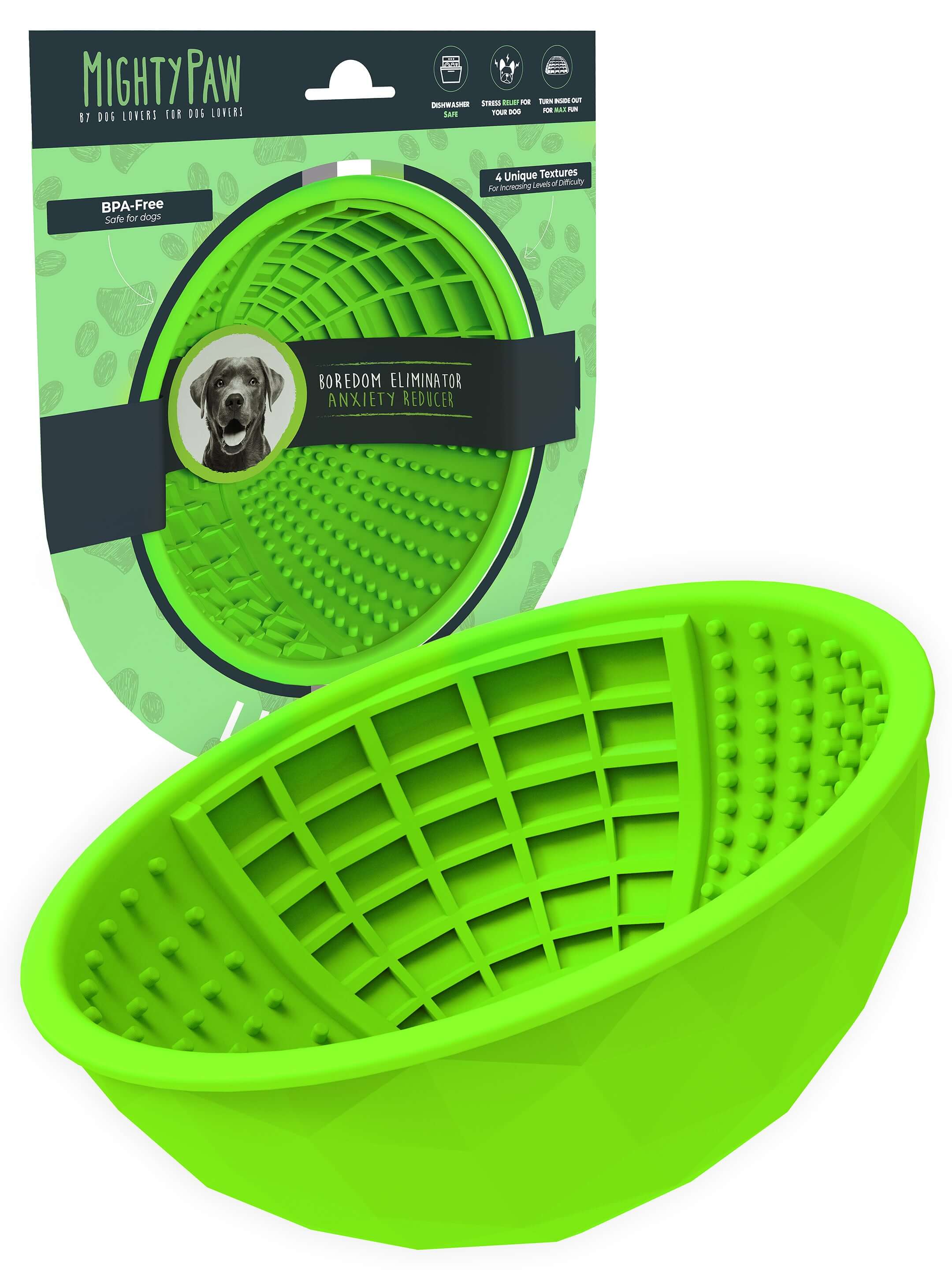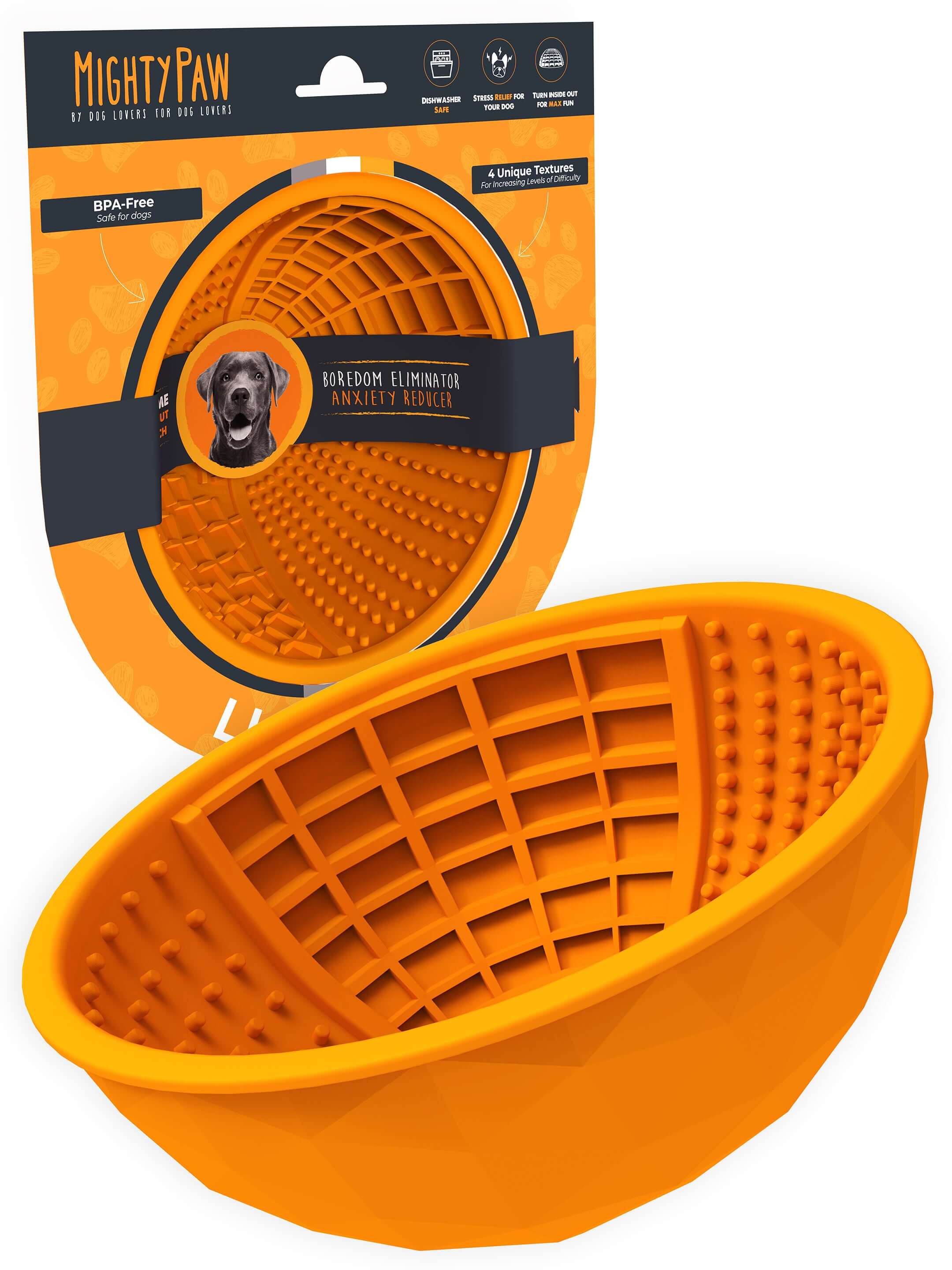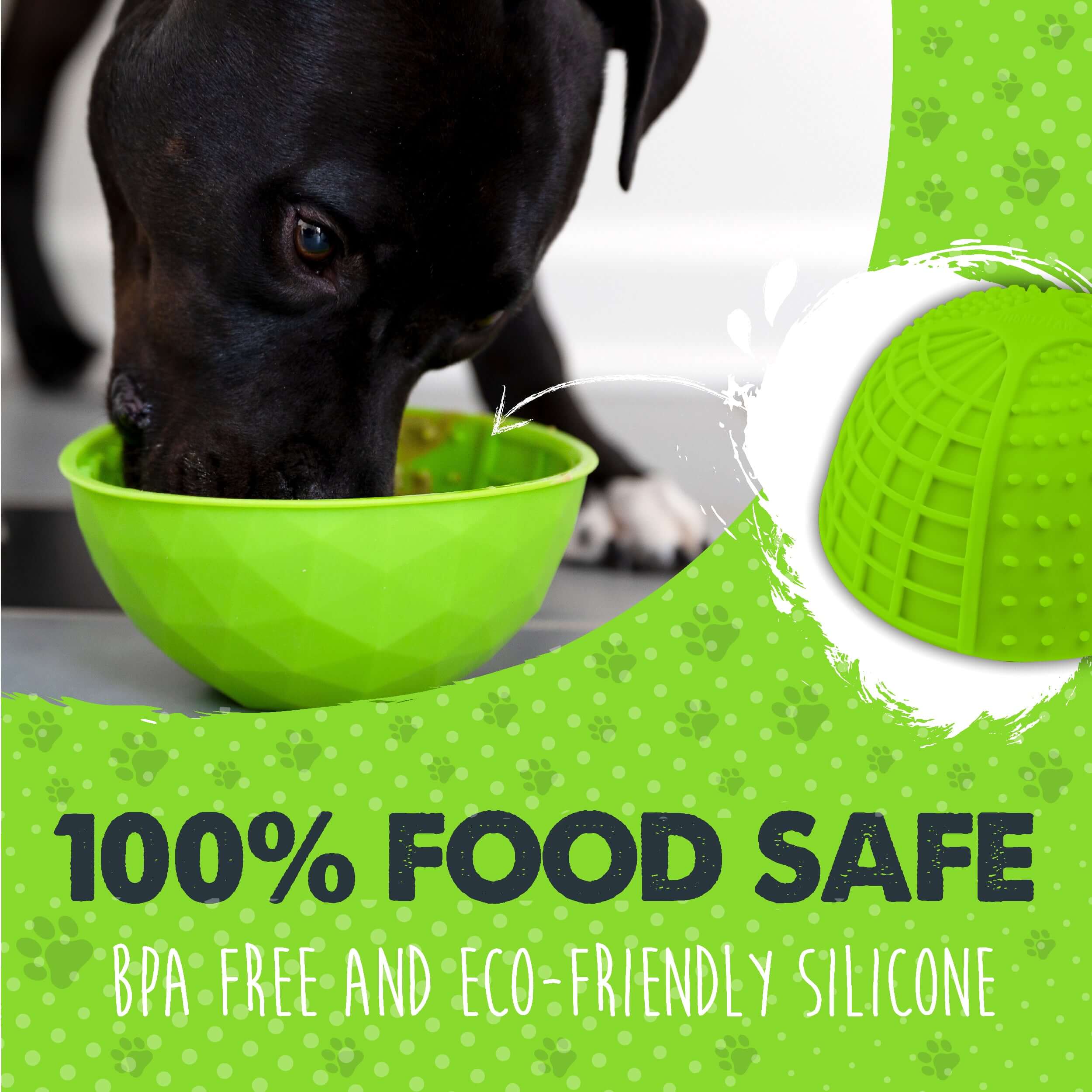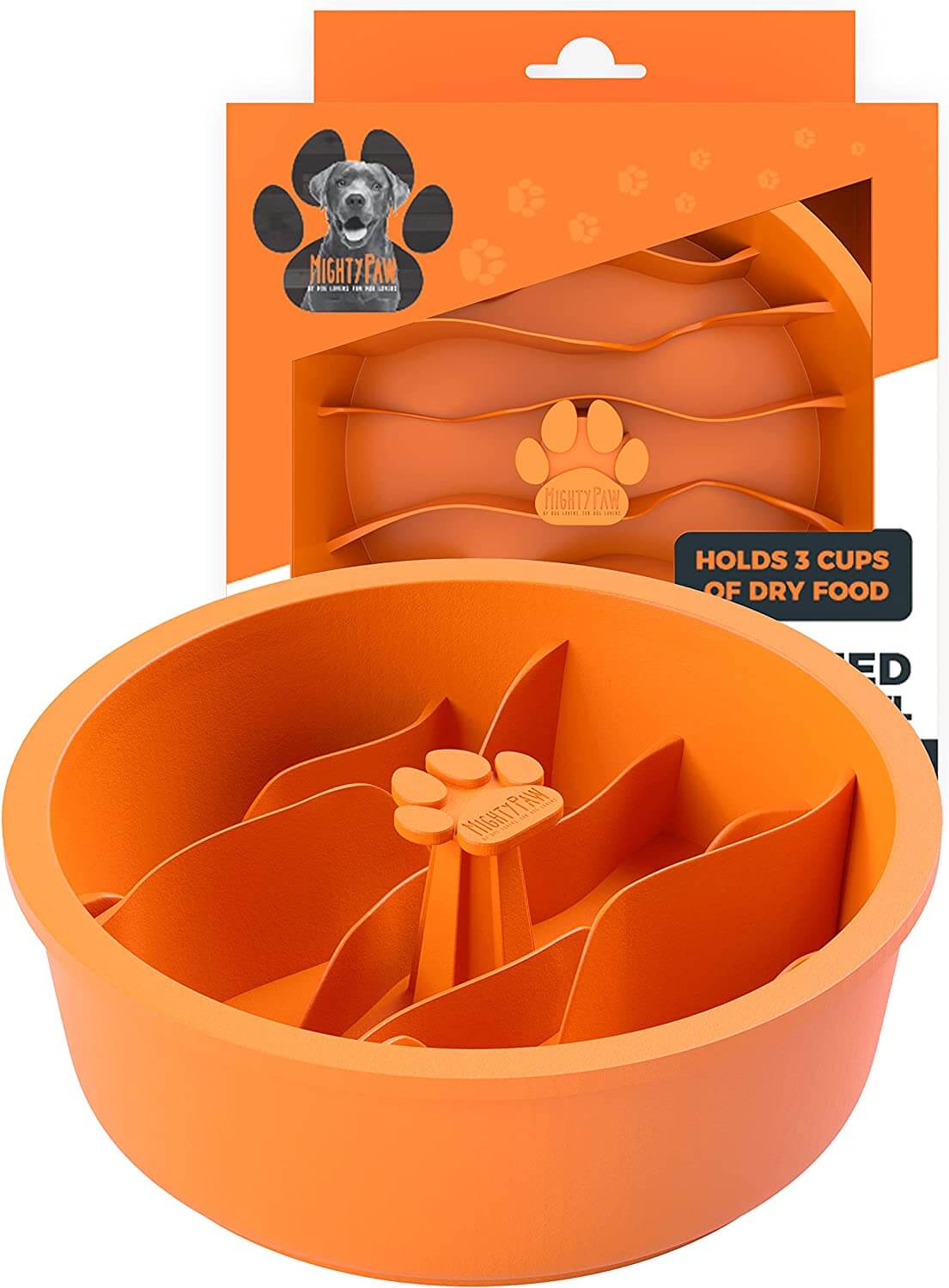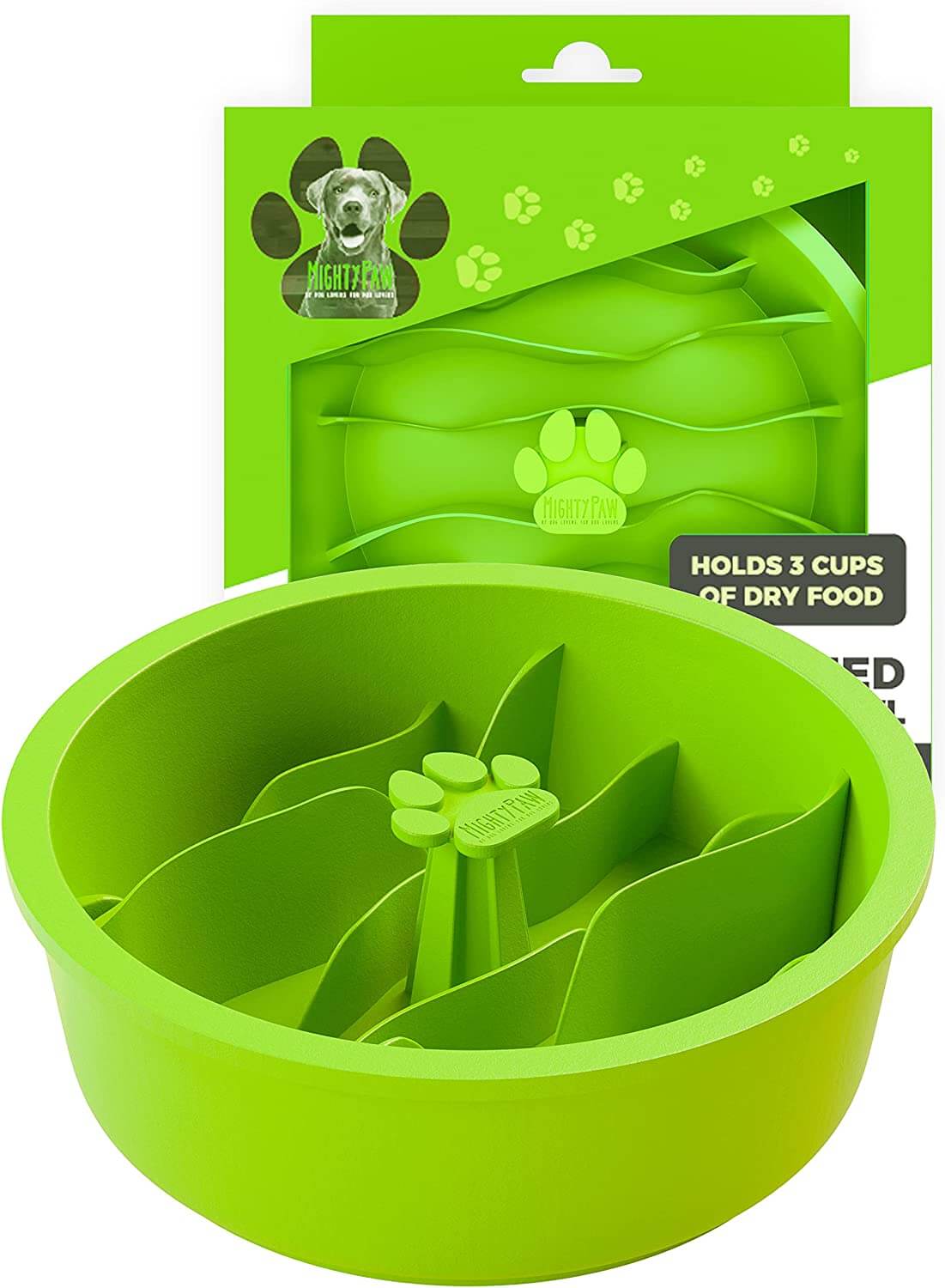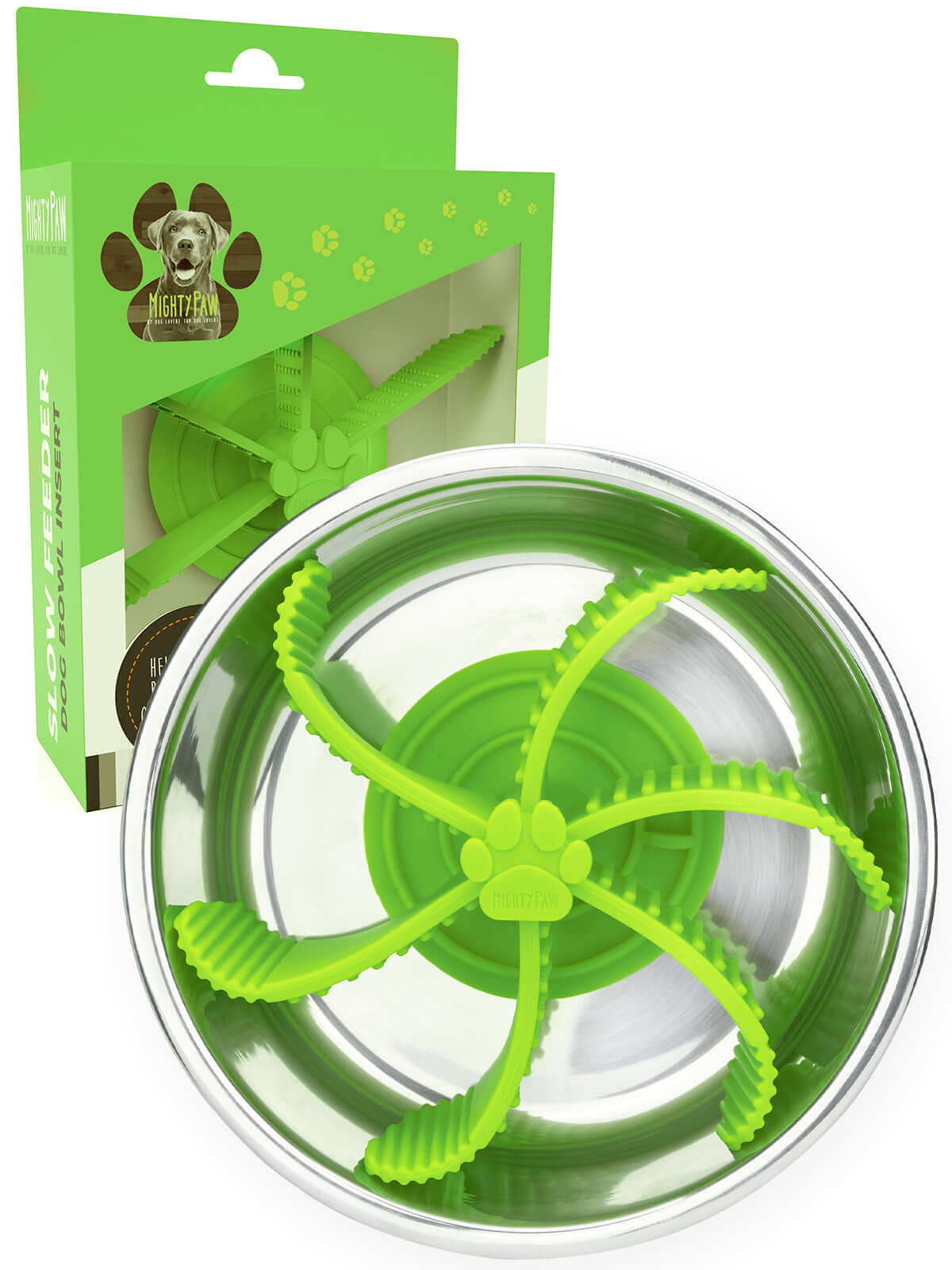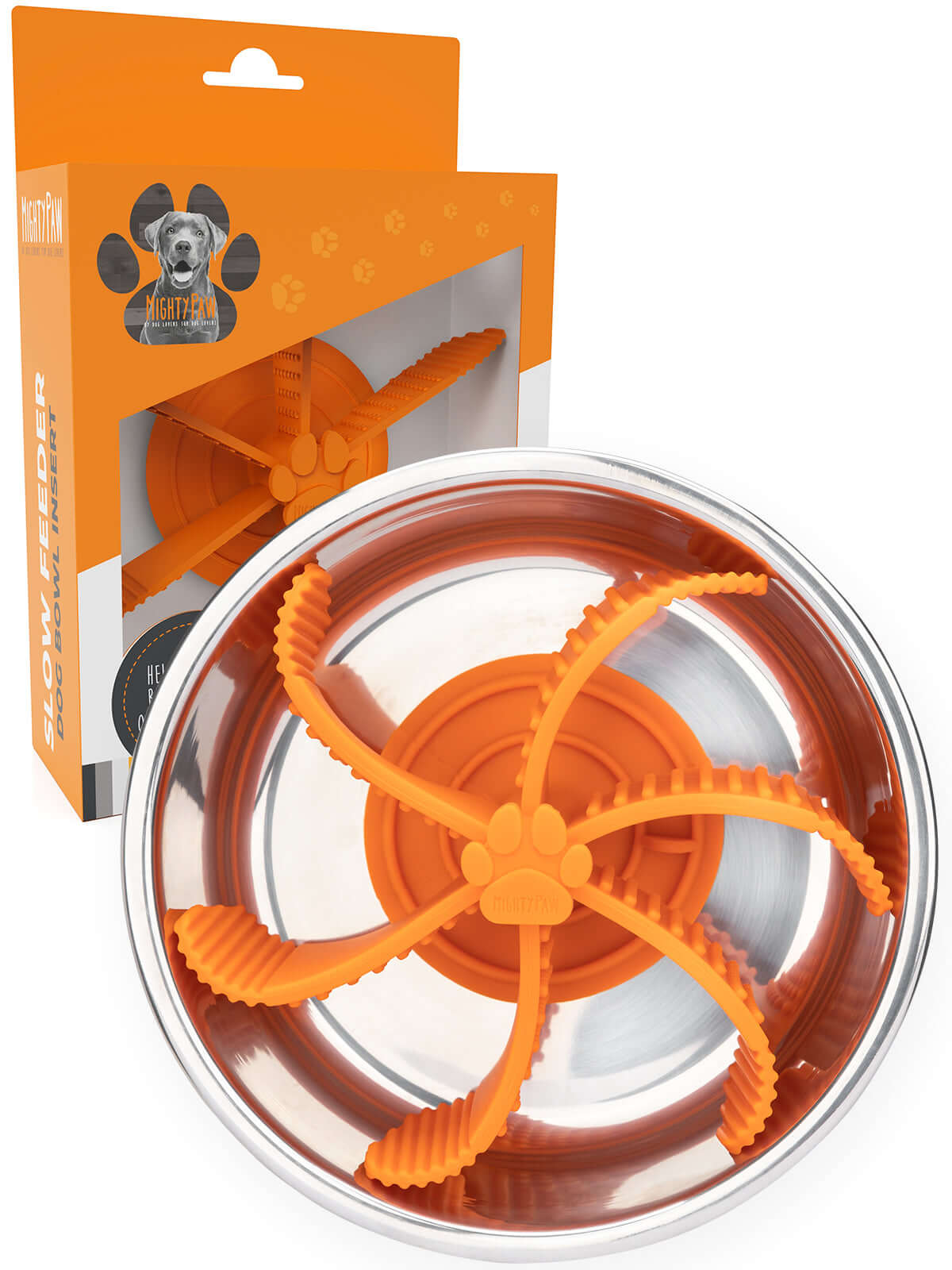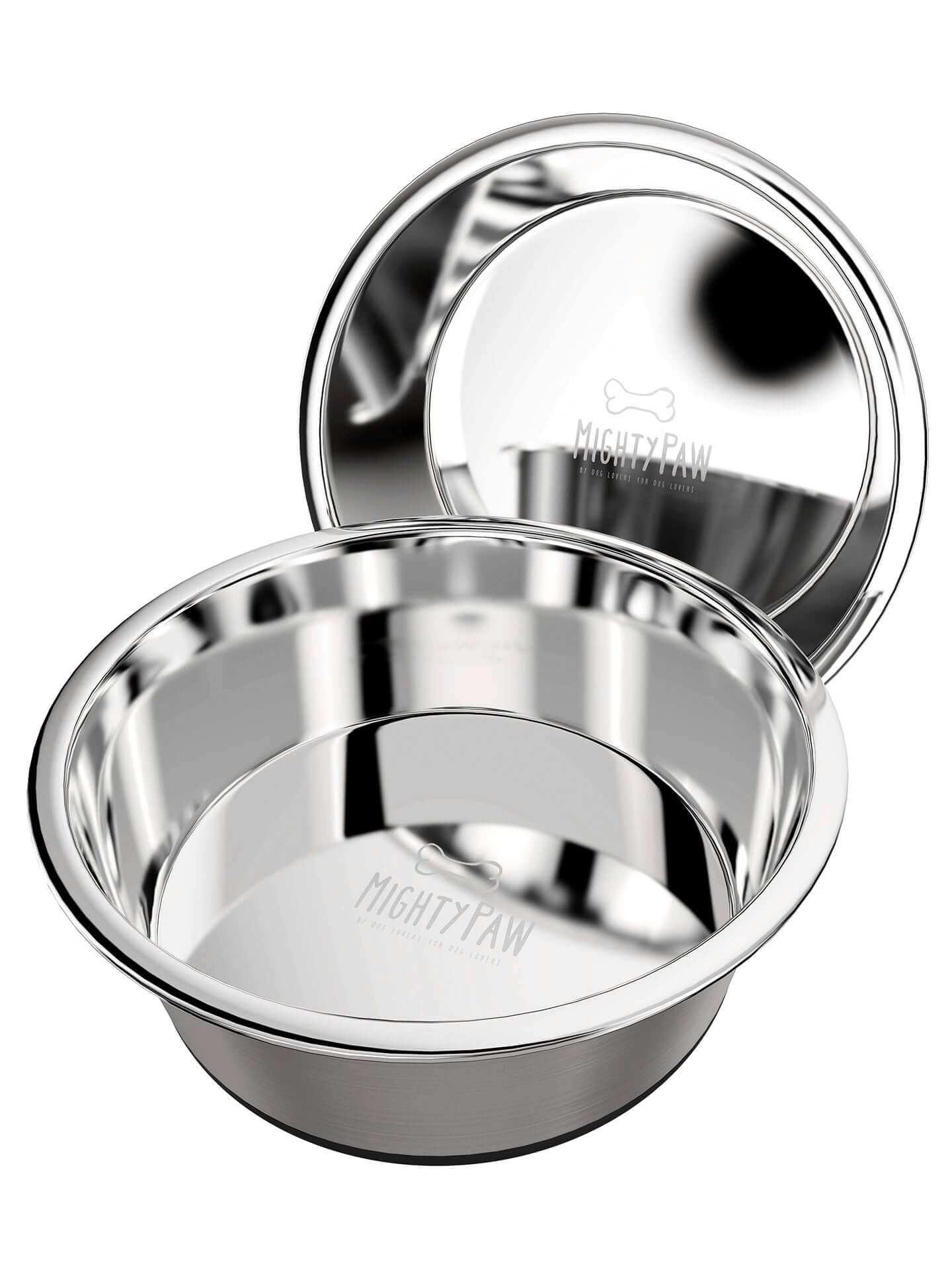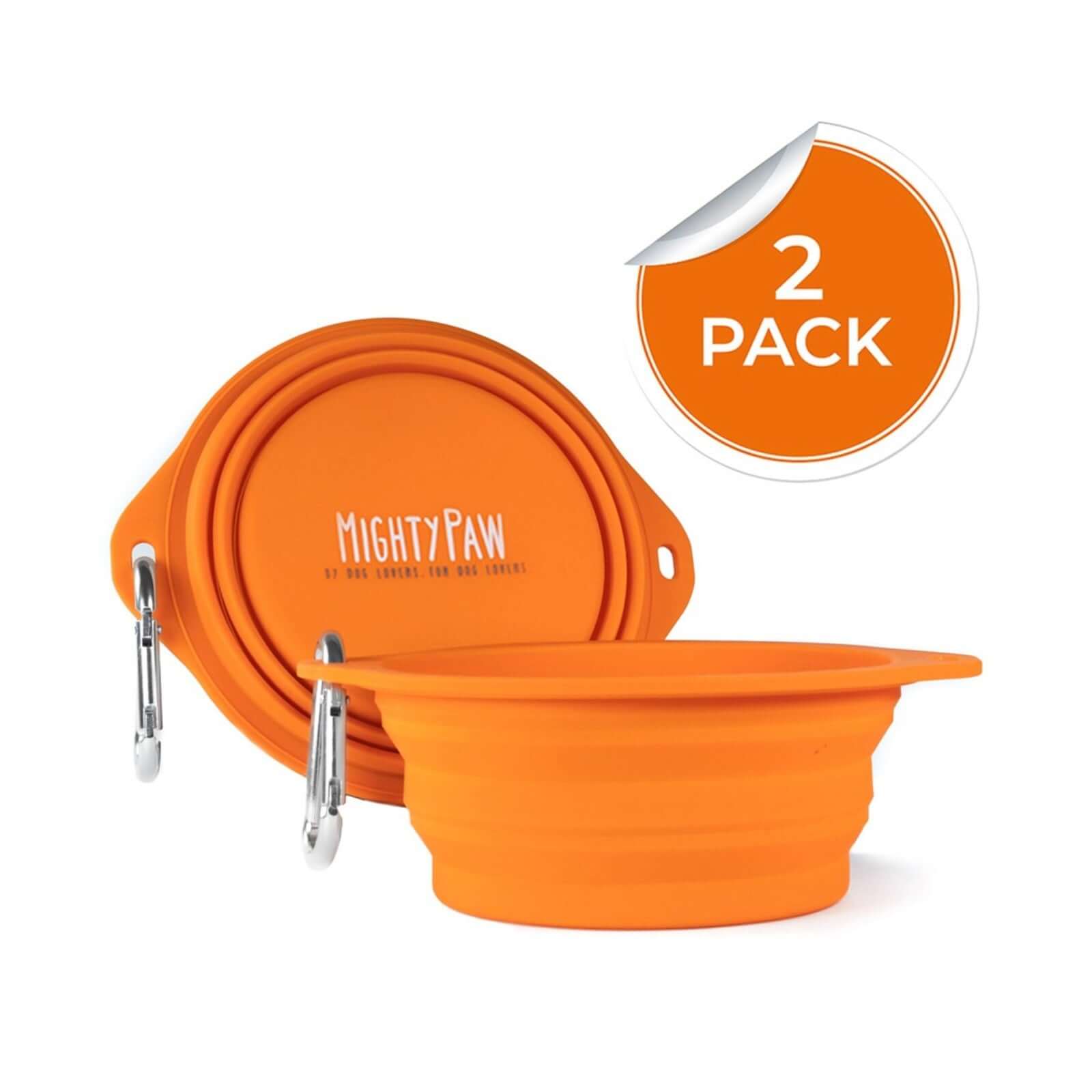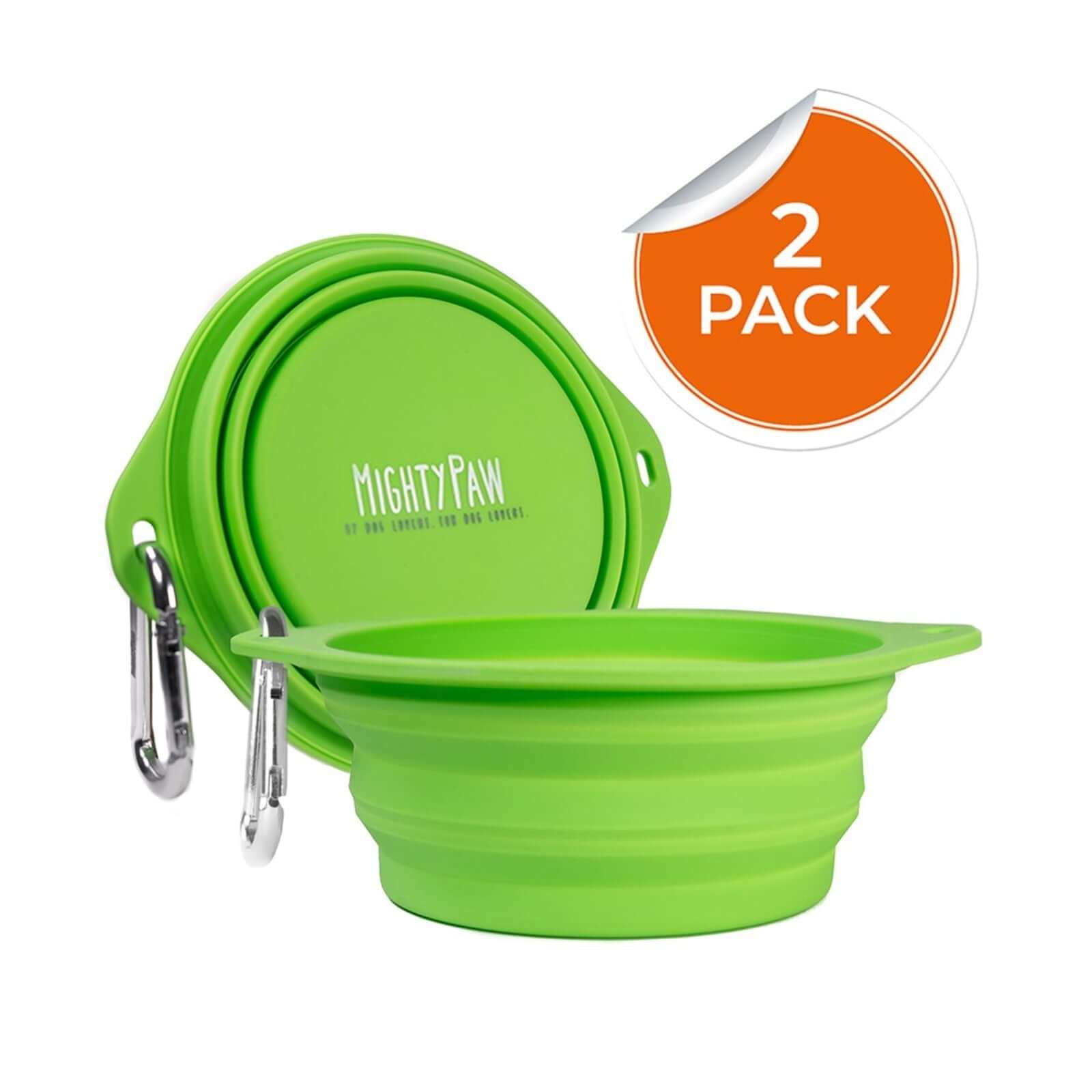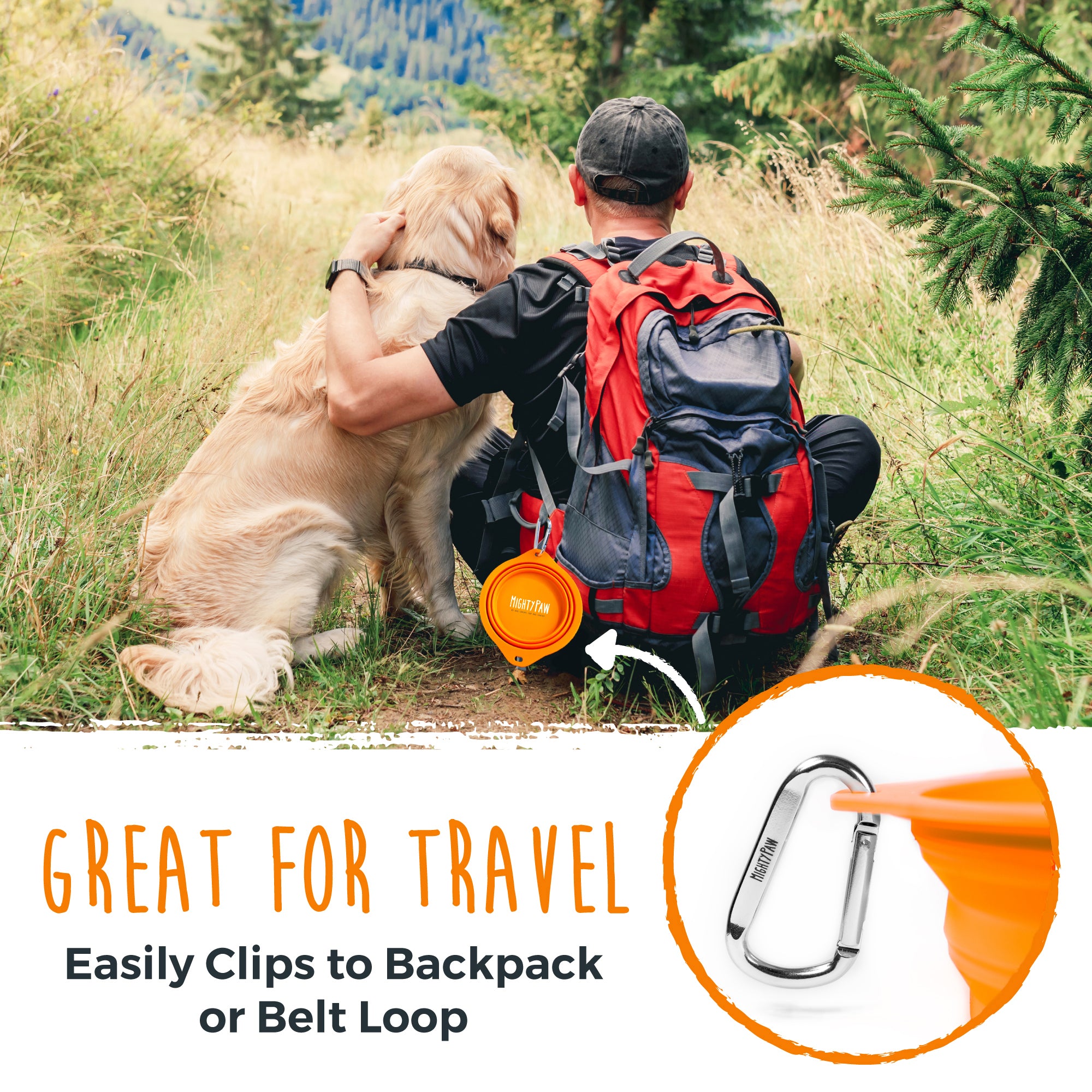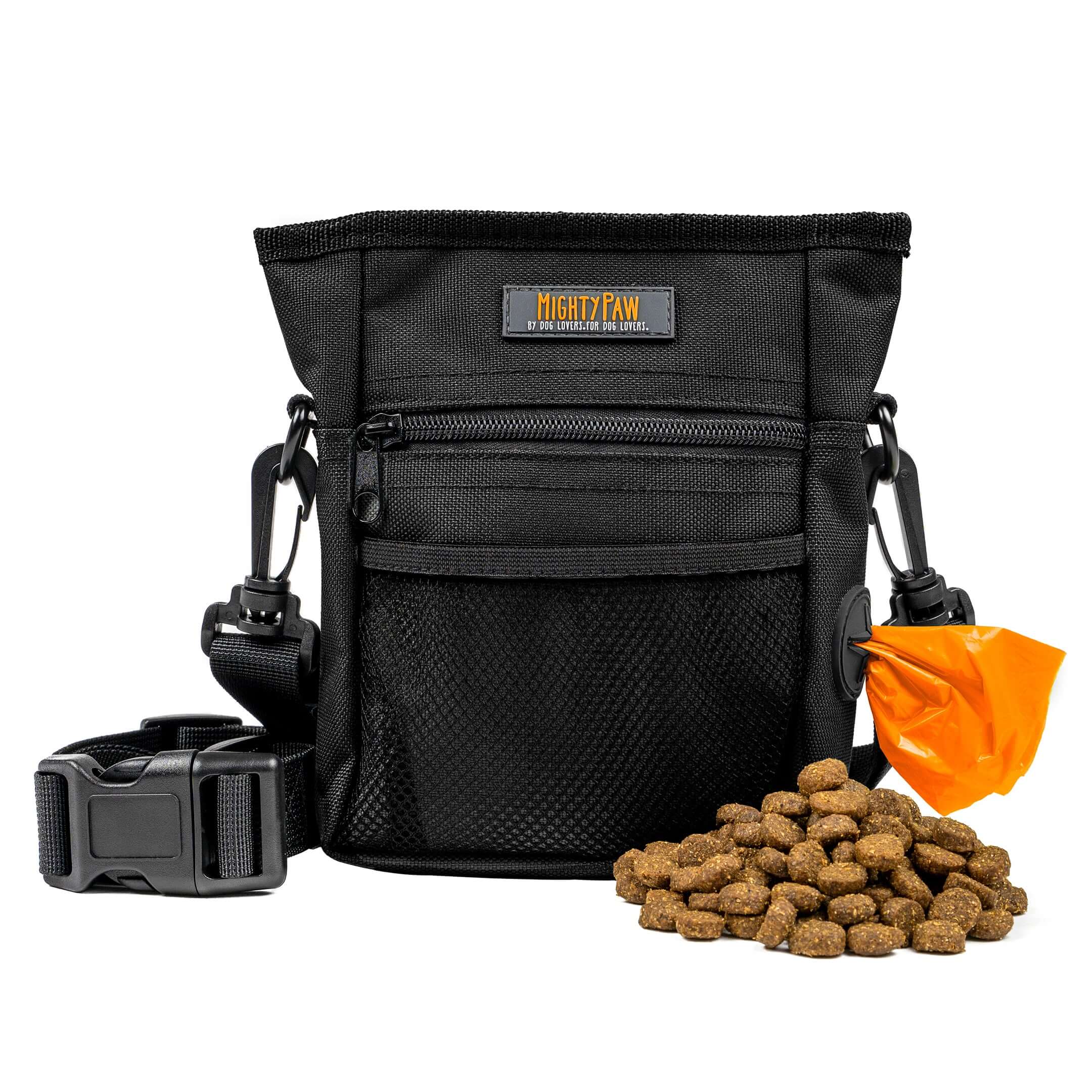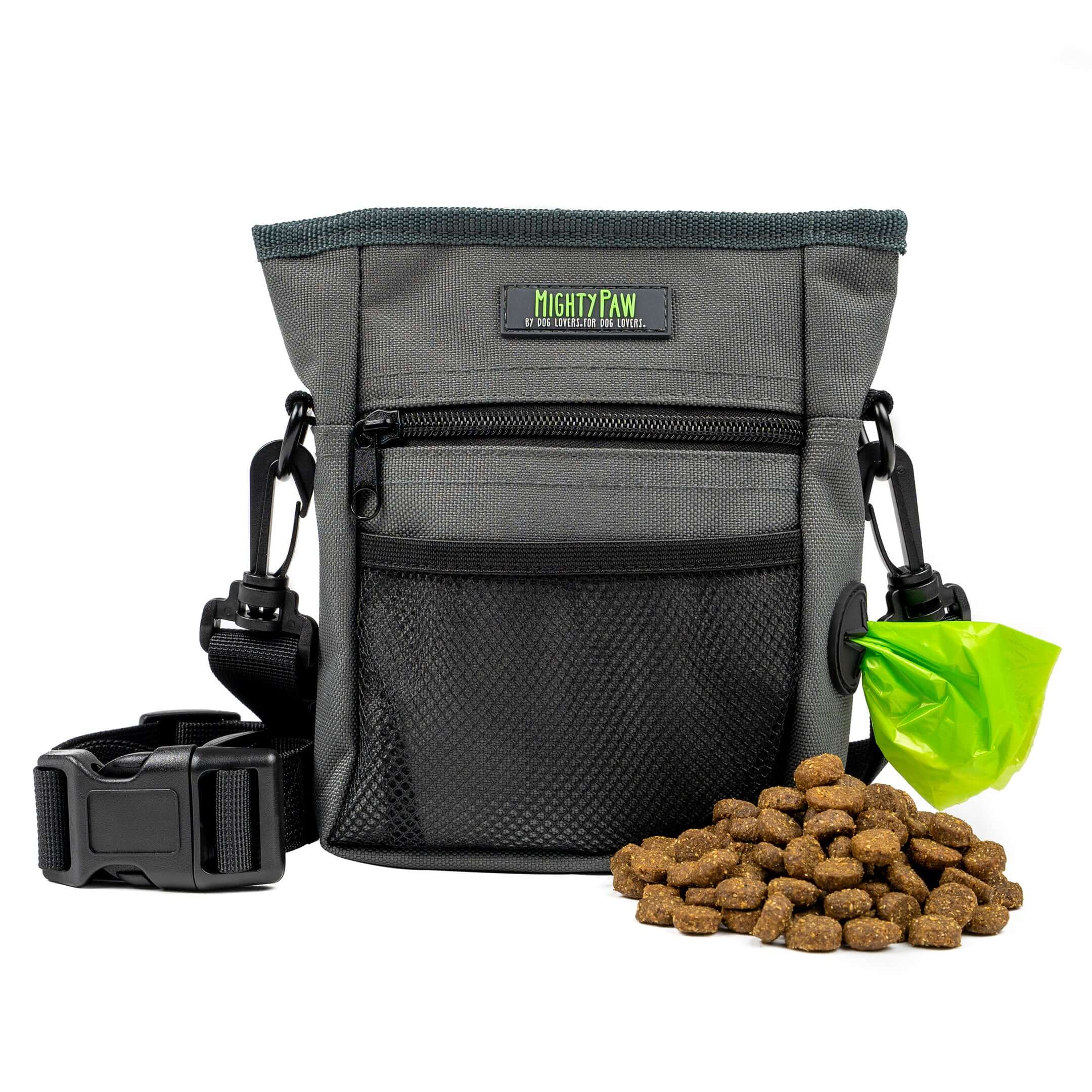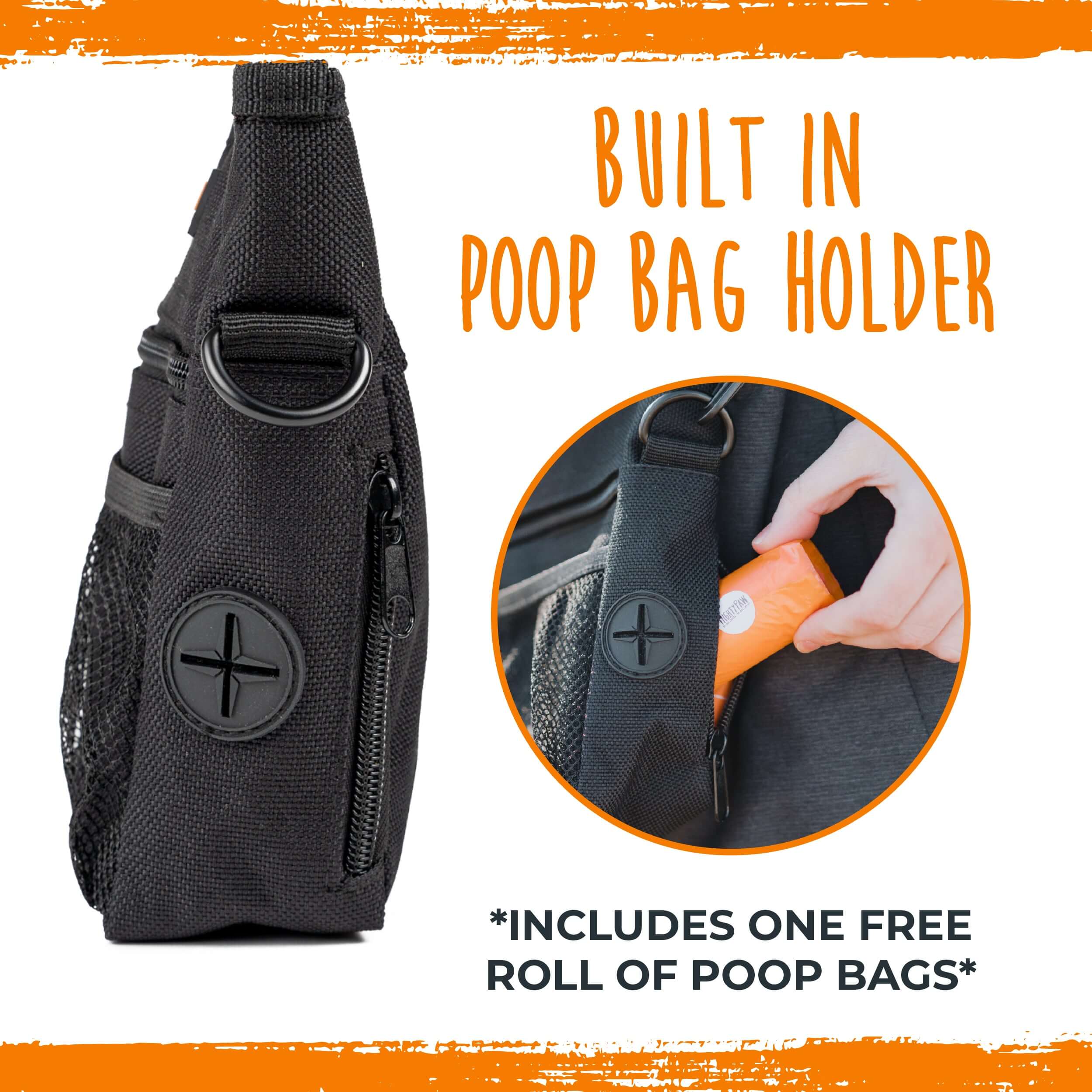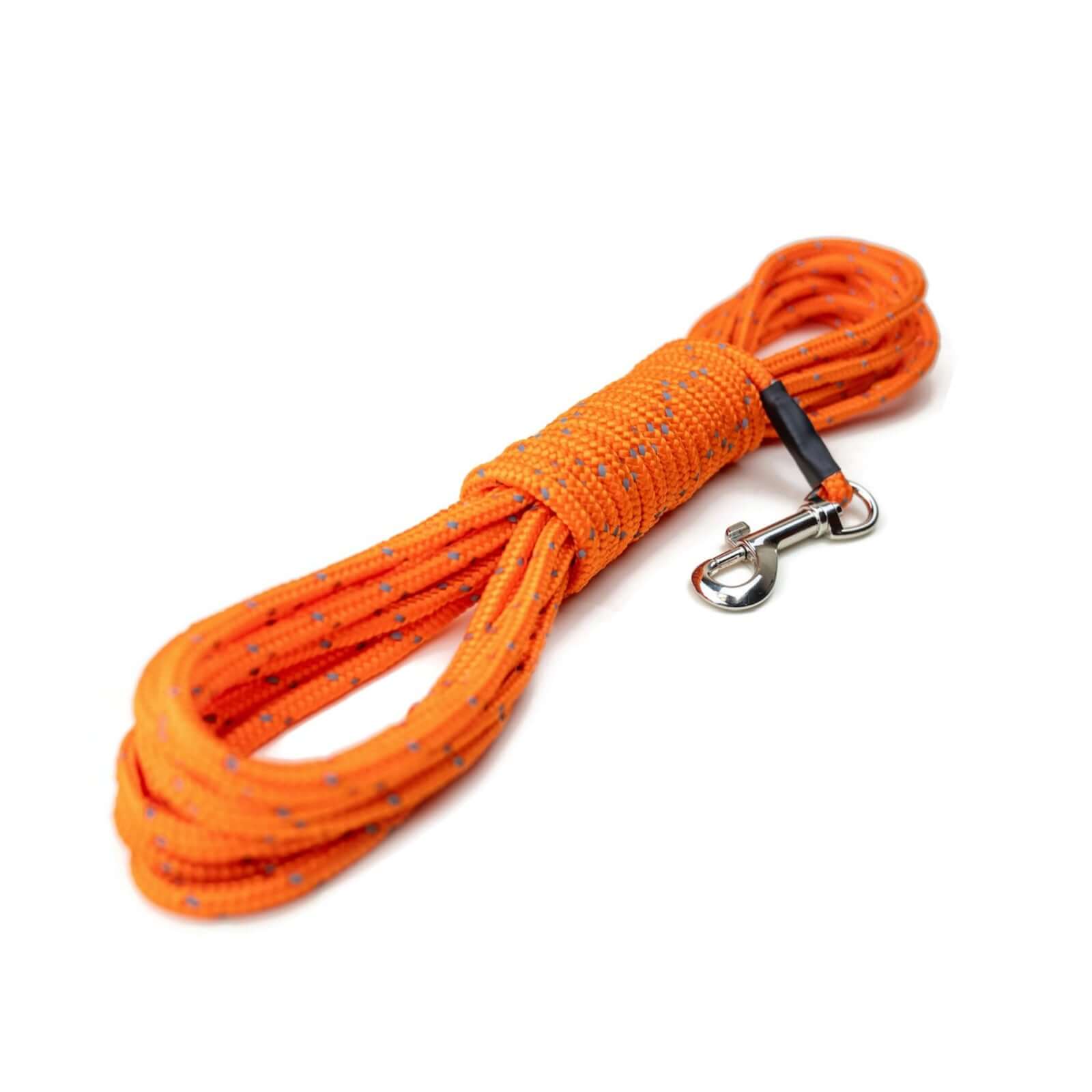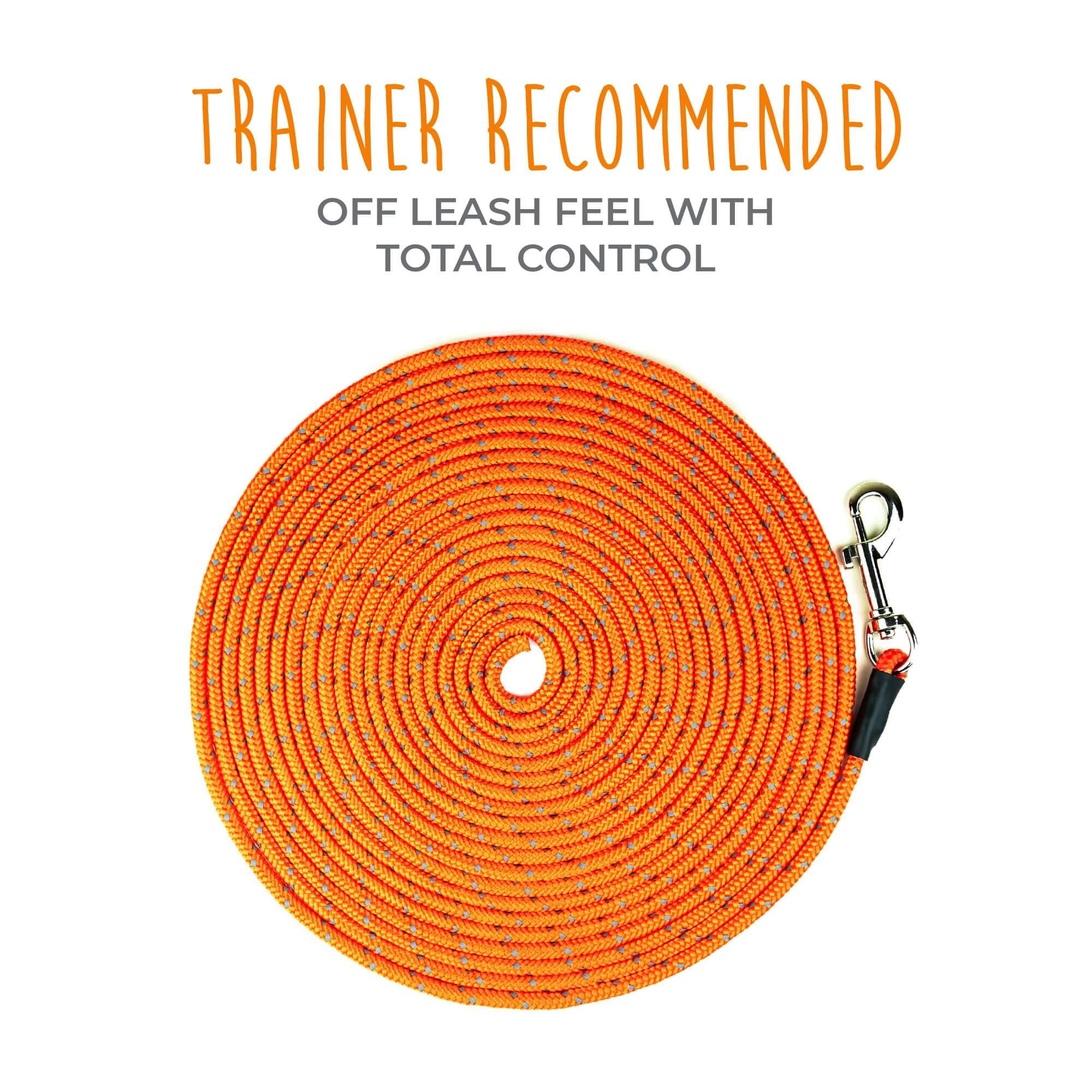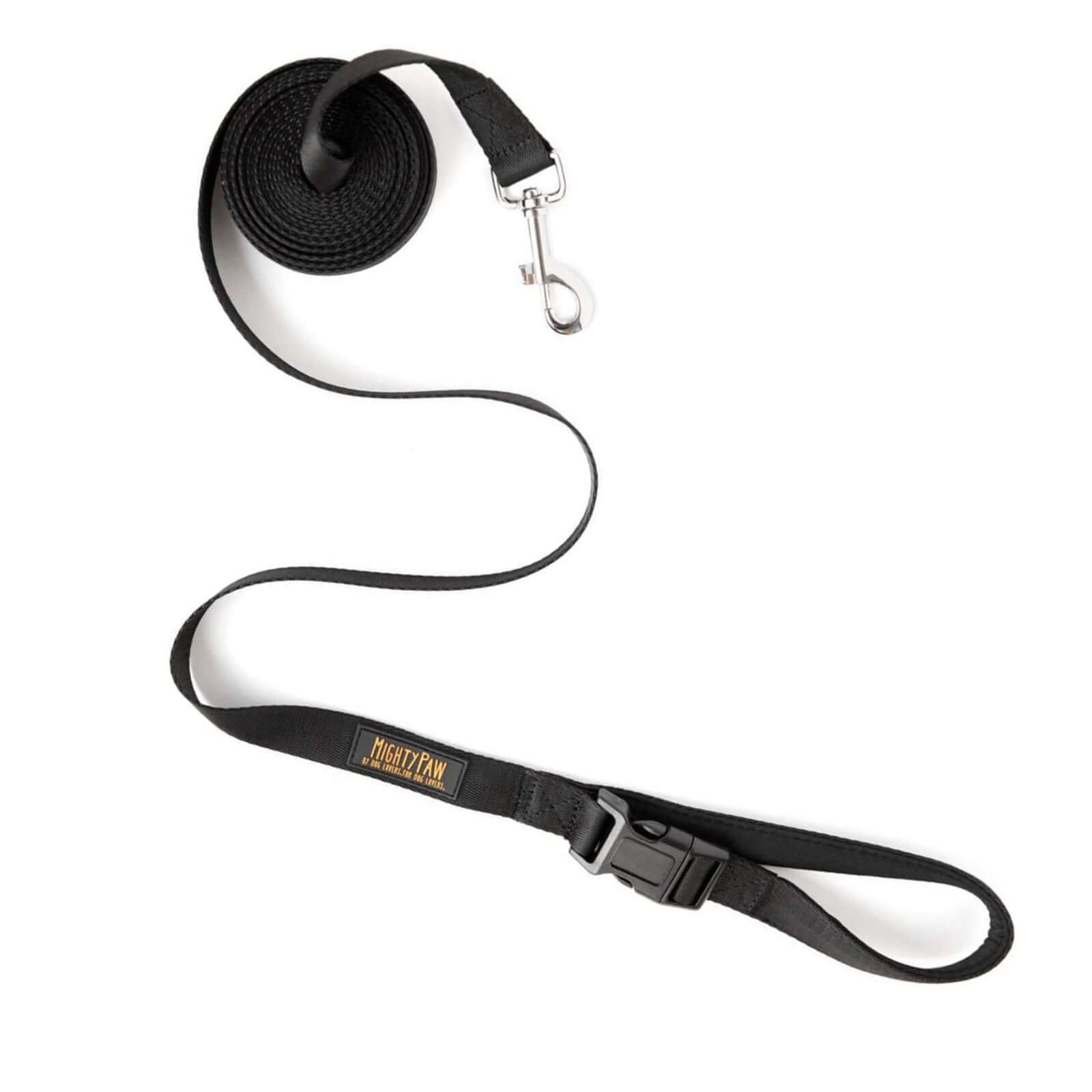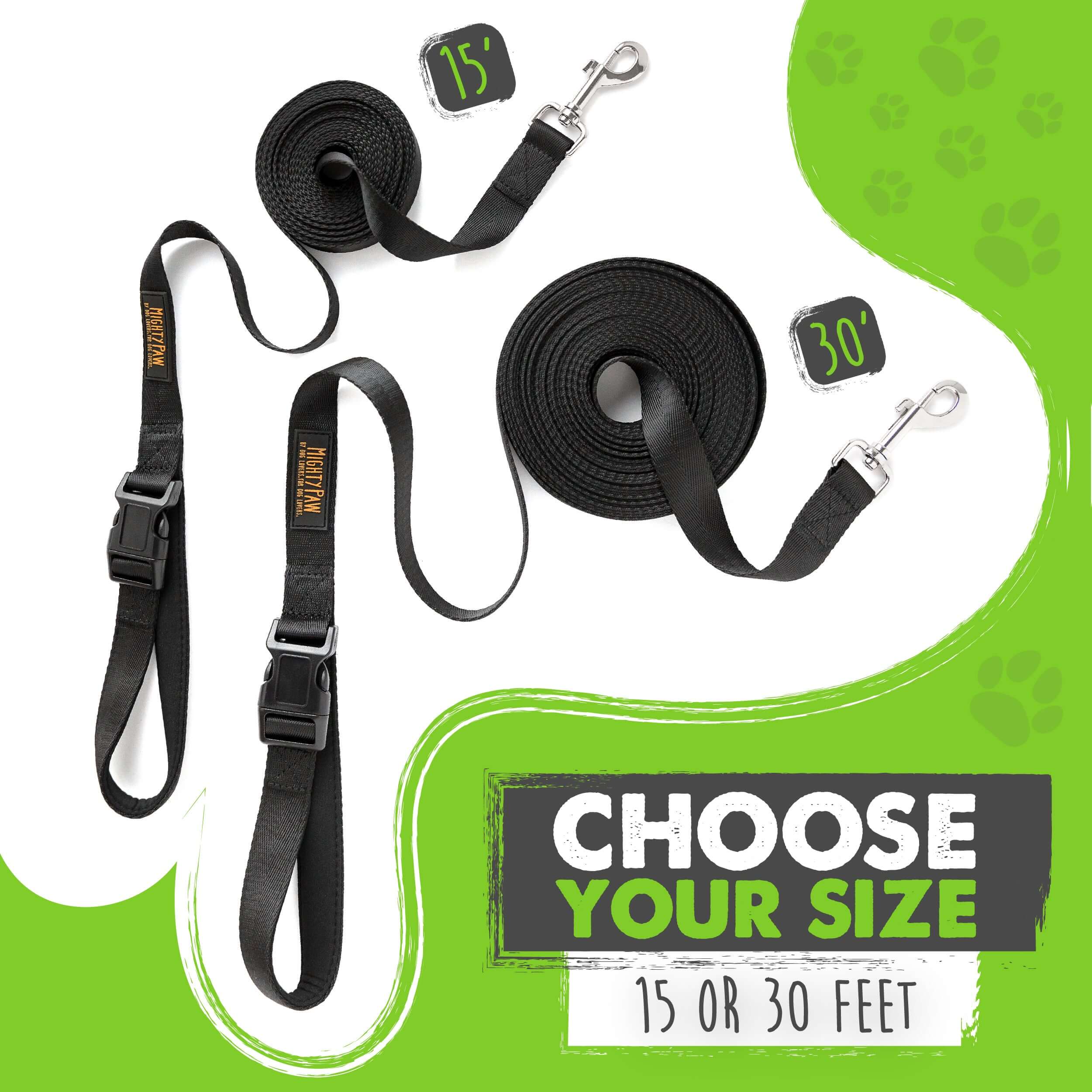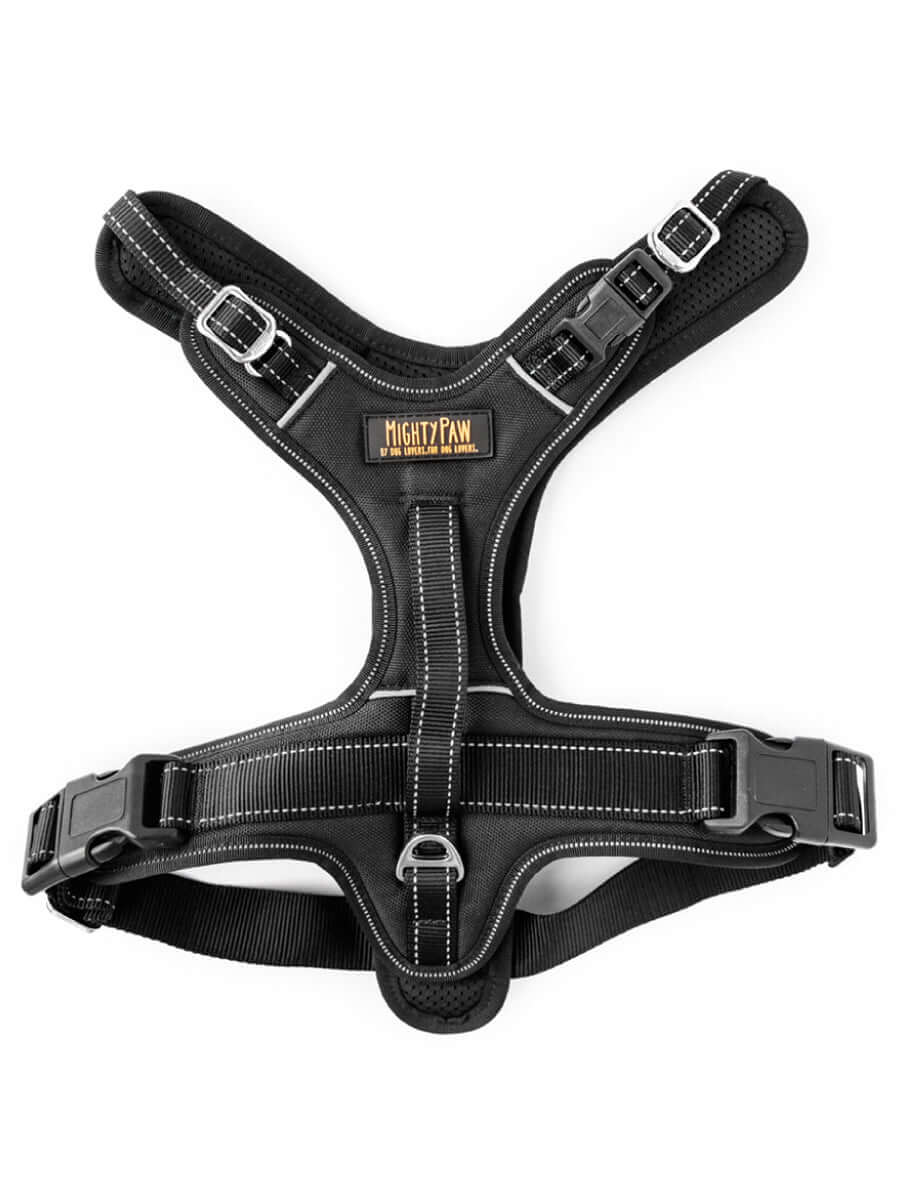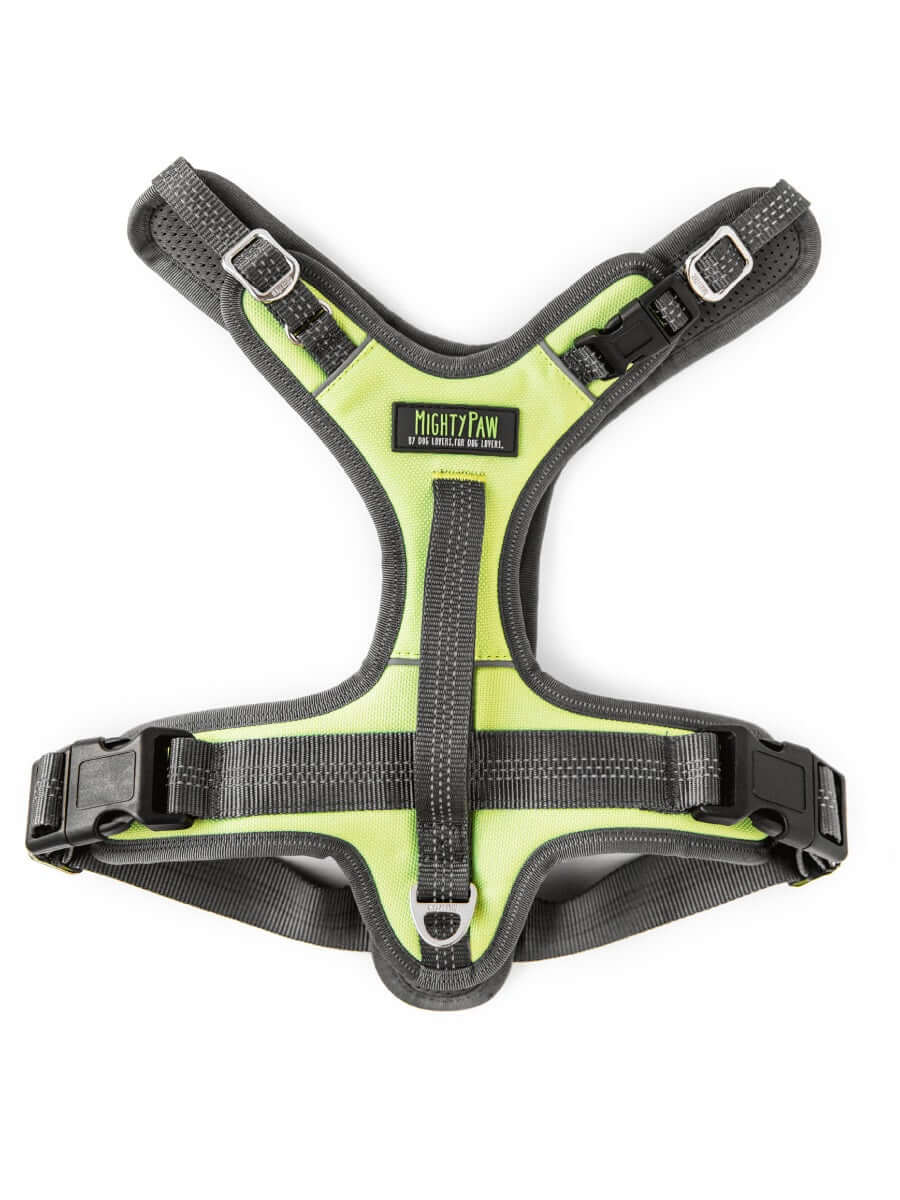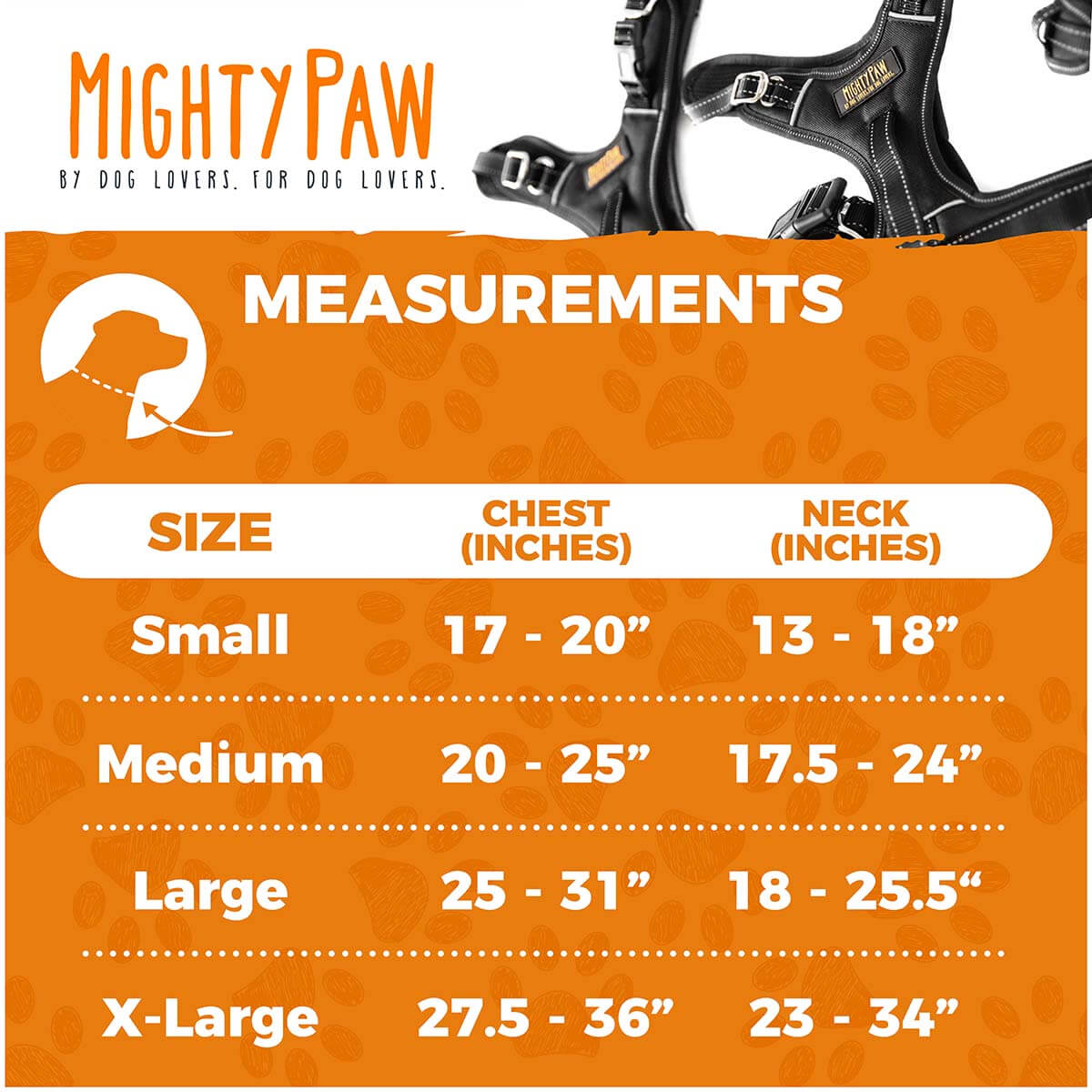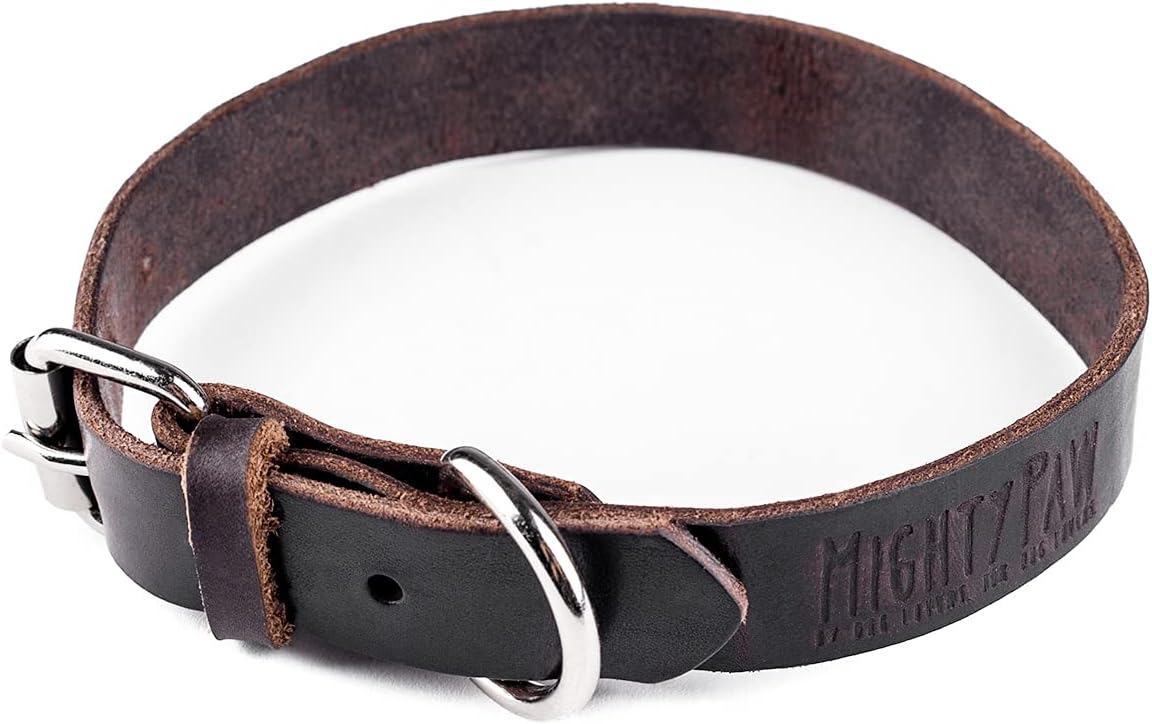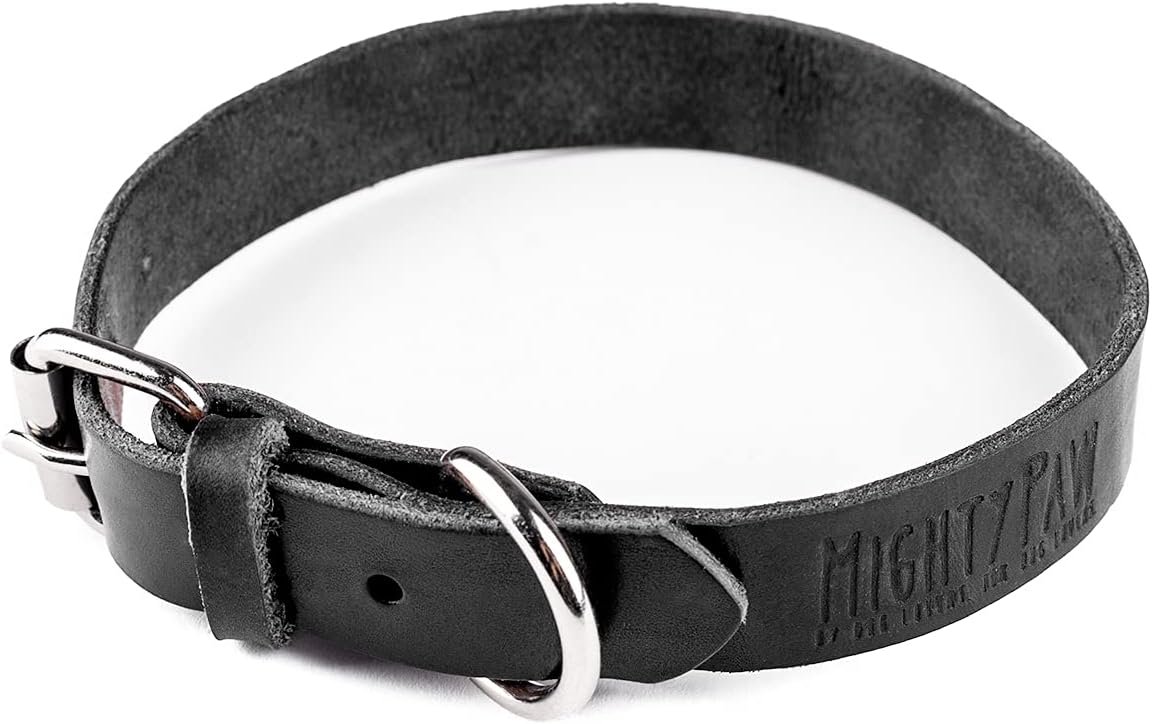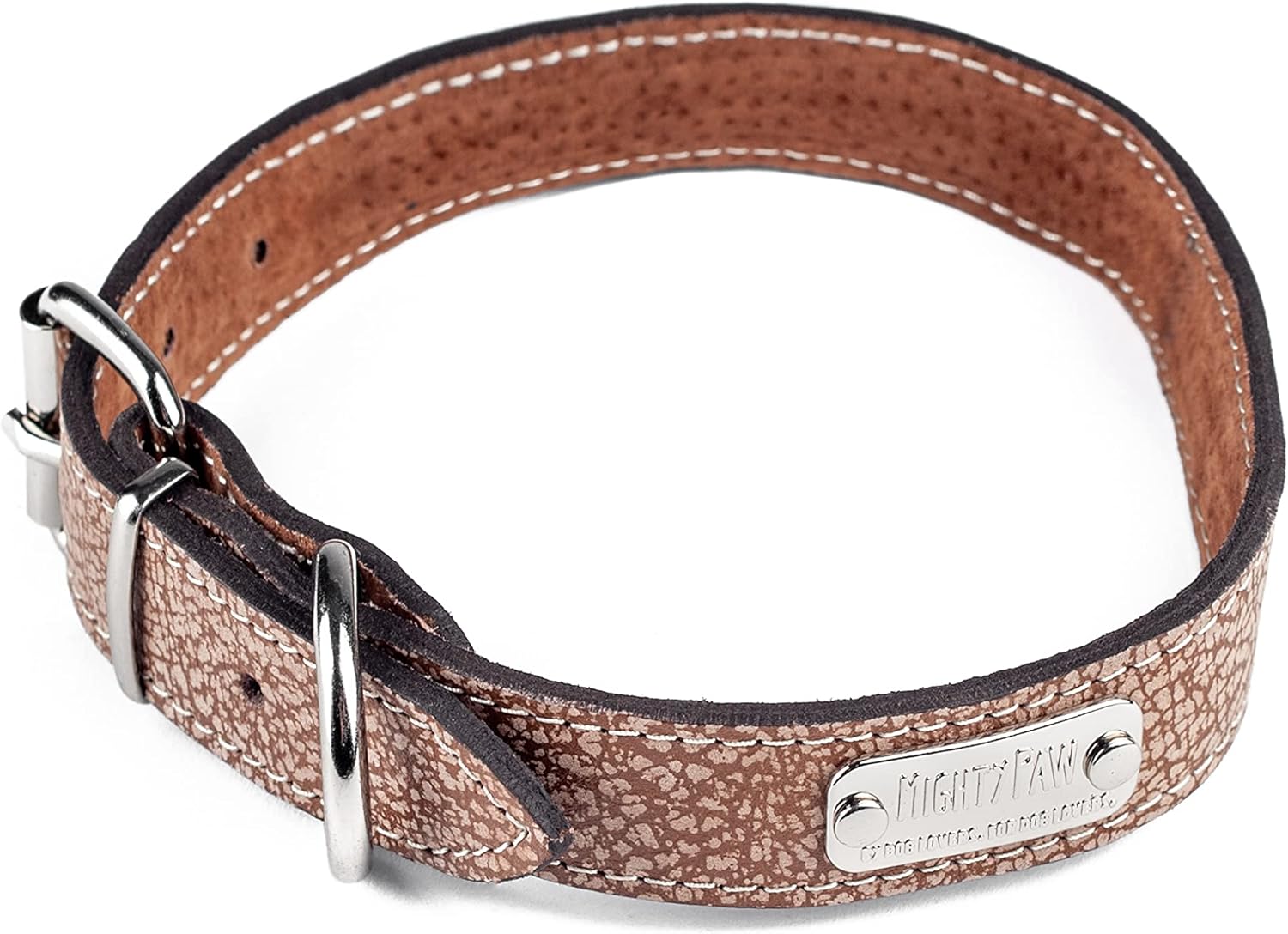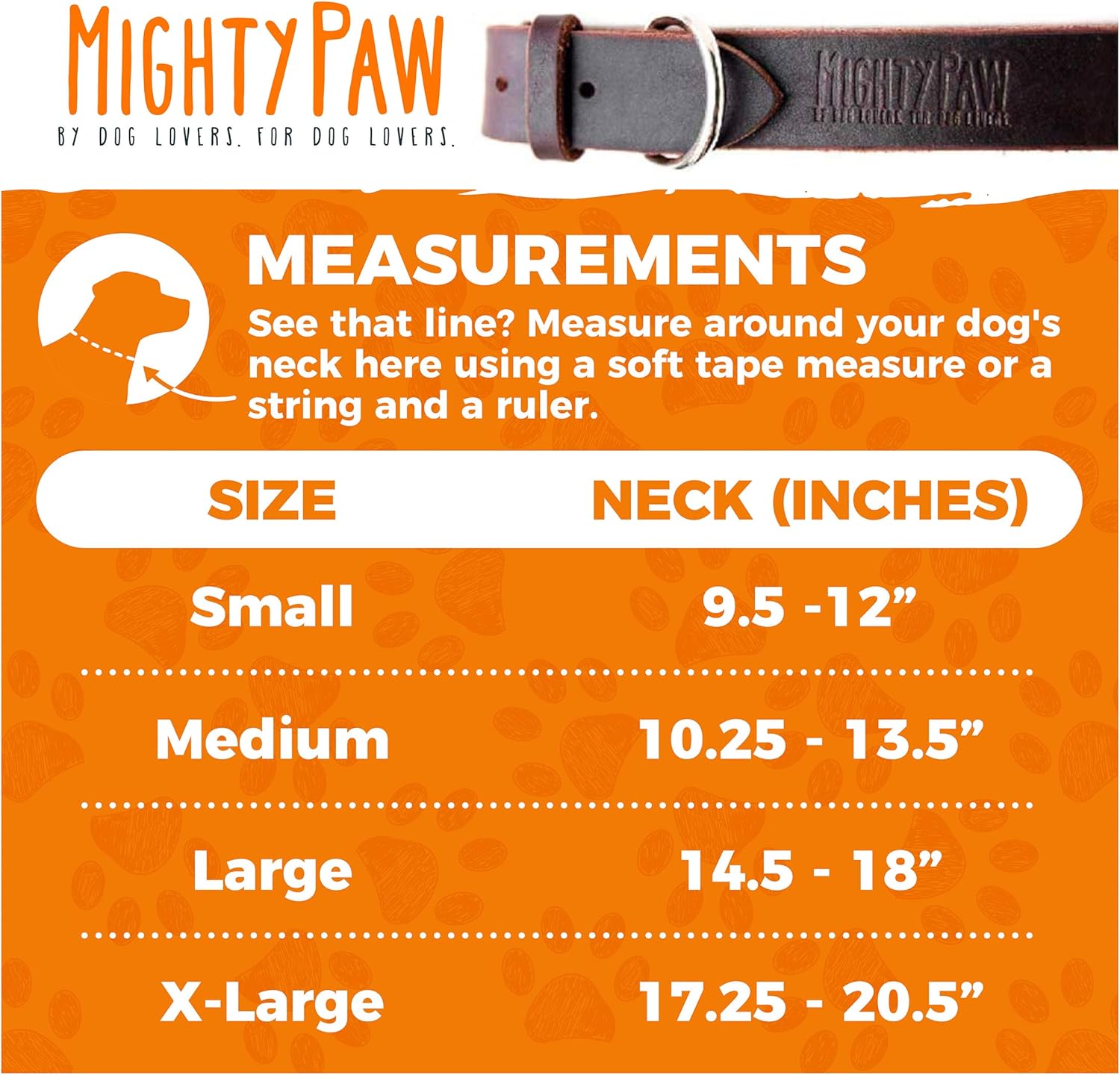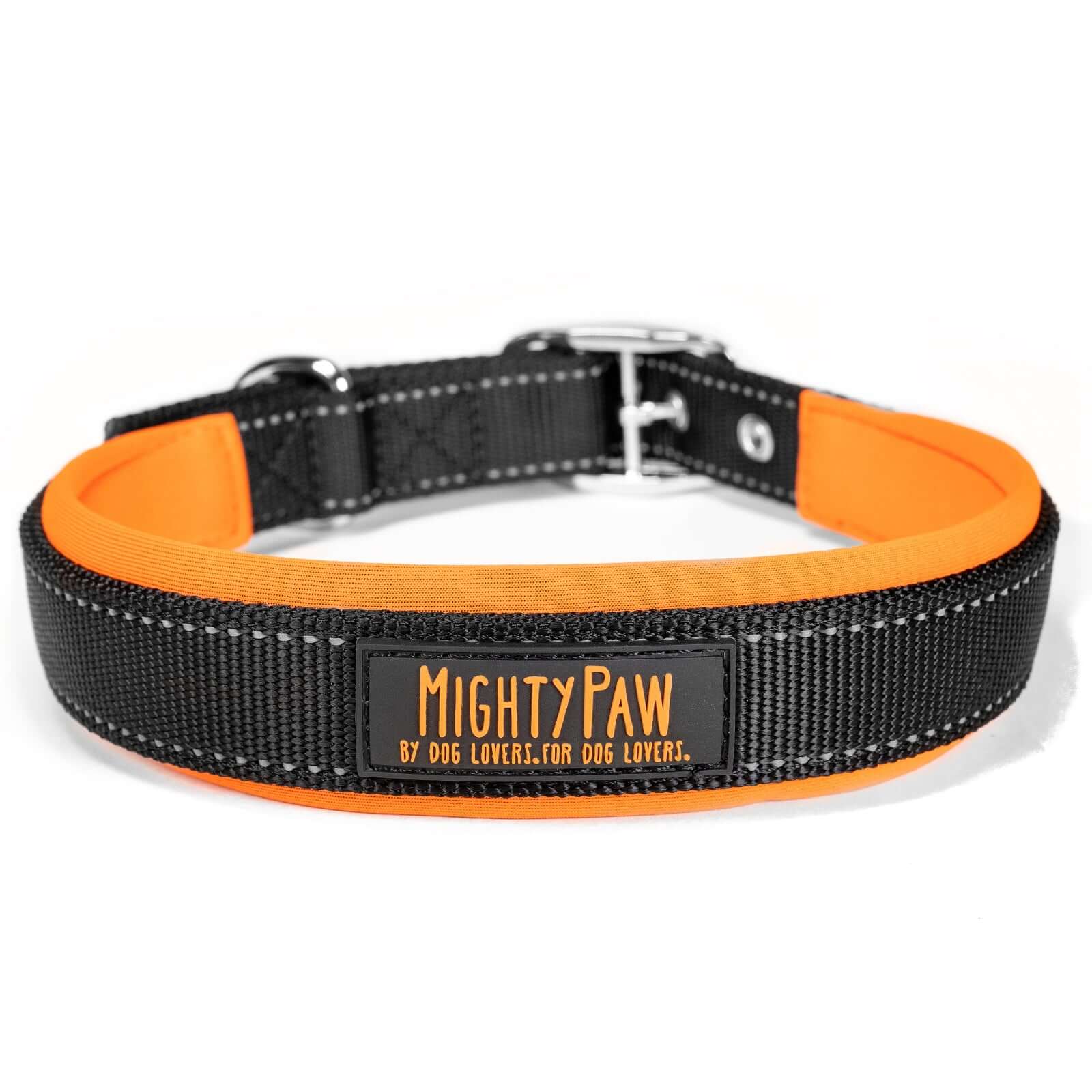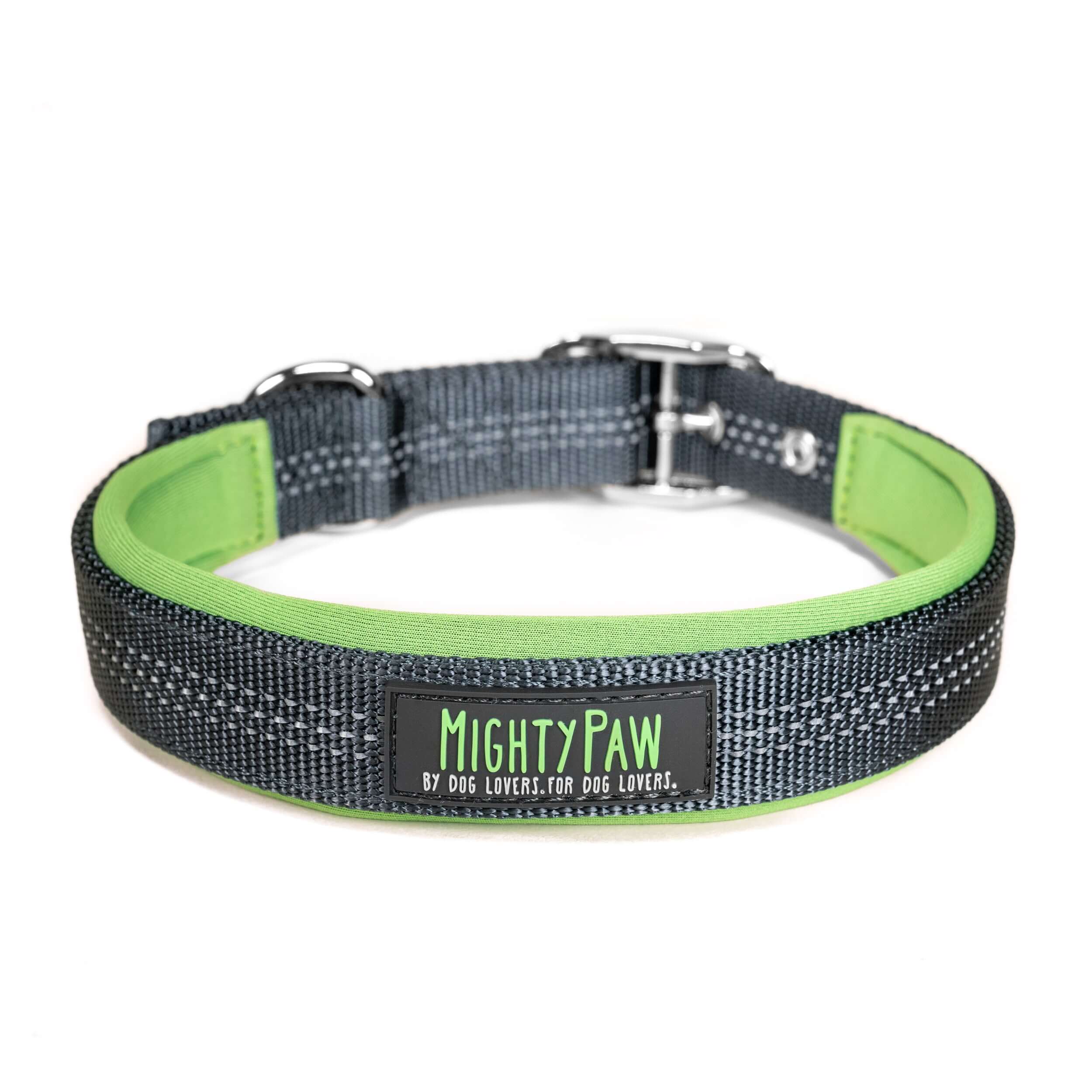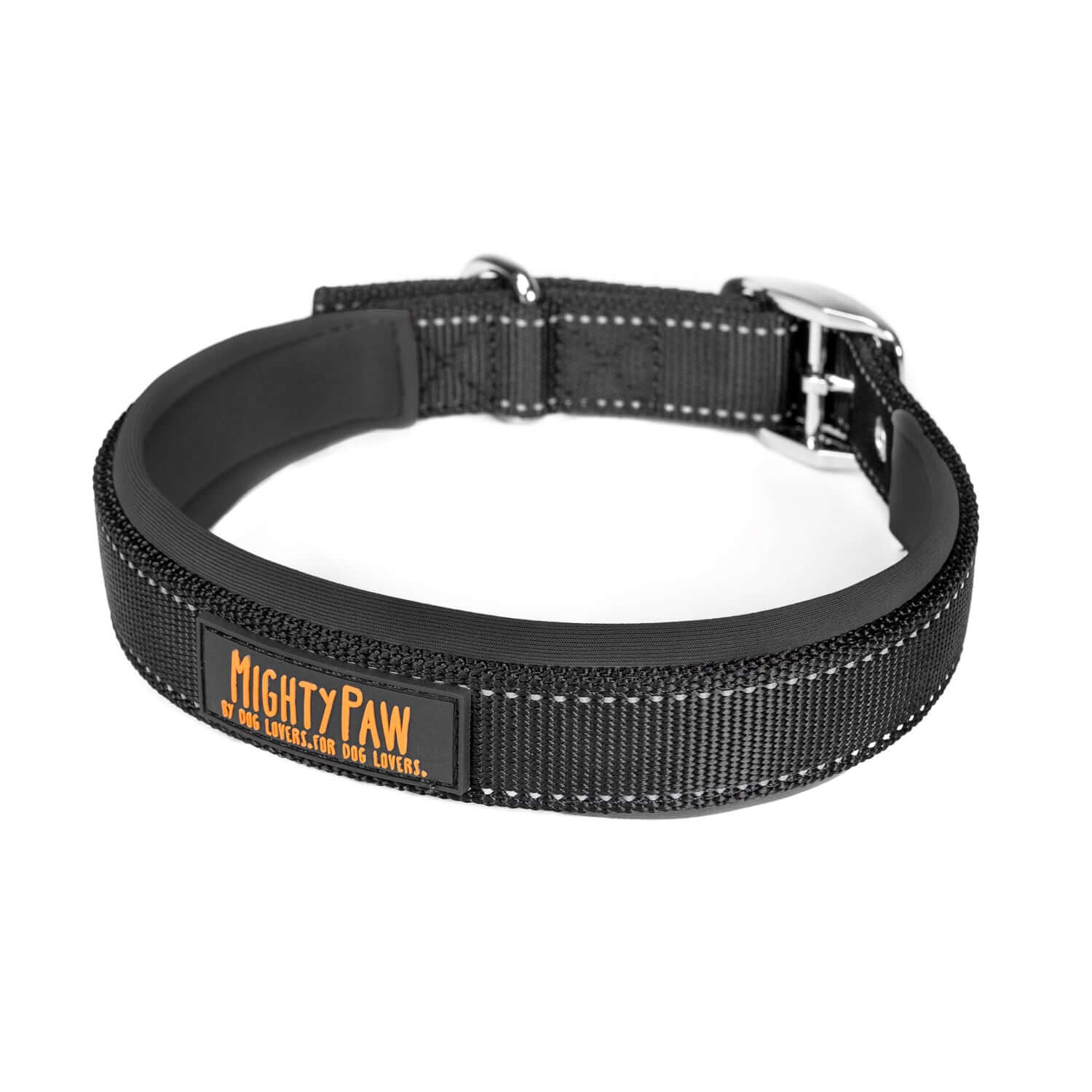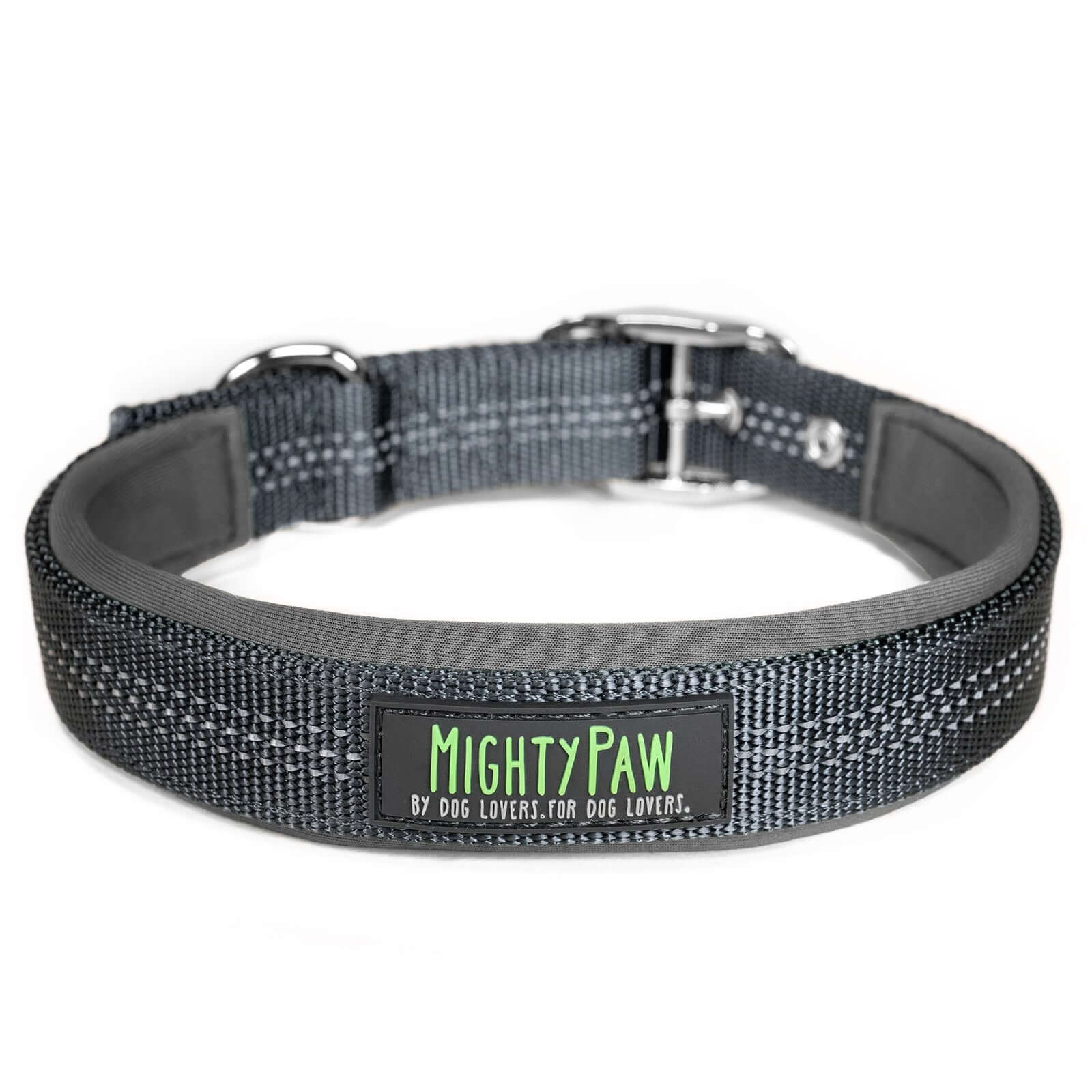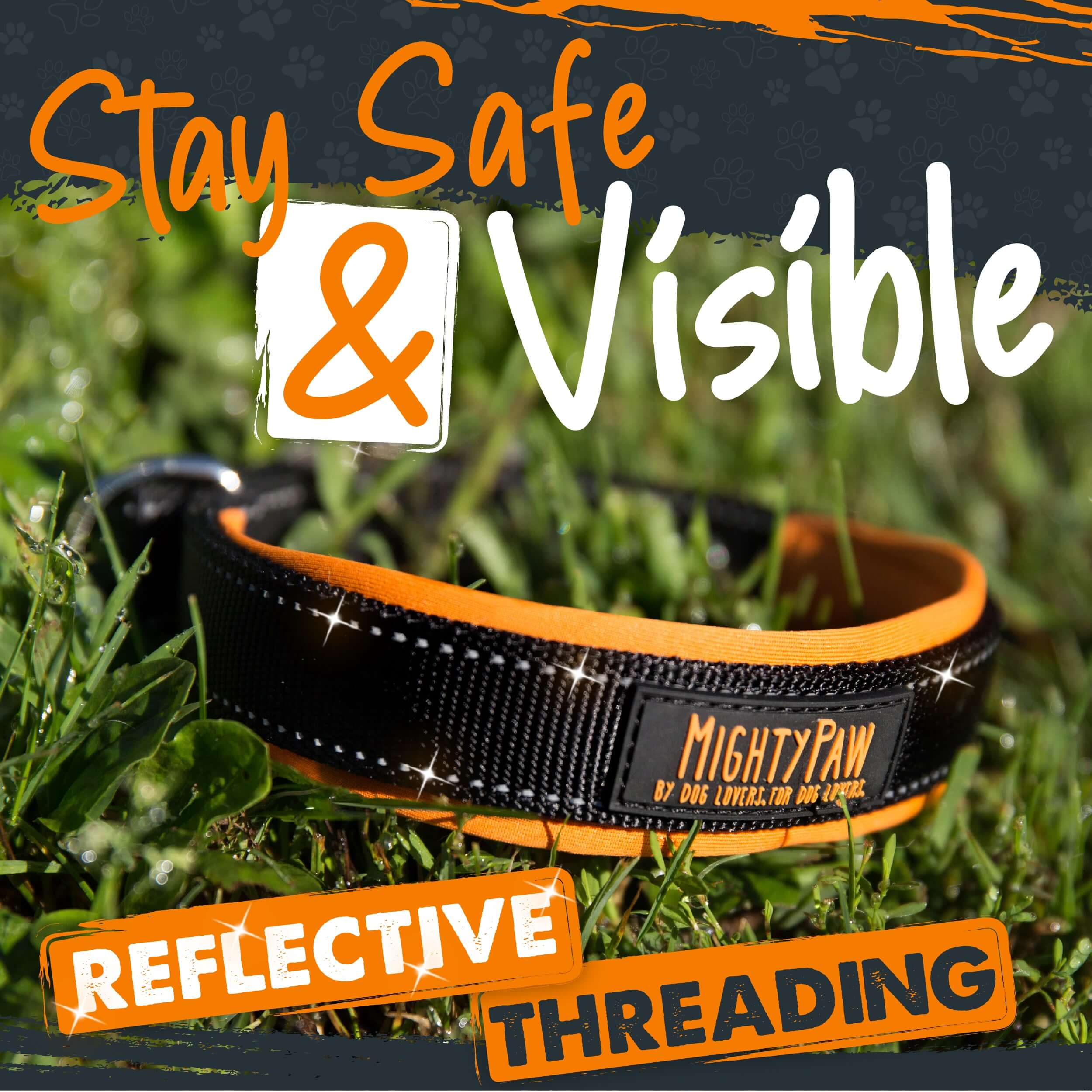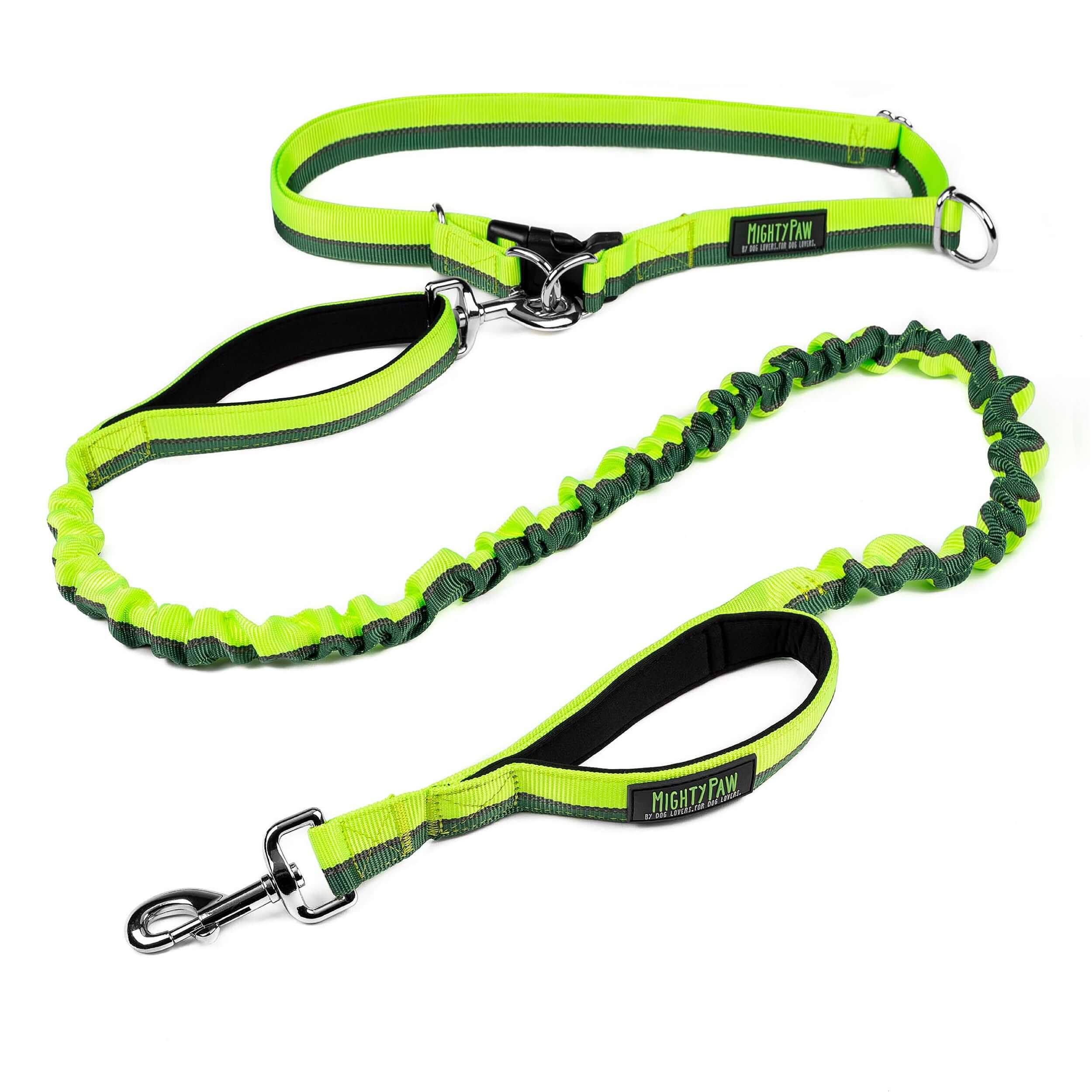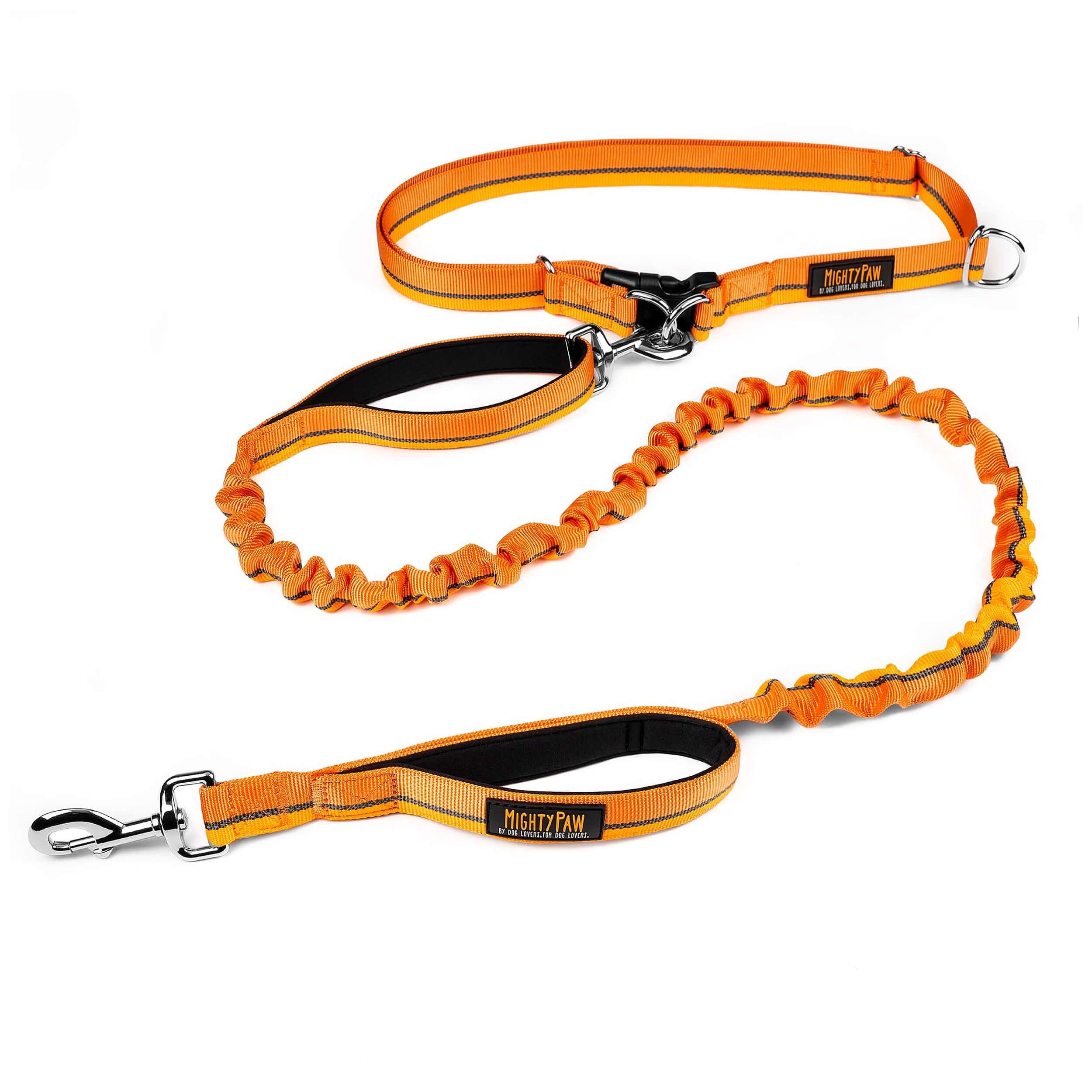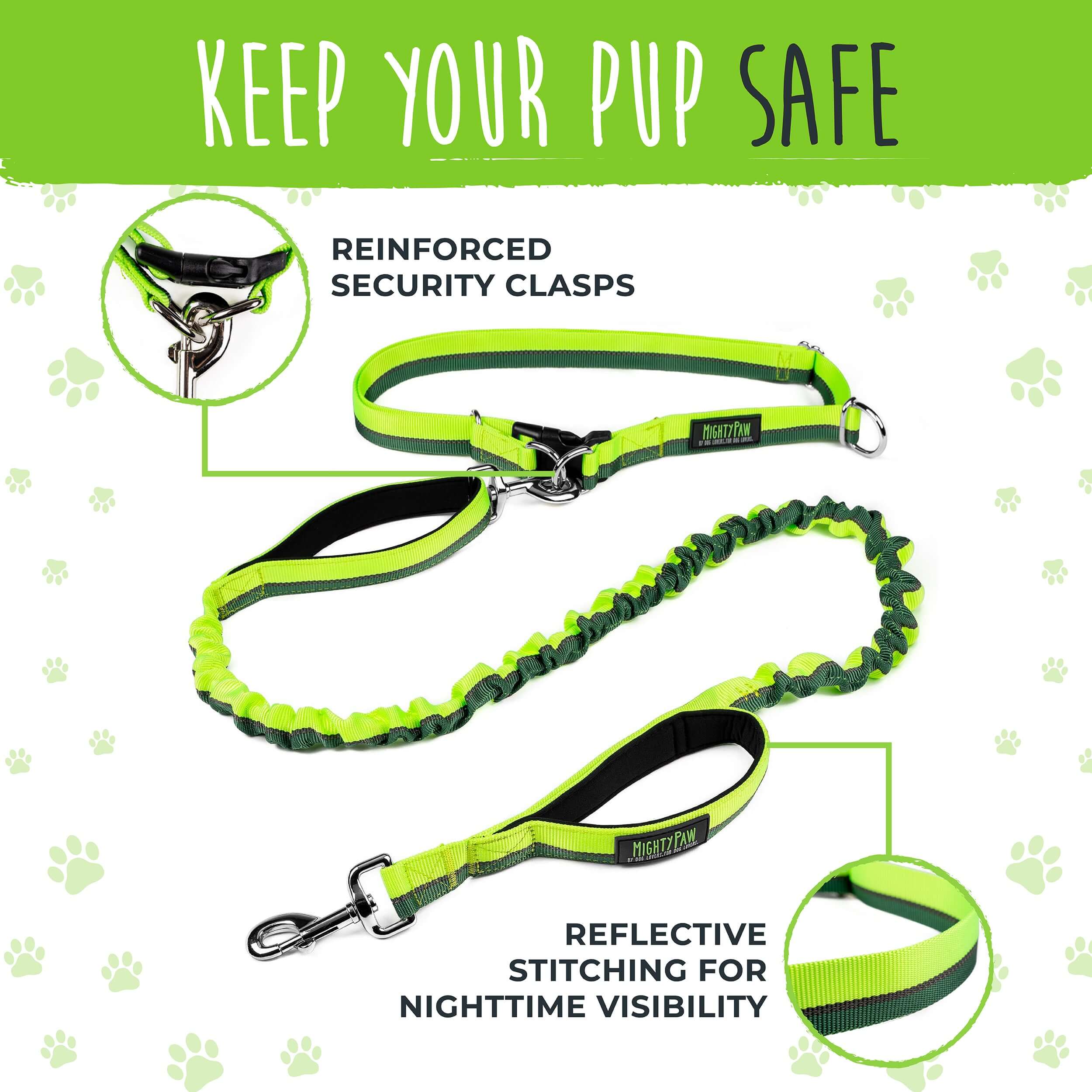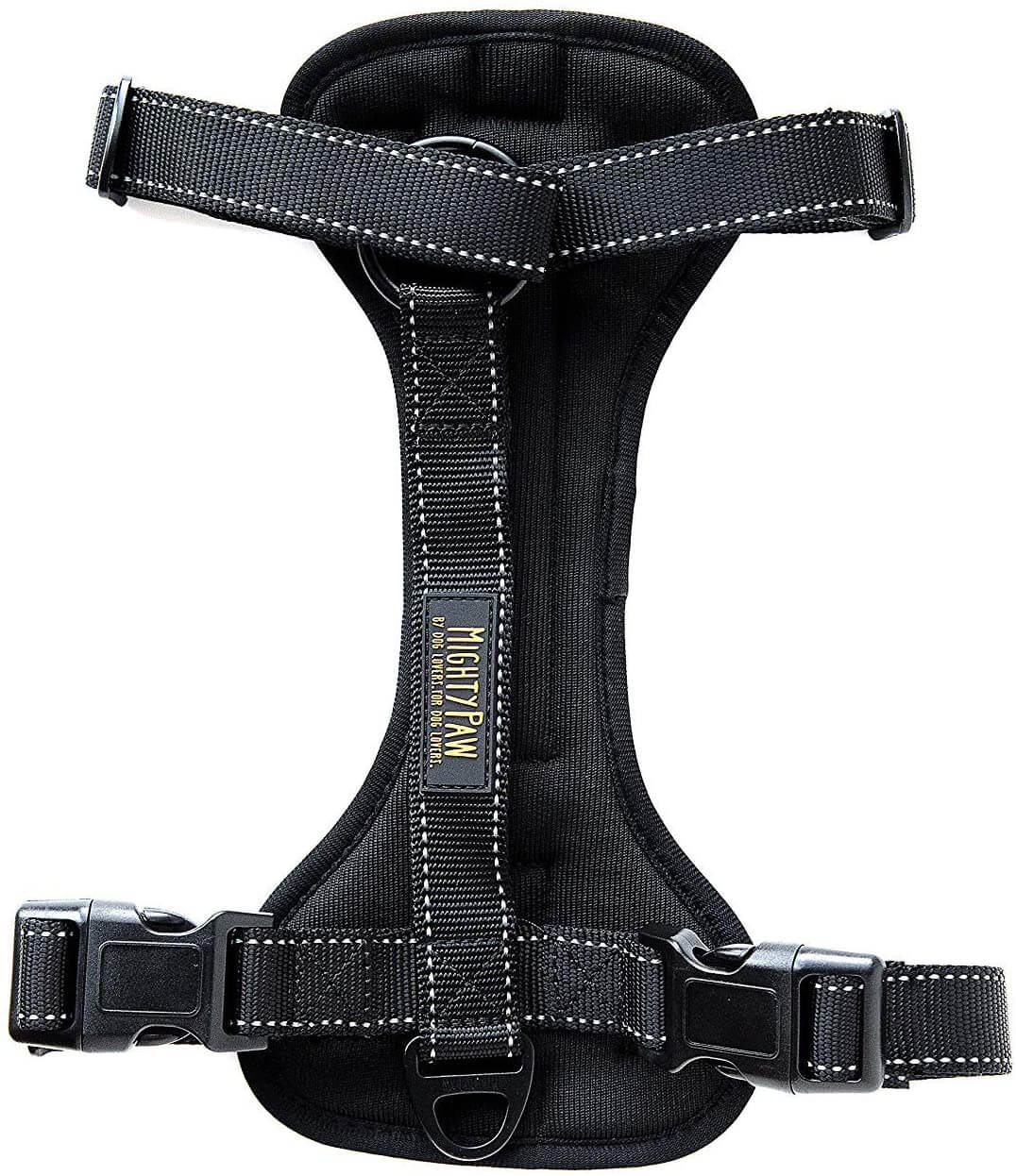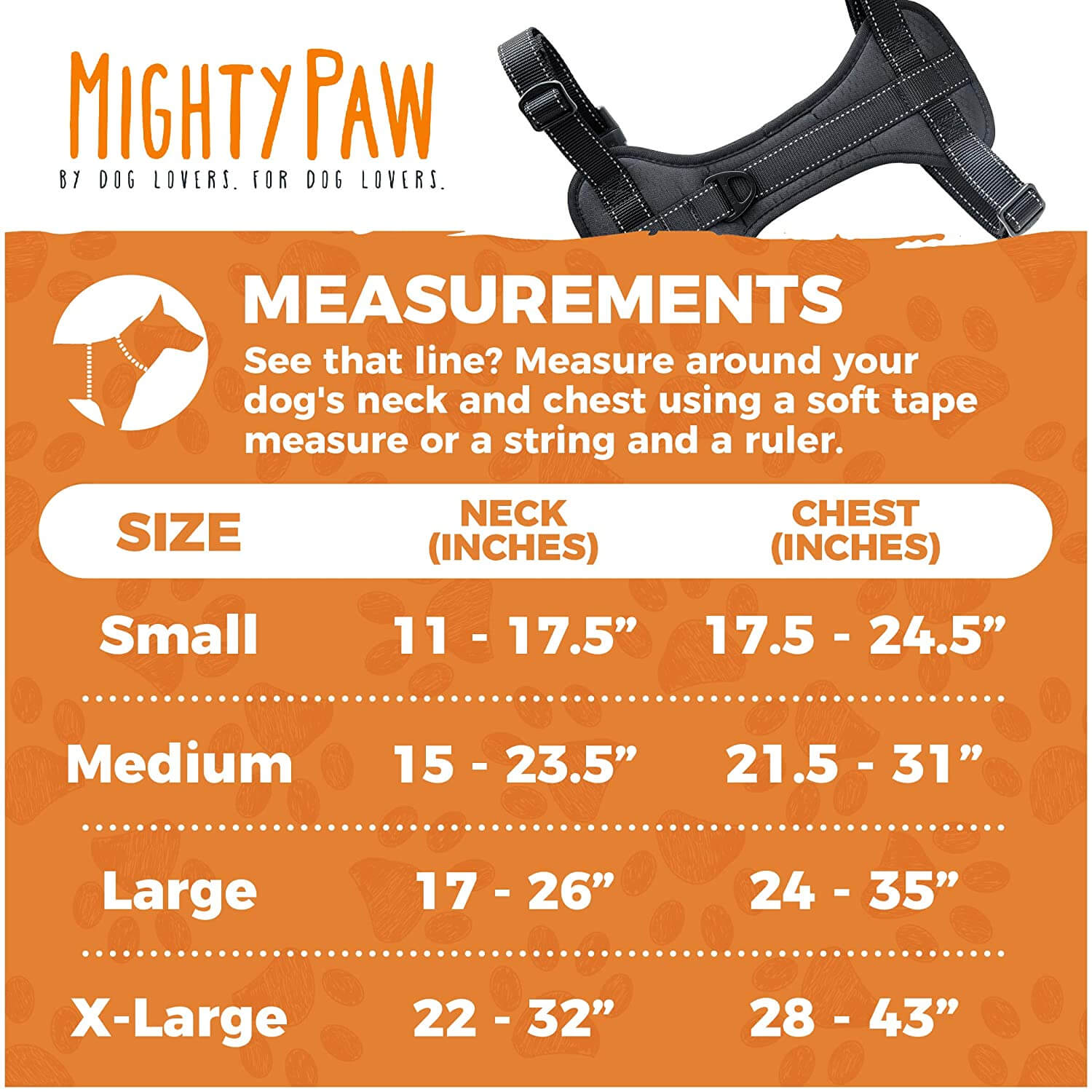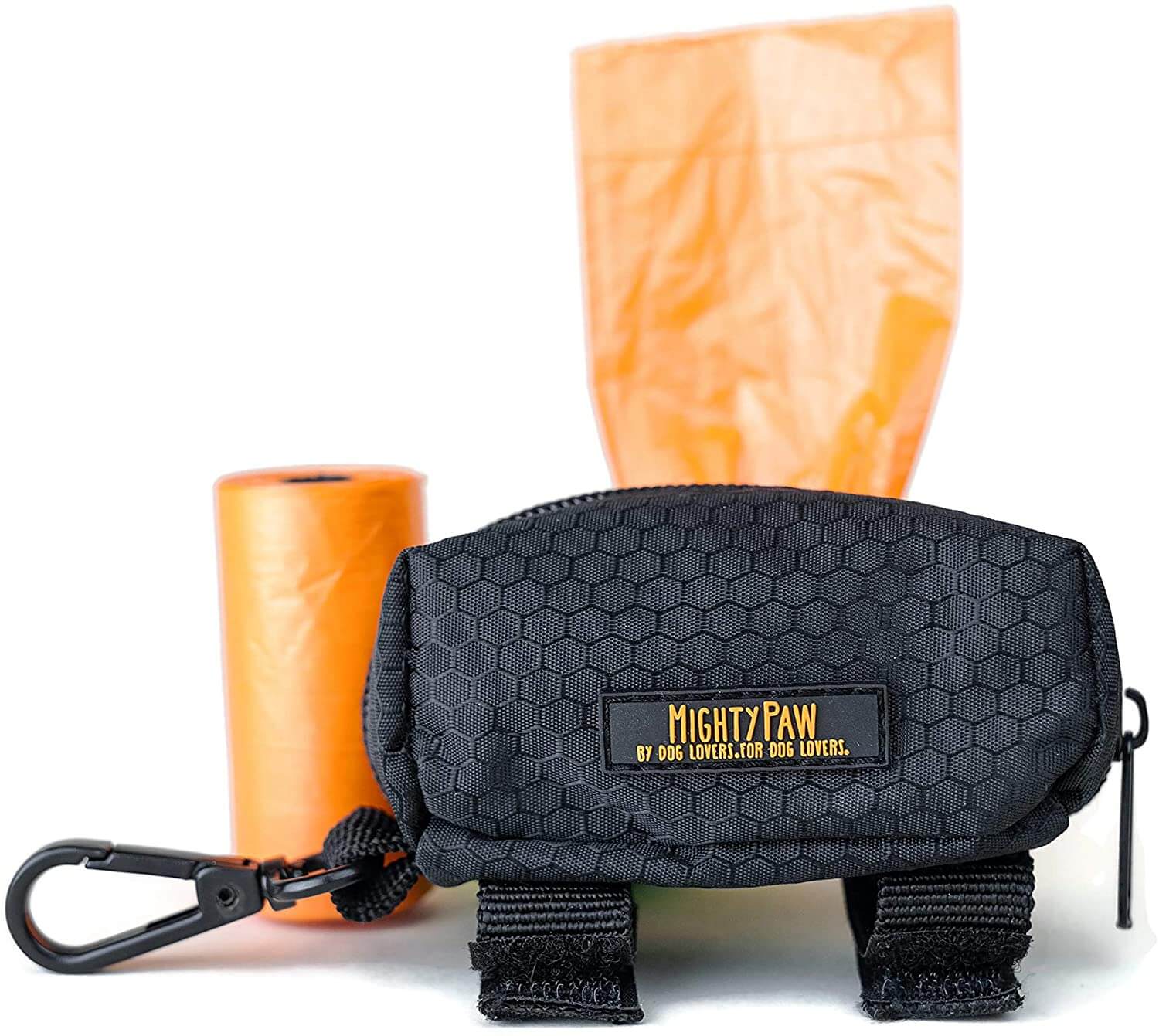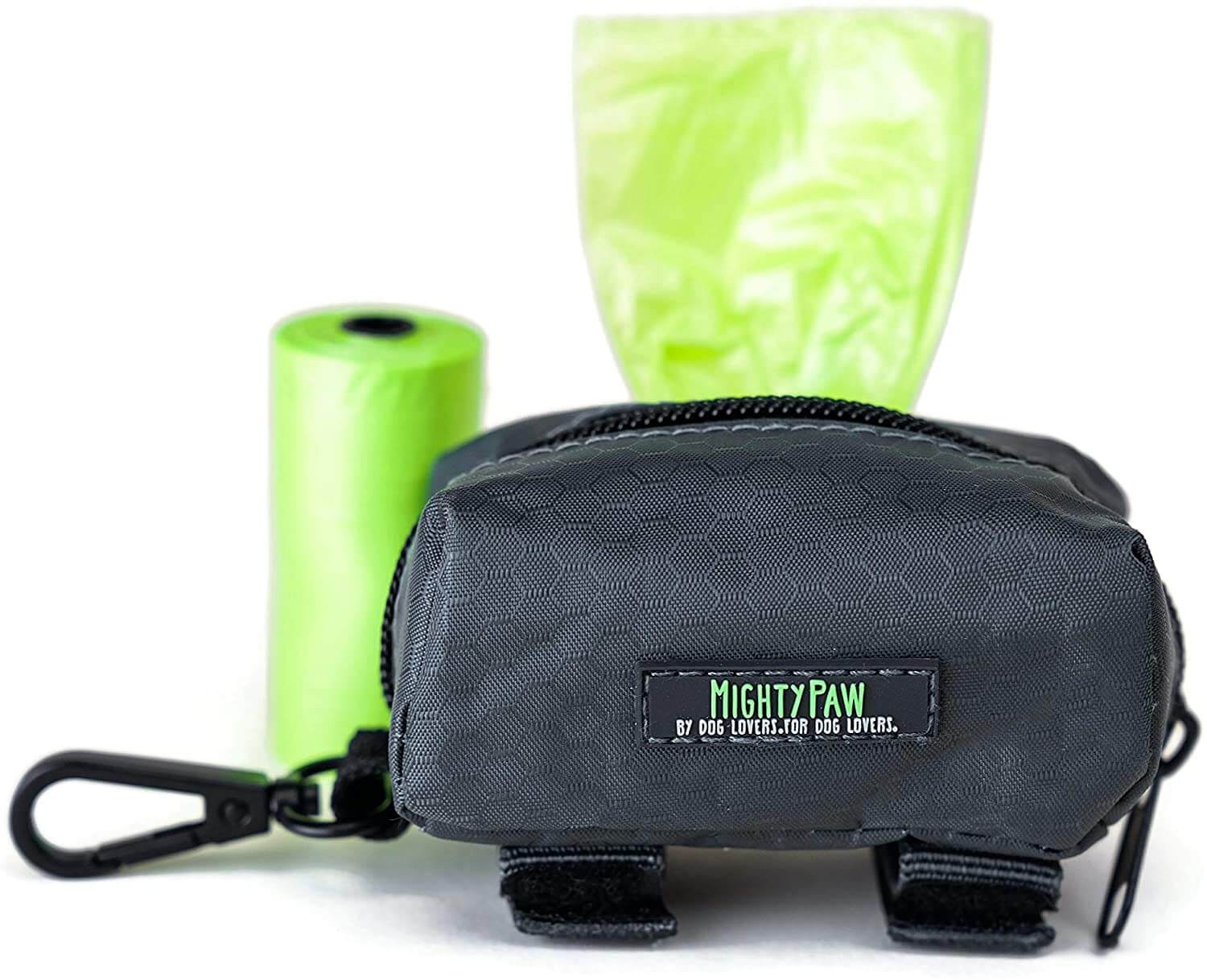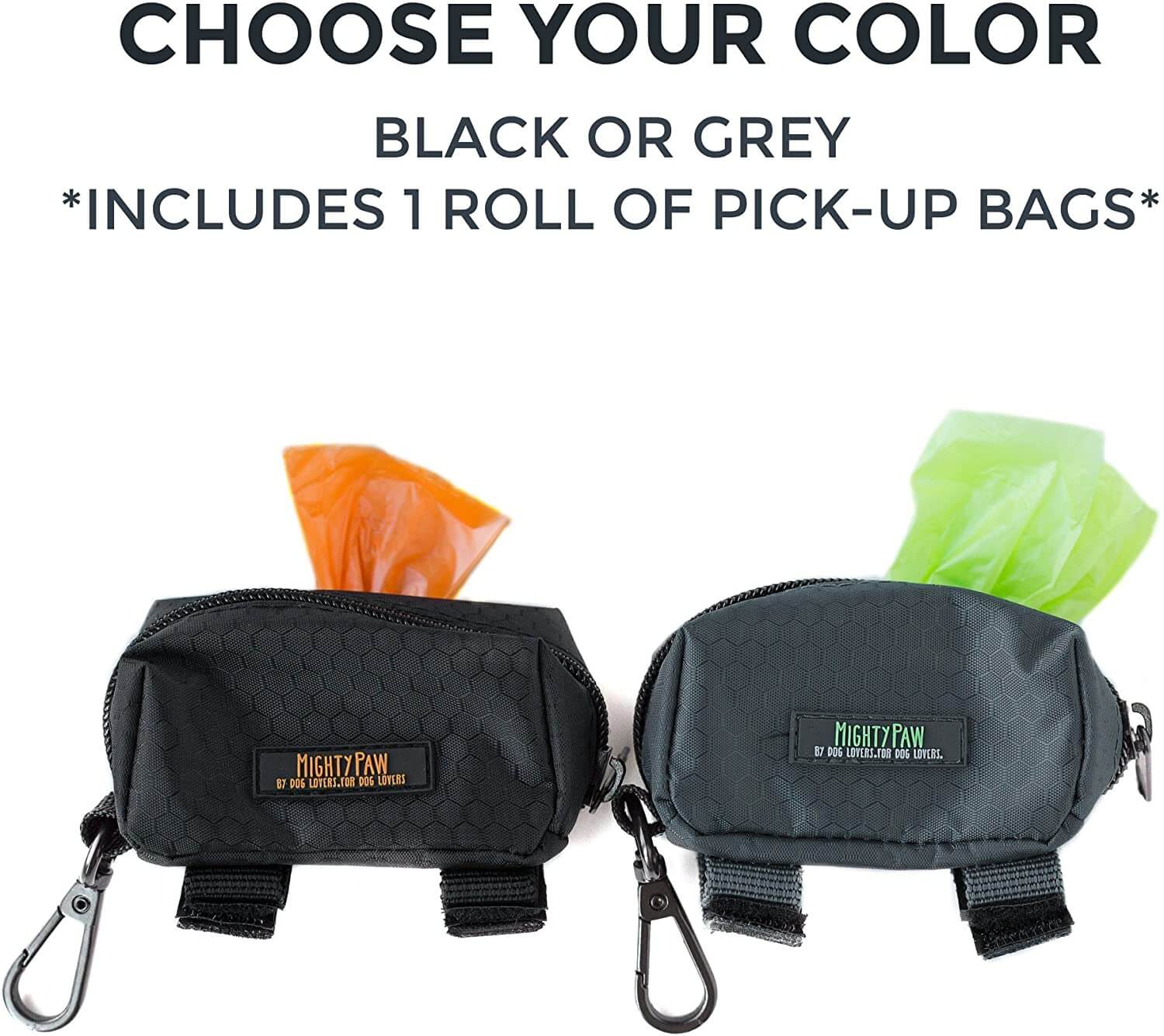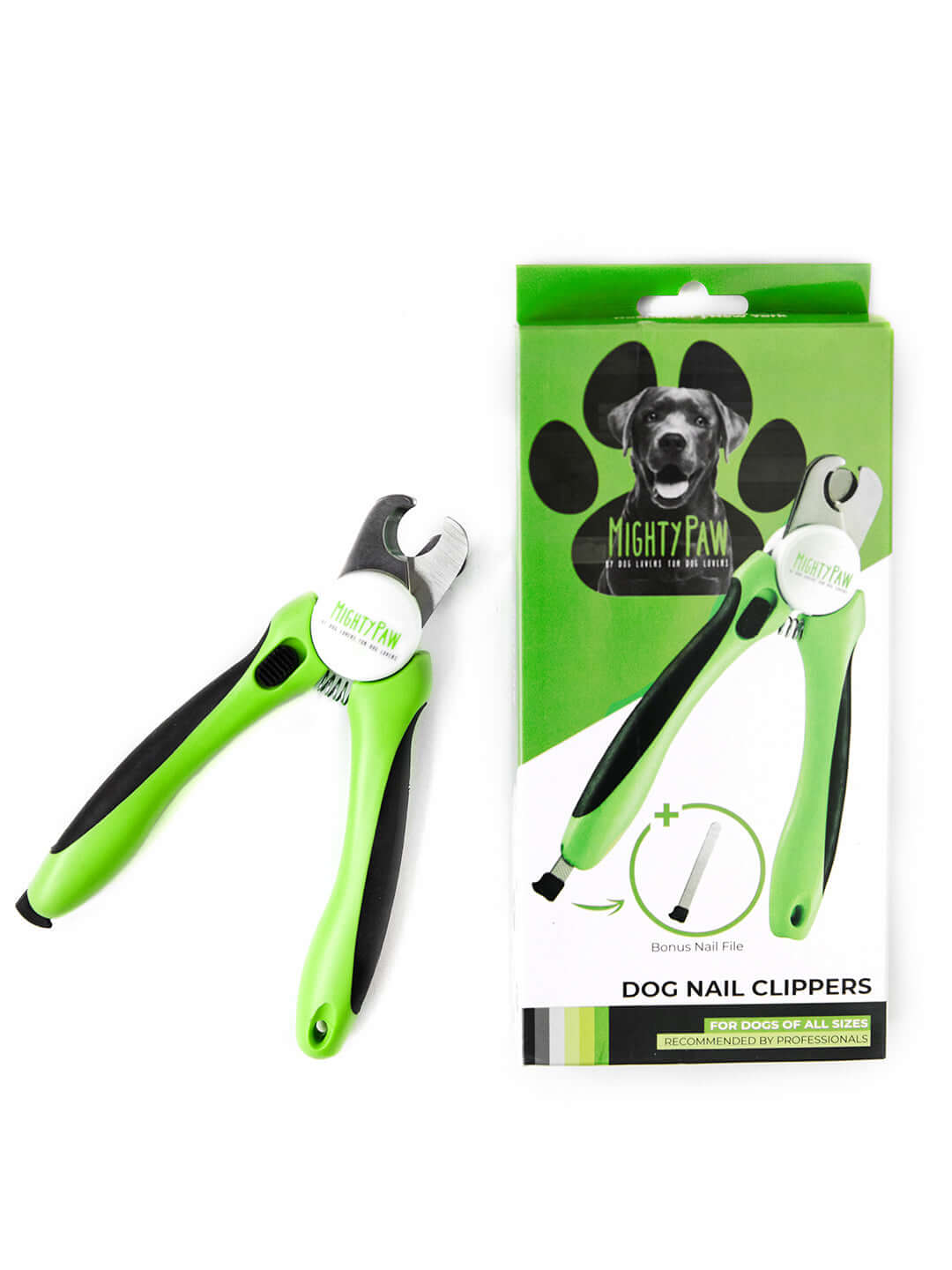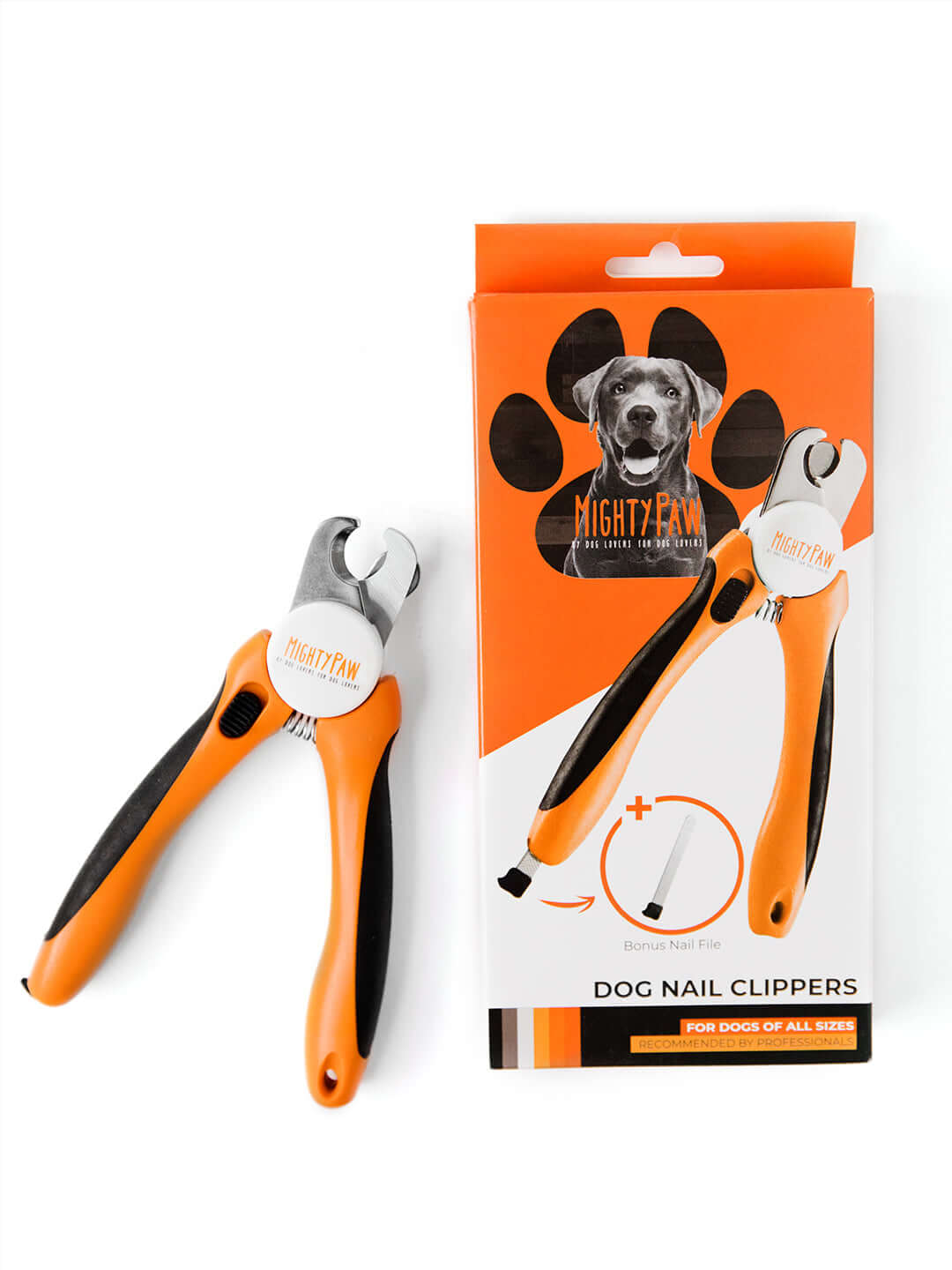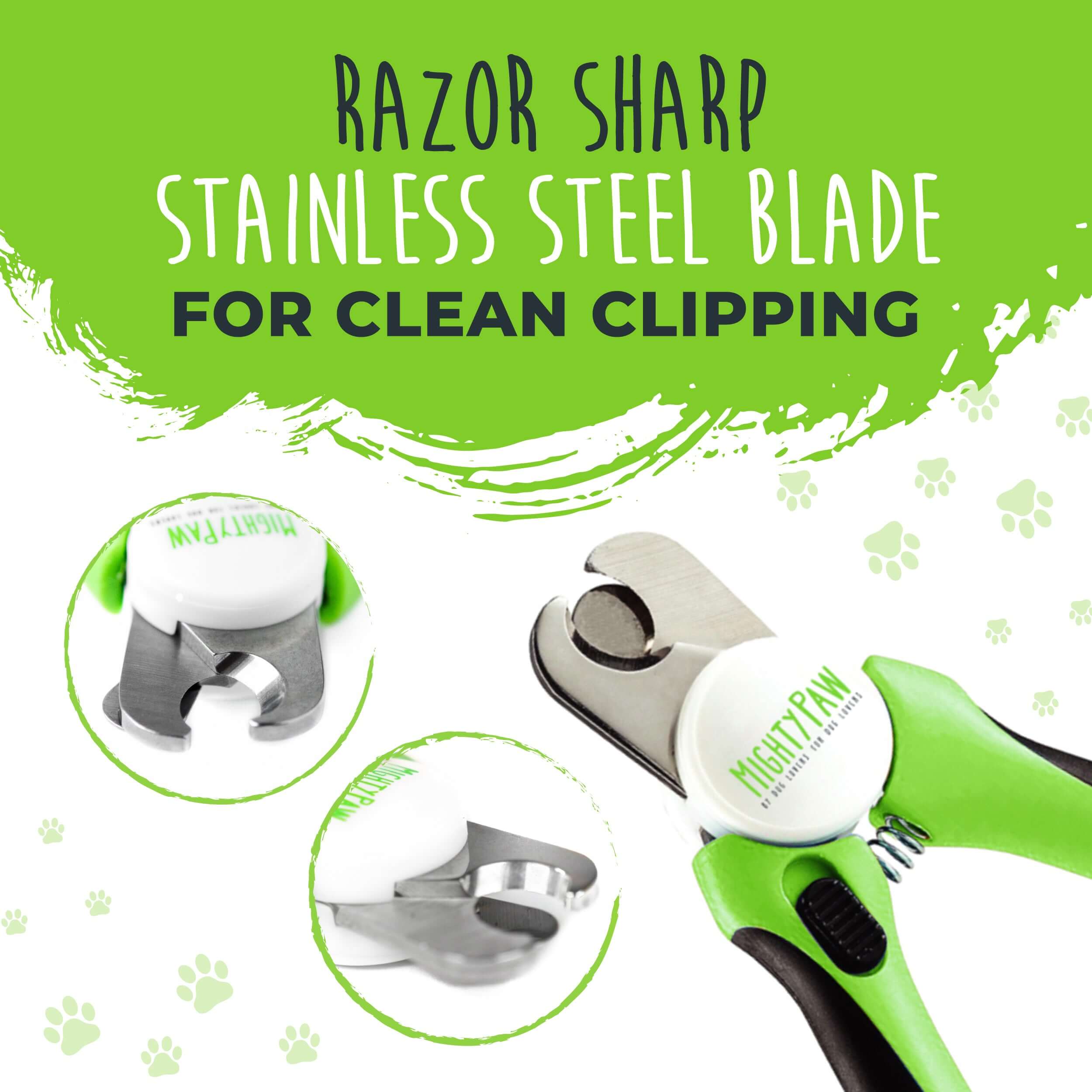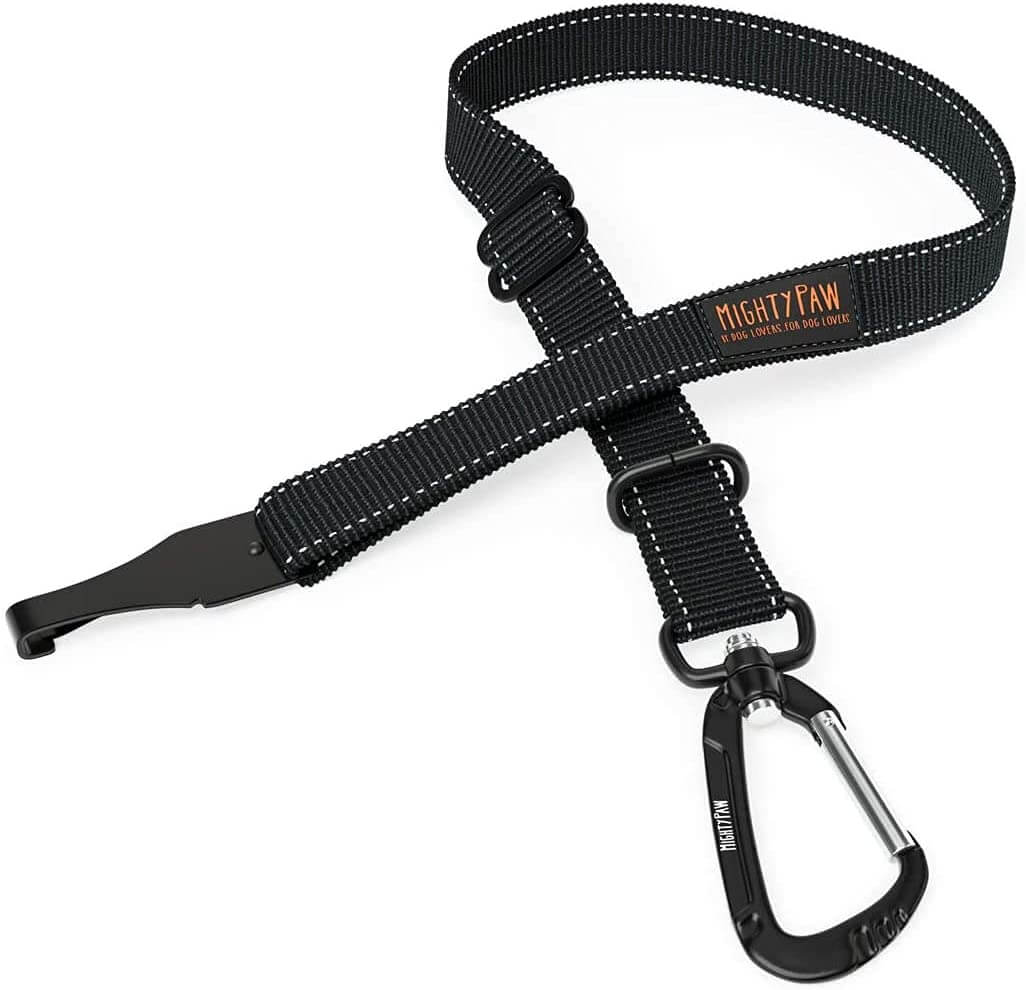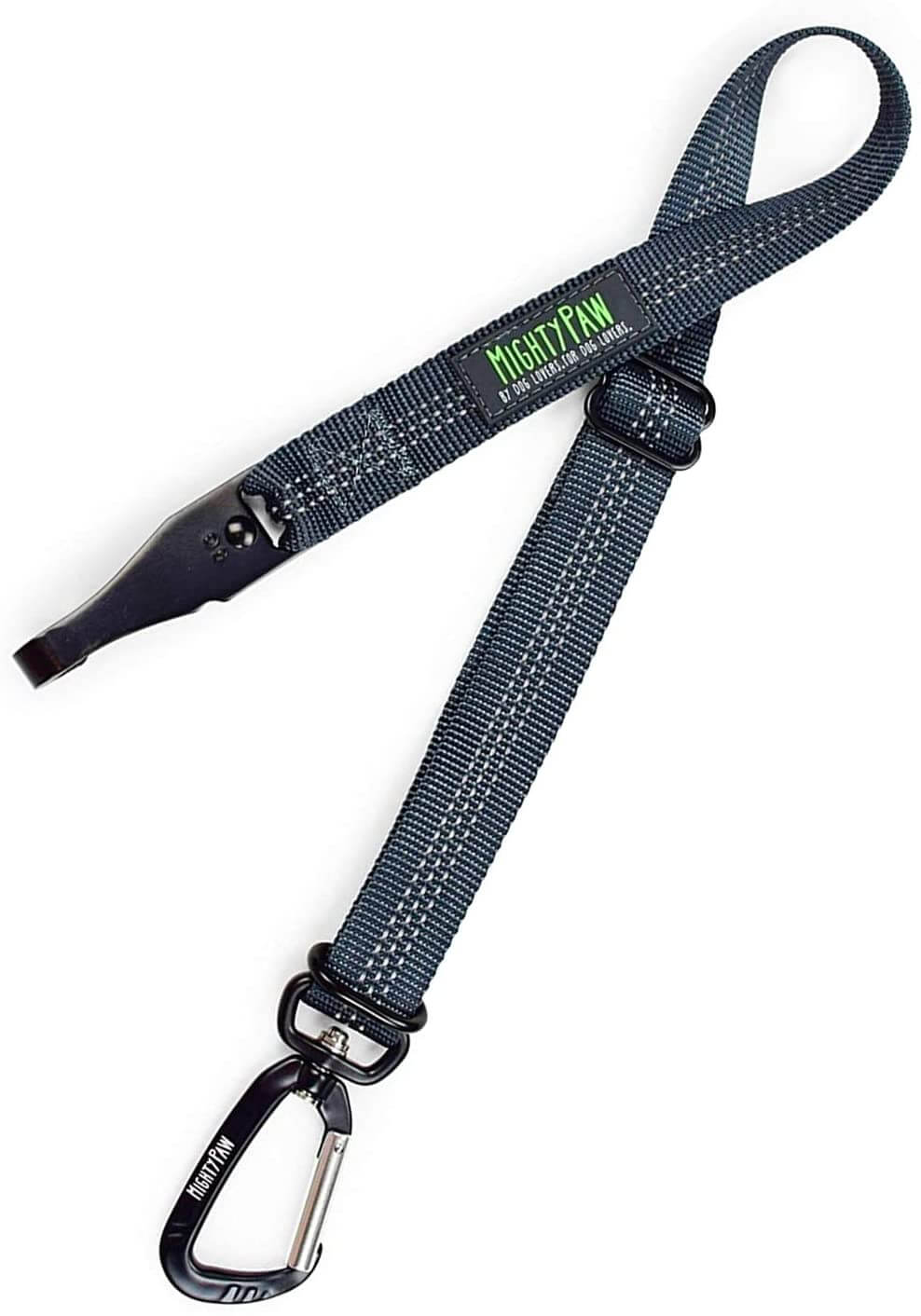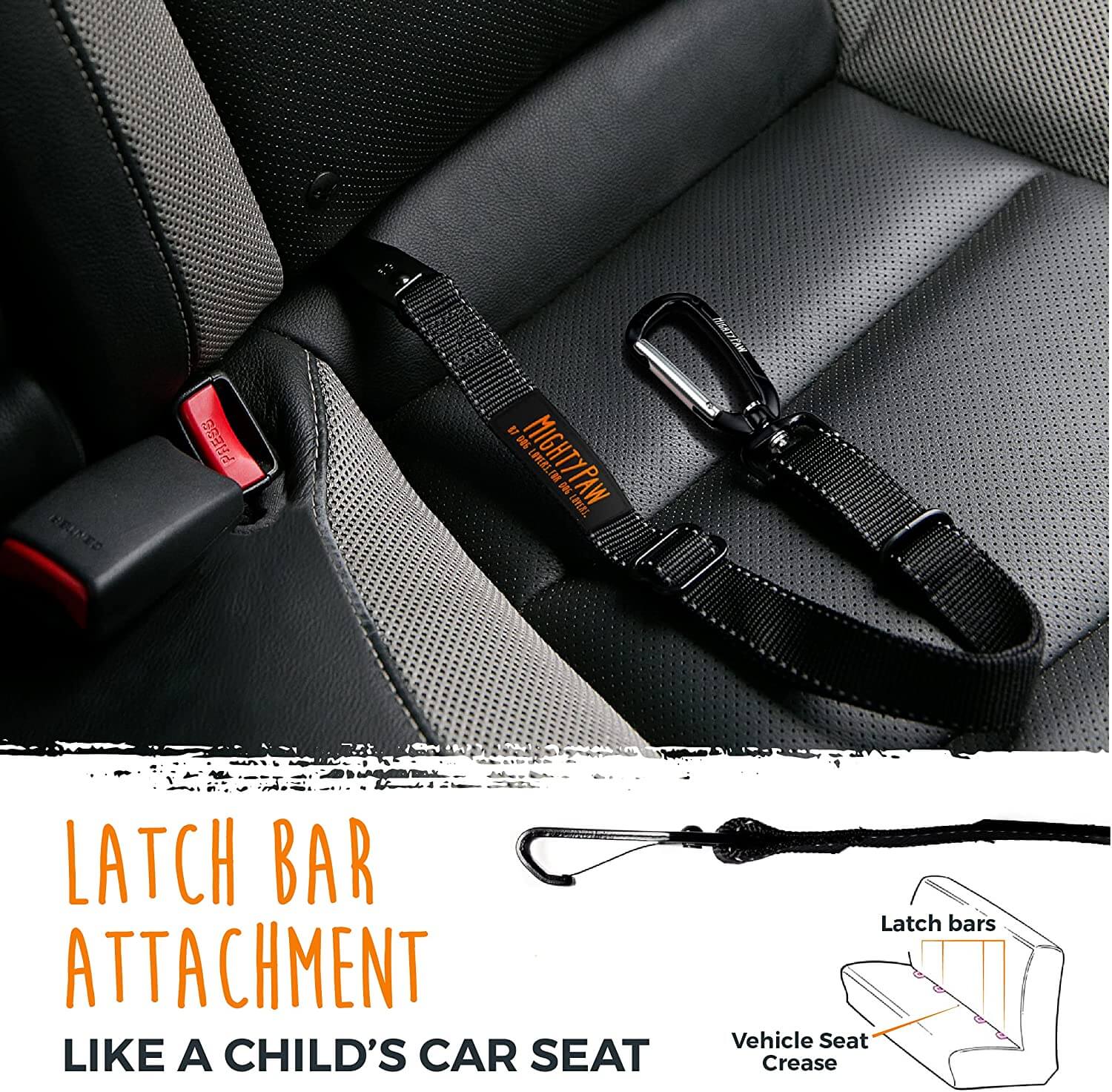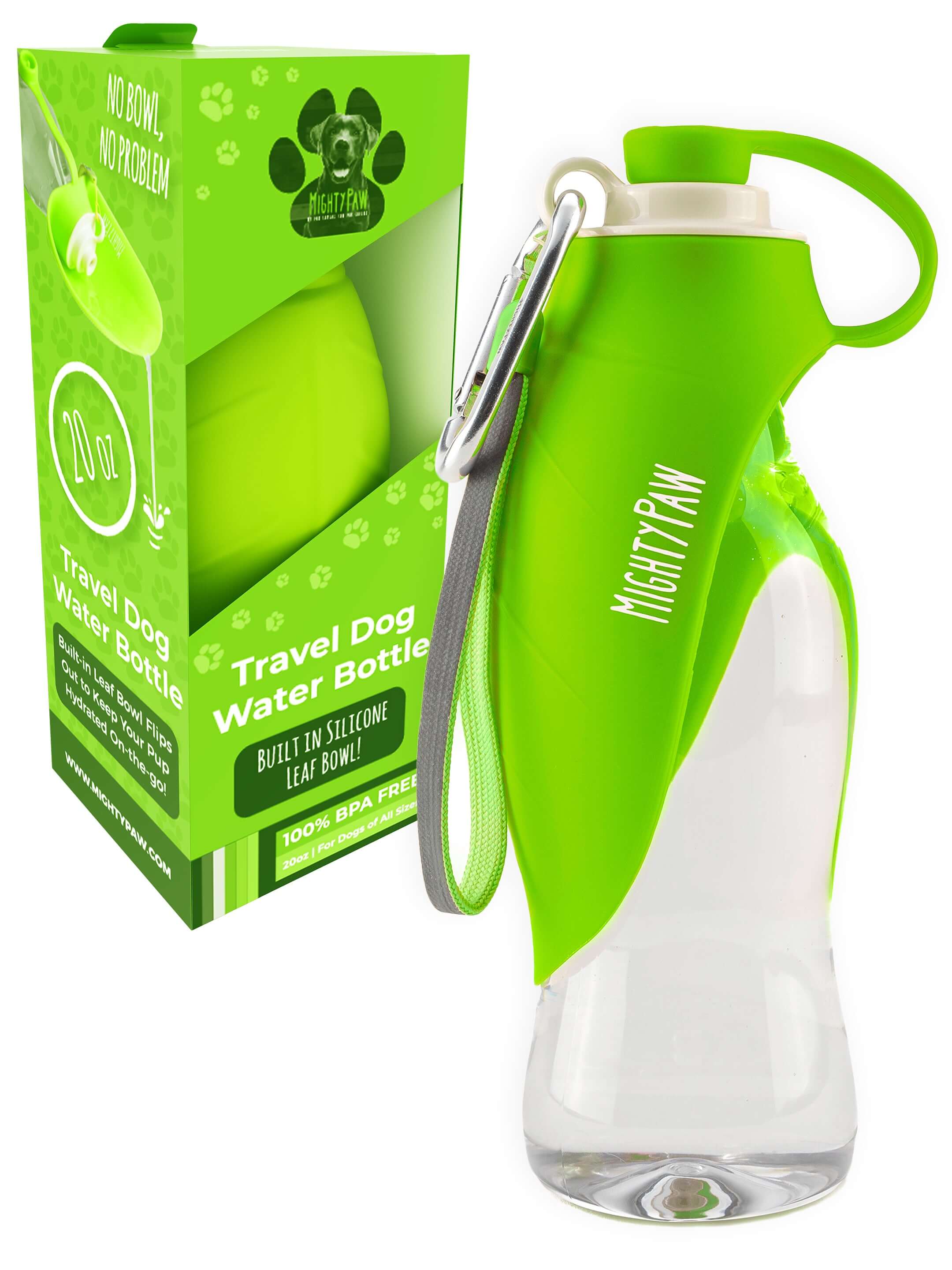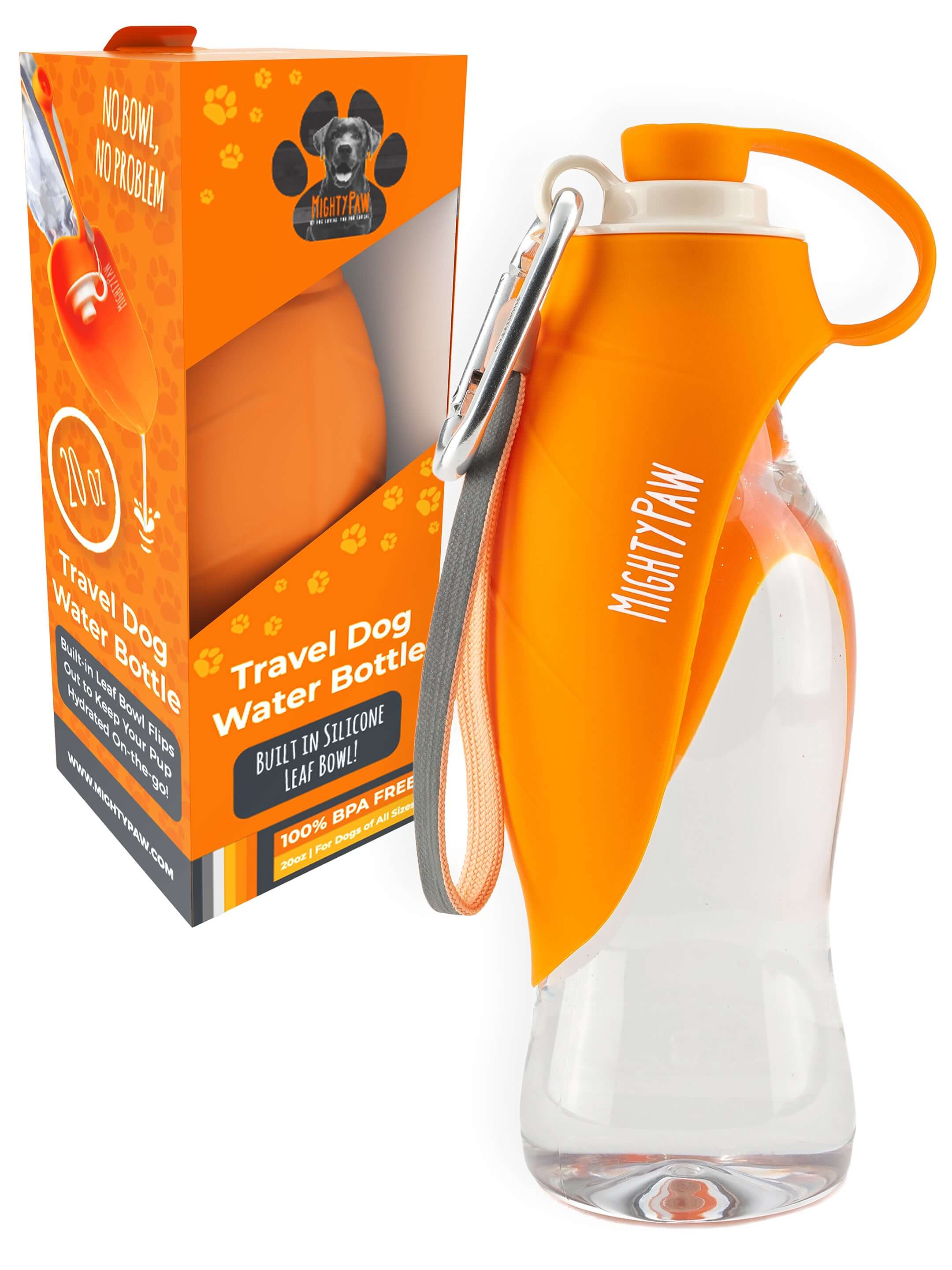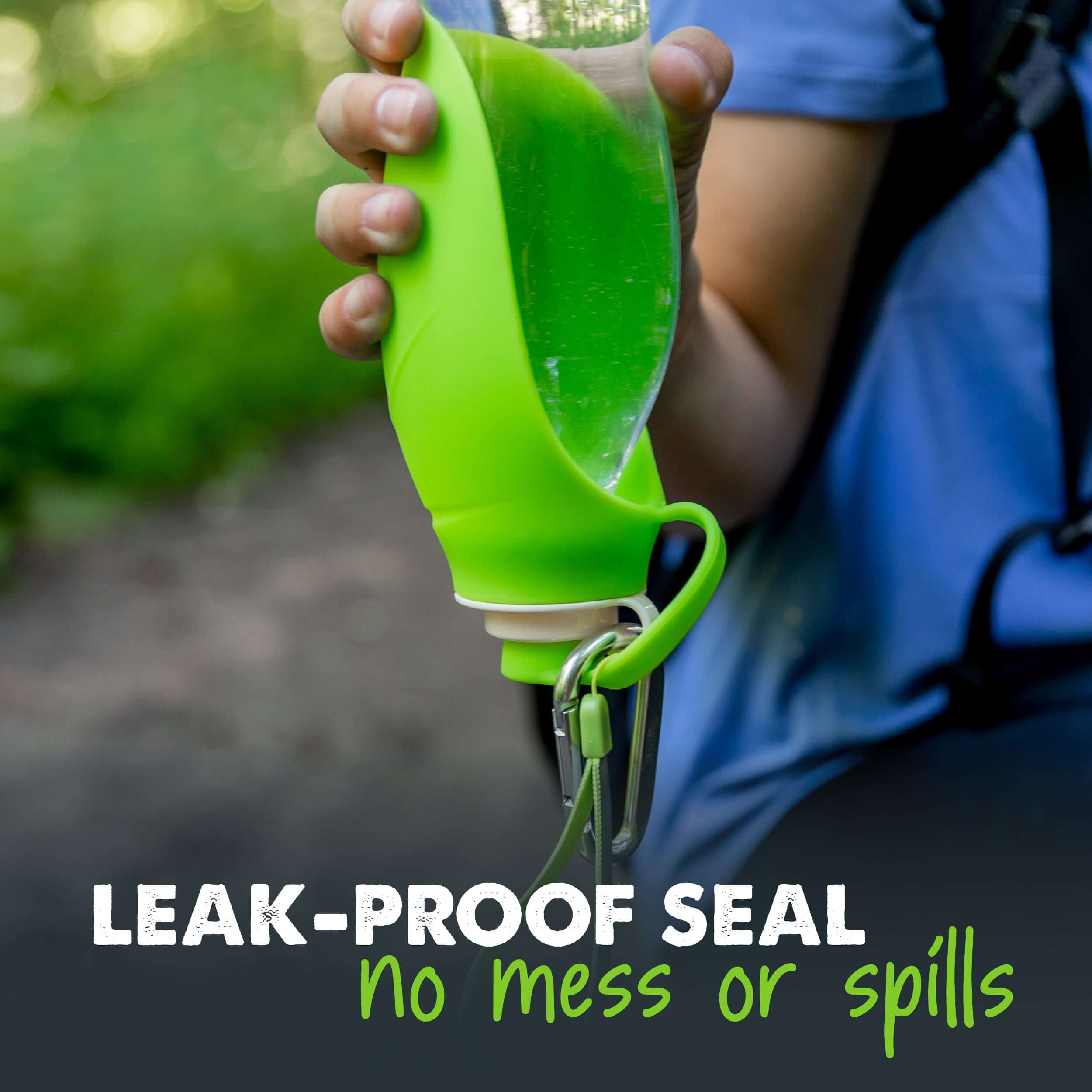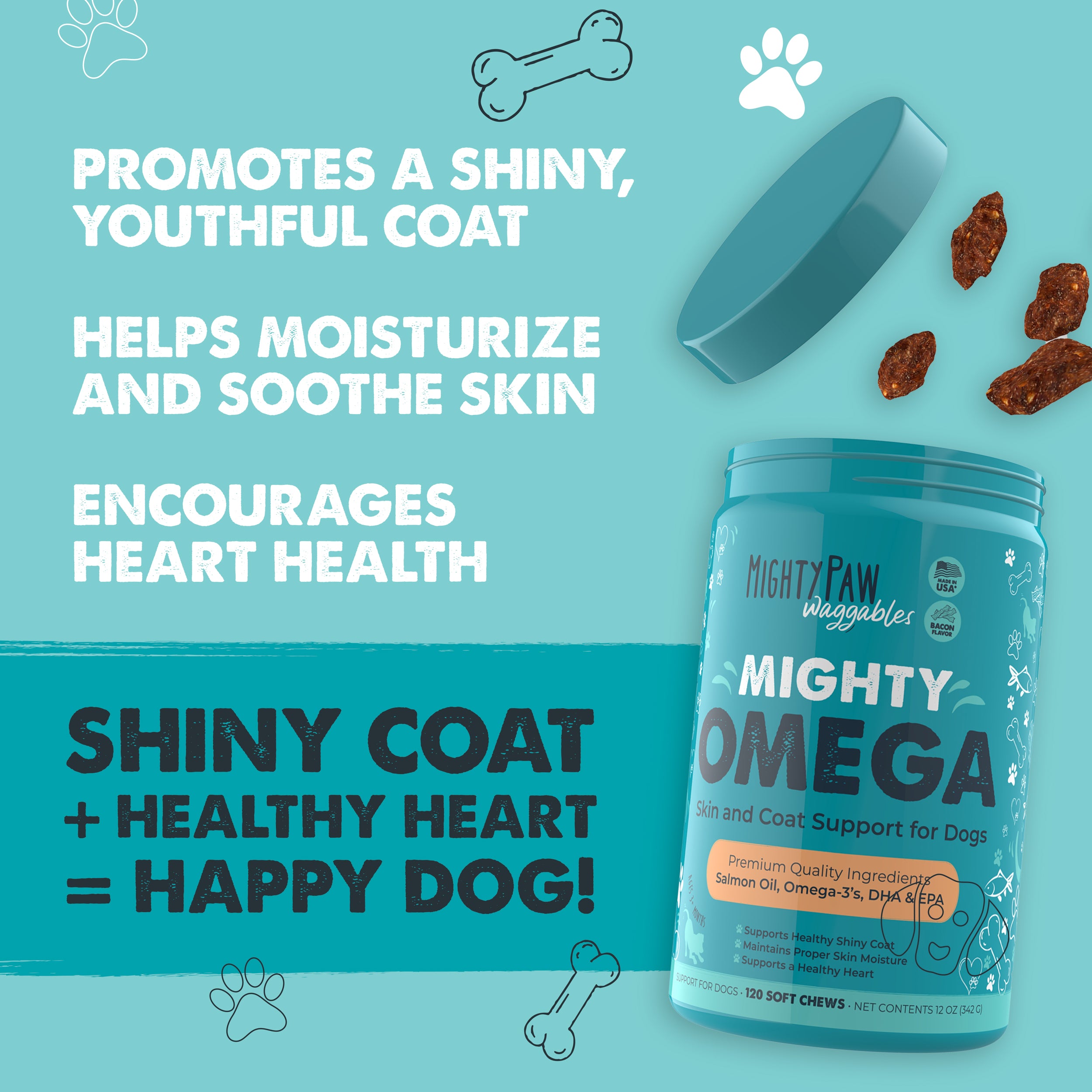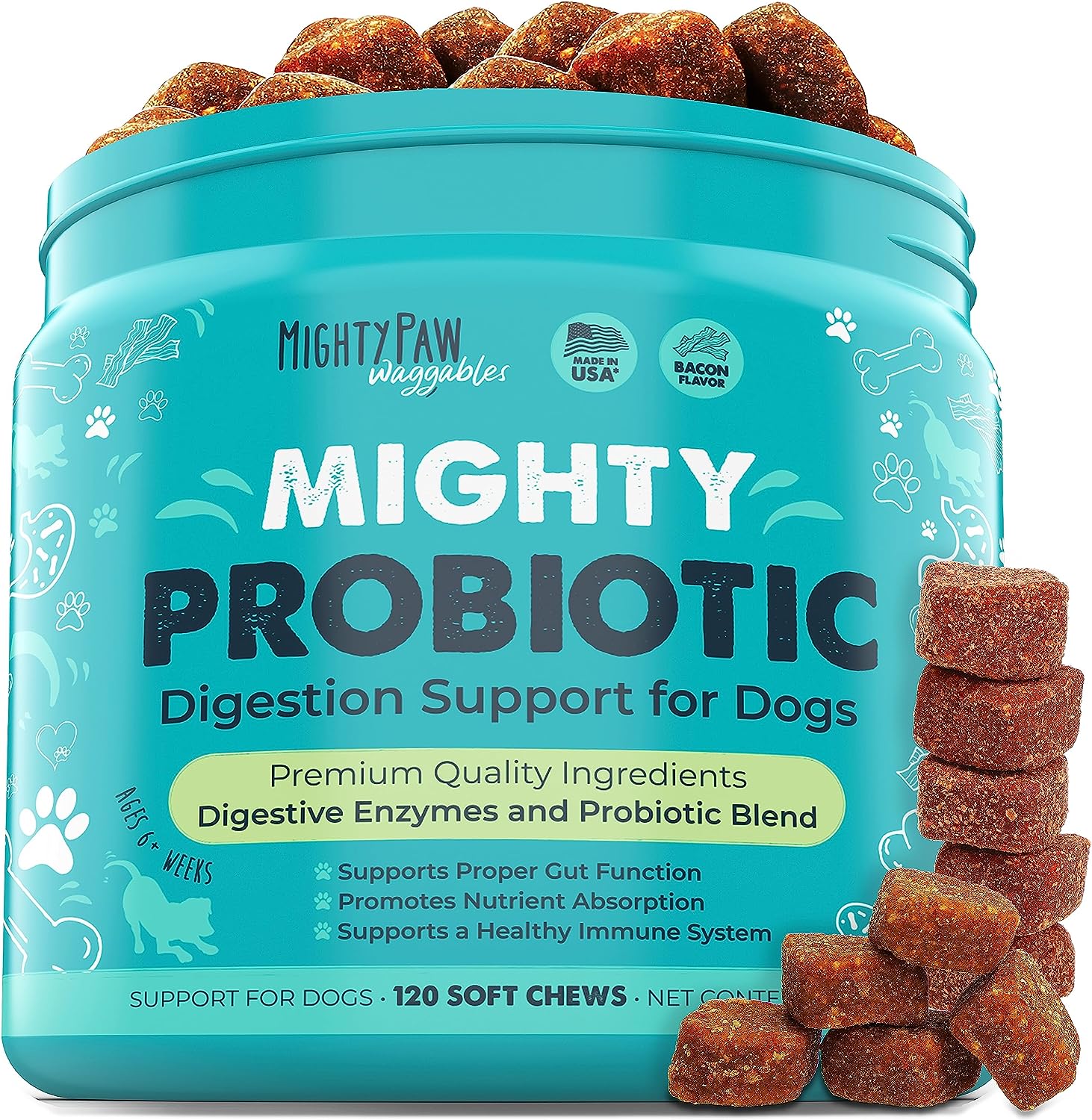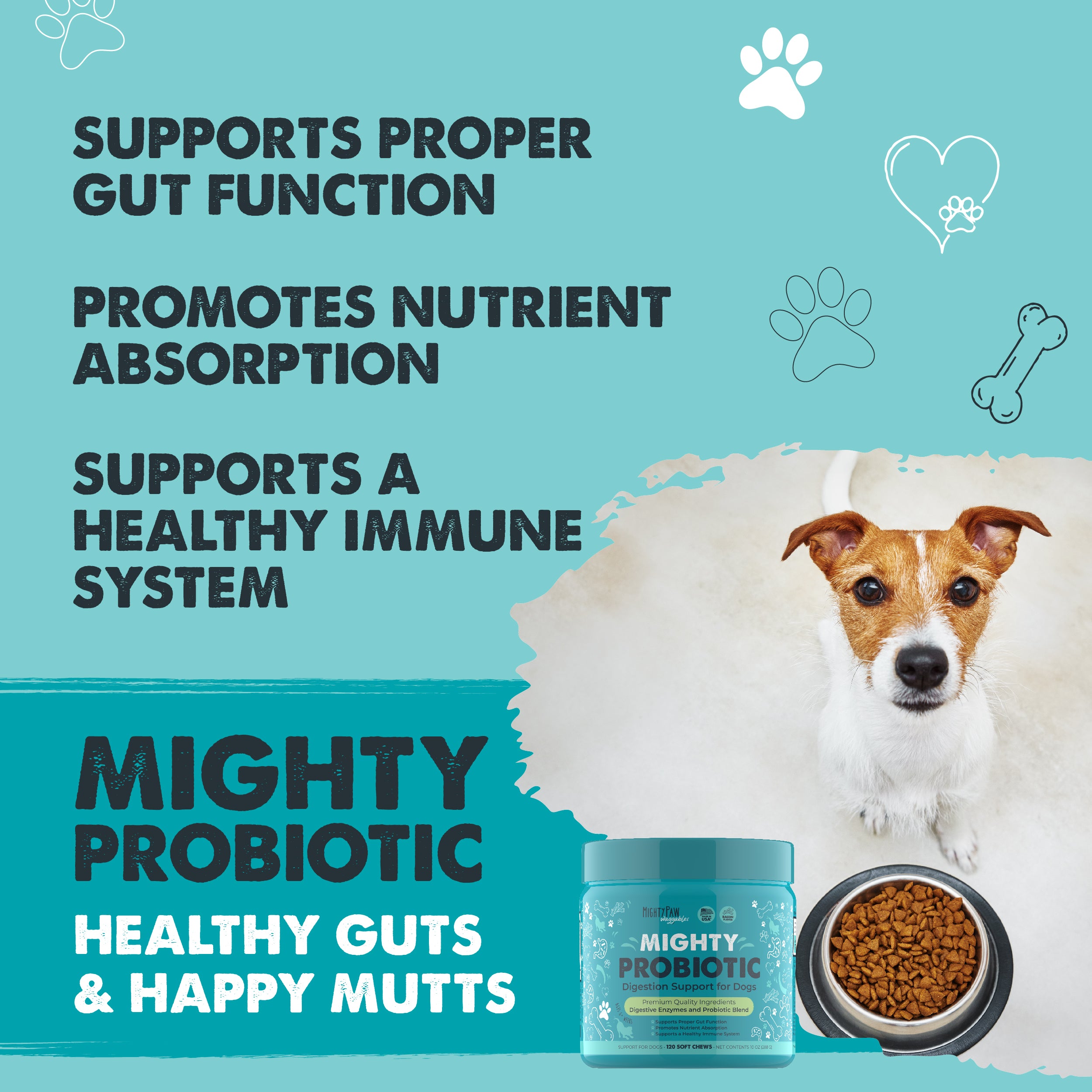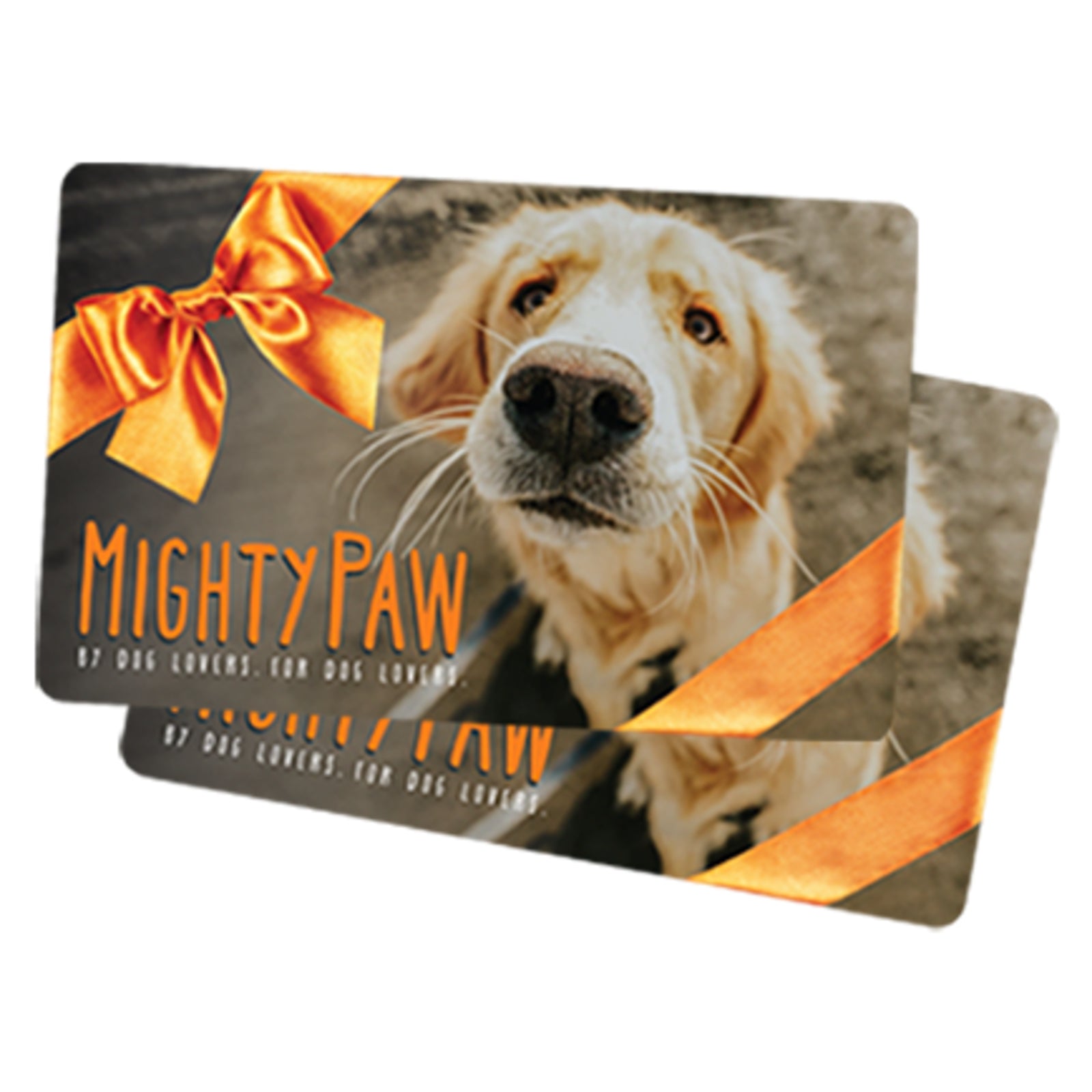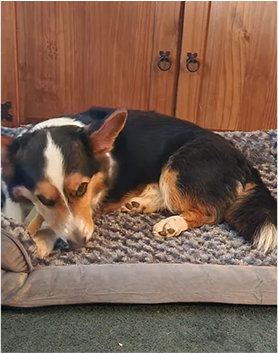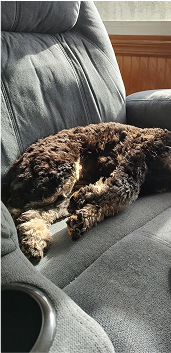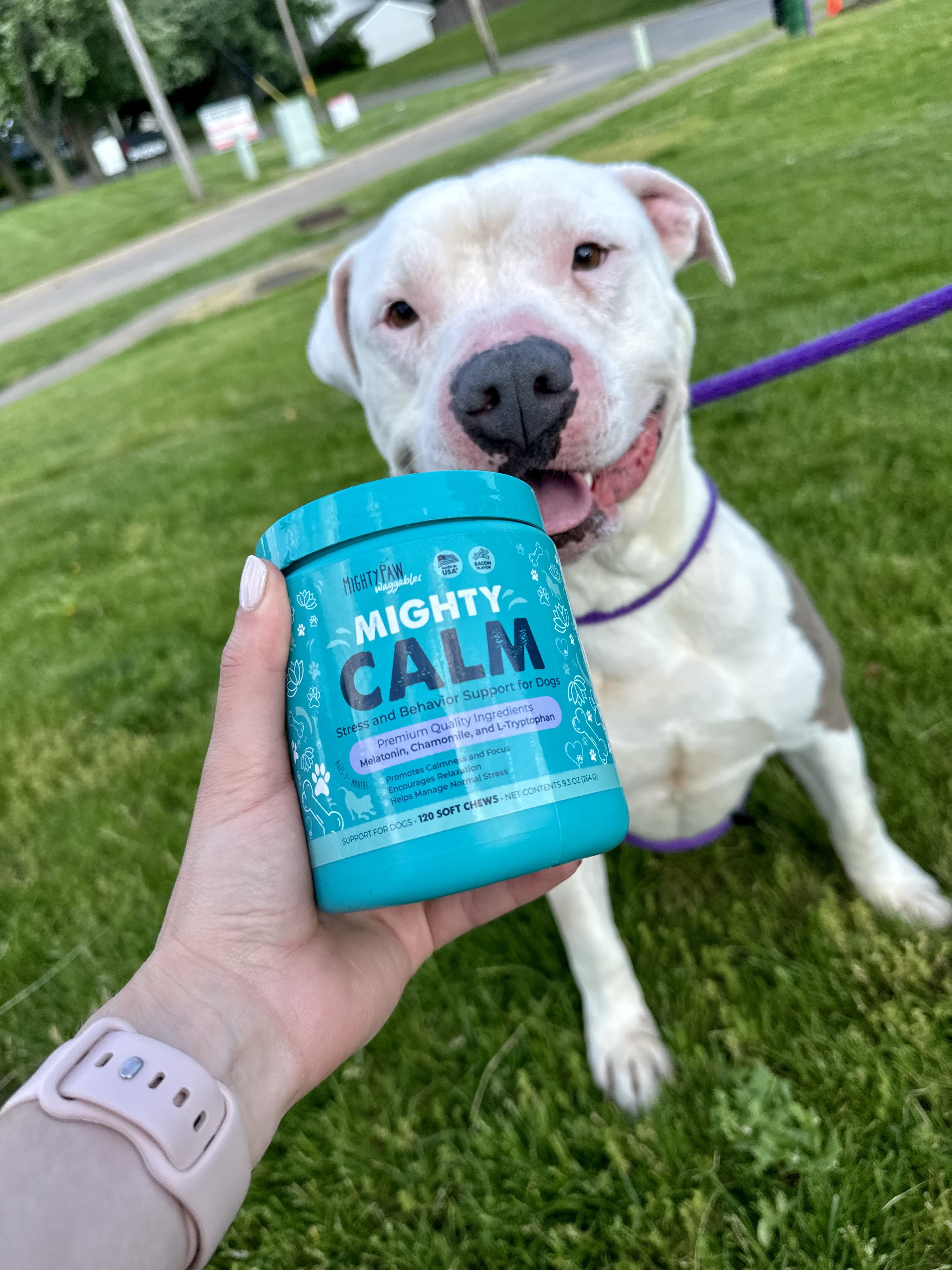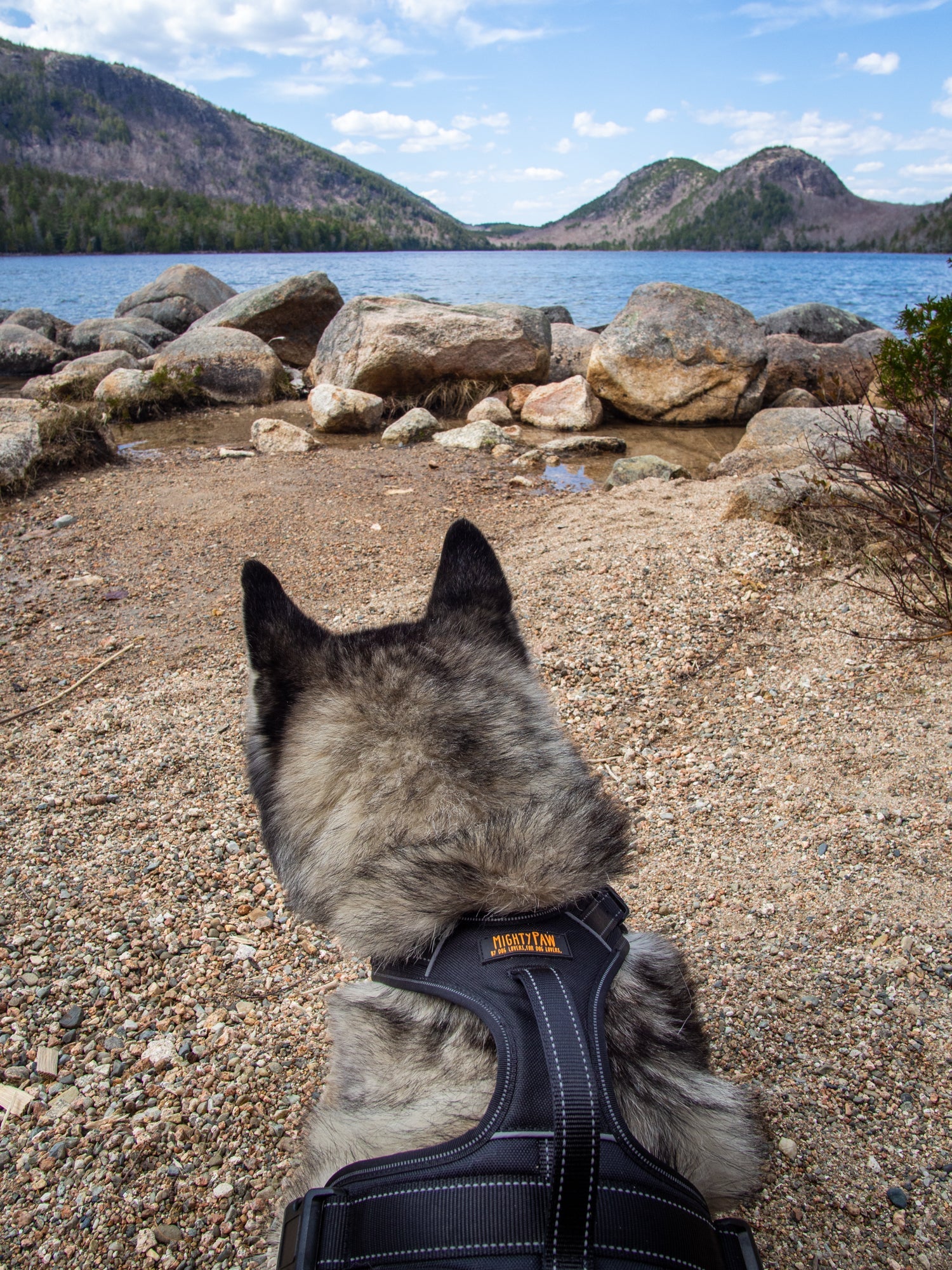If you're thinking of fostering a rescue dog but your work schedule makes it feel a bit daunting, you're not alone.
You might wonder if you have the time, energy, or flexibility to foster a dog alongside your job. The good news? With planning, realistic expectations, and some creative strategies, you absolutely can be a foster parent while working full time.
Fostering a dog is one of the most rewarding things you can do. It's also a donation of your time and heart that shelters and rescue dogs desperately need.
The question so many dog lovers who would love to foster a dog are asking is, "How can fostering work with a busy job schedule?" Let's jump into all the tips and tricks that can make being a temporary foster home successful and fulfilling for you and your foster pup:
- Preparing your home to foster a dog
- Choosing the right foster dog for you
- Using time management tips
- Overcoming common challenges as a temporary foster home
With a realistic roadmap, you can create a happy foster home experience that fits your lifestyle and forever changes a dog's life.
Preparation makes all the difference
Before you become a foster parent and bring home a new foster dog, preparation is everything. Knowing exactly what to expect (and having your supplies ready) helps you and your future foster pup settle in with less stress.
Stock up on essentials
Start by gathering the items you’ll need to create a safe, comfortable foster home for your pup:
- Crate or playpen: You'll want to set up a safe, cozy space for when you’re out or busy. Crate training can be especially helpful when potty training a puppy but isn't necessary or right for all dogs. You do want to have a baby gate or playpen that gives your new pup a safe, comfy space that isn't as overwhelming or tempting as the run of your whole home. Your foster dog will be able to acclimate and relax in a space that feels like a happy, secure haven.
- Food and water bowls: Choose sturdy, easy-to-clean options. The most sanitary and healthful option is stainless steel, which is why we created this food and water bowl set: Stainless Steel Bowls.
- Dog food: Ask the rescue what your foster dog is used to eating to maintain consistency. Rescues and shelters can't always serve the most nutritious foods specific to each dog's needs; ask the rescue for recommendations on any additions/upgrades, likes/dislikes, and special needs. You can gradually add specific nutrition and fresh foods to your pup's meals.
- Toys and chews: Toys can be great comfort and entertainment when your foster dog is alone. Chews should always be supervised but can give your dog mental exercise while acting as a natural self-soother, releasing "feel-good" hormones in dogs and reducing stress with the act of chewing. Good physical and mental exercise along with natural calmers like chewing can set up your foster dog for a balanced calm throughout the day. Some favorite, long-lasting, all-natural chews: All-natural Yak Cheese Chews, All-natural Bully Sticks, All-natural Cow Knee Cap Chews. (Check out our Chews for Change program: every time you buy a Mighty Paw Yak Cheese Chew for your dog or foster dog, we give one to a rescue dog to enjoy.)
- Natural calmers: Many dogs also benefit from calming chews formulated to take the edge off stressful moments naturally, whether it's being alone, fearful of sounds like thunder, anxious in the car, or any number of situations. Our All-natural Calming Chews bring together the power of melatonin, chamomile, and L-tryptophan to promote relaxation and calm for your foster dog.
- Leash and harness: For reliable, safe walks you'll want to have a durable, comfortable, adjustable harness your pup can't wriggle out of that also distributes the weight/pressure evenly of pulling to protect your foster pup's neck. You'll need a sturdy leash (traditional for better control and safety); ours has two handles for safety in any situation: 6-Foot Dual Handle Leash. For collars, many trainers and rescues like martingale collars for the extra bit of gentle control they offer (for walks, a harness is always preferable).
- ID tag and microchip info: Rescues and shelters usually chip all dogs before they leave for either temporary homes or forever homes. The chip is usually registered to the shelter until it's switched to the permanent home address and phone number. It's important to have a physical ID tag on your foster dog as well with your contact information.
- Cleaning products: Accidents happen, so be ready with a natural, unscented enzymatic cleaner so you can happily get rid of any mess or potential odor and move on! (Remember, never scold your foster dog. Note when/how it happened and how you can anticipate/avoid it in the future.)
- Pet camera or baby monitor (optional): Helps you keep an eye from afar. You'll learn how your foster dog reacts when you're not there, gaining information, and usually, peace of mind.
Set up a dog-friendly space
Designate a spot in your home where your foster dog can feel secure during your work hours. A crate or a gated area is often ideal, especially for dogs adjusting to a new environment. Make sure the space is free of hazards, comfortable and cozy, stocked with toys, and away from too much commotion.
Choose a foster dog who fits your life
Rescue/foster organizations are eager for help, but they know not every dog will fit your working lifestyle. Choosing the right foster dog is a vital step for success, and everyone wants your foster care experience to be successful for the dog and for you.
Once you know a rescue or rescues you would like to work with, reach out and submit a foster application so you can get on their list of approved foster homes. That way you won't be in a last-minute situation, and you and the rescue can get to know each other to determine what type of dog would fit your life and thrive in your home. Then they can call on you when they see a good match on all sides.
Match energy and needs
Some foster dogs are high-energy puppies who need constant attention. Others are older or more laid-back. Be honest with the rescue group about your work schedule and living arrangements. Request a foster dog whose energy levels and needs are compatible with your available time.
Meet your foster dog before committing
Whenever possible, meet the dog before bringing your foster pup home. This allows you to get a sense of each other. Ask the rescue for details about the dog’s routines and behavior.
Assess compatibility
Ask yourself:
- Can you meet this dog’s exercise needs in the mornings, evenings, and weekends?
- Does your home environment (apartment or house, with or without a yard) suit the dog?
- If you have other resident pets, is the dog comfortable around your other dogs or resident cats?
- How does the dog react to being left alone for short periods?
If the answer is yes, you’re more likely to have a smooth foster care experience.
Balance work and foster care like a pro
Fostering a dog while working full time requires a few logistical tweaks, but it is absolutely manageable.
Plan the day strategically
- Early mornings: Walk, play, and feed before you start work. Dogs are often most energetic in the morning, and you’ll set your foster pup up for a day of relaxation.
- Lunchtime break: If you can, come home for a short potty break or neighborhood stroll. If you work remotely from home, use your lunch as quality time together.
- After work: Schedule another walk, play session, and of course, feeding.
Lean on tech
Technology can be a busy foster parent’s on-site friend. Automatic feeders can provide midday snacks. Pet cameras allow you to check up on your foster dog remotely, easing worries and helping you track behavior.
Enlist extra help to be part of your "foster team"
Don’t be shy about asking for support. Line up your team of helpers before you need them, then when you know your schedule will be tight:
- Ask friends or family to stop by for a dog walk or quick cuddle break.
- Consider hiring a local dog walker for midday exercise and bathroom breaks.
- Look into doggy daycare a few times a week, especially for high-energy pups.
Tackle common foster dog challenges
Even the most prepared foster home families will face some challenges. Here’s how to handle the most common issues when you foster a dog while you're working full time.
Handling anxiety -- separation or just settling in
Many foster dogs are adjusting to big changes. Any dog who is joining new people in a new home, whether temporarily or adopted forever, is processing a whole new world. Dogs might pace, whine, or chew on things when left alone. That doesn't mean your foster pup has true separation anxiety; your dog could be going through the natural process of learning what's predictable and getting used to this all-new environment.
Here's what you can do to help your dog get used to your foster home:
- Gradually acclimate your foster dog to being on his or her own with short absences.
- Use puzzle toys and chews to keep your pup occupied.
- Play background music or use a white noise machine to mask street sounds.
If anxiety is severe, consult with the rescue group who will have additional resources to help navigate your pup's anxiety with tried-and-true techniques, particularly for separation anxiety.
House training and basic manners for foster dogs
Some foster dogs will need guidance on where (and when) to do their business, especially if they haven't had a home experience.
- Take your dog out first thing in the morning, after every meal, and when you return from work. For puppies with smaller bladders, potty trips are more frequent. (If you're new to potty training, your rescue can advise you and connect you with resources.)
- Reward successes with treats and praise!
- Clean accidents thoroughly but remain patient. Consistency on your part is key to your pup's learning.
Basic manners training (sit, stay, come) can also boost a dog’s confidence and enrich your bond. And knowing a few cues can help dogs get adopted! (If you need advice or suggestions on dependable resources, your rescue should be happy to help.)
Socialization support
Socialization is an essential part of helping foster dogs thrive. Gently expose your foster to new sights, sounds, and people during walks and outings. If the rescue allows, arrange playdates to help your foster adjust to life outside the shelter. As wonderful as rescues are, just about every dog is thrilled to have a shelter break in a home with priceless exposure to living in a family and out in the larger world.
A note on vet visits
Vet visits aren't just medical care for your foster; they're also a form of socialization as your pup gets used to vet care. Rescues handle appropriate arrangements for what's needed and cover the costs of vet appointments. Generally, you're responsible for taking your foster to regular check-ups, etc., although it varies with rescues. It's another opportunity to be there for your foster dog and help your pup get comfortable with car rides and visits to places that are part of life.
Caring for your heart while fostering
It’s easy to focus all your attention on the foster dog, but your own well-being matters, too.
The reality of goodbyes
Fostering is temporary by design. It’s natural to develop strong bonds, and many fosters feel heartache when it’s time for the dog to move on. Remind yourself that your care played a crucial role in your foster dog's happiness and future.
Practice self-care
Make time for your own hobbies and rest. Share updates and funny photos with friends or online foster groups who understand the mix of joy and touch of sadness involved.
Remember your impact
Successful fostering doesn’t only change a dog’s life. It frees up space in shelters, helps adoptions happen, and inspires others in your community. And when you send your foster off to a great forever home, you can now do it again and change more dogs' lives forever. There's a reason many dog lovers become serial fosters!
Helping your foster dog find the perfect home
Your role doesn’t end with a foster home. Foster families play a vital part in helping their dogs get adopted.
Be part of the adoption story
- Provide honest updates and feedback to the rescue organization about your foster’s personality, preferences, and quirks.
- Take good photos and videos that showcase your foster dog’s best qualities.
- Share your foster experience on social media to reach more potential adopters.
- Bring your foster to the rescue's adoption events and be ready to share happy anecdotes that help potential adopters see your foster as part of their home life.
Write an irresistible bio
A well-written biography is your foster dog’s ticket to a new family. Highlight your foster's favorite activities, unique habits, and what makes your foster dog a uniquely great companion.
Help screen potential adopters
Work closely with the rescue to find the right match. Trust your instincts, ask questions, and help set your foster dog up for lifelong success.
You can do this!
Fostering a dog as a full-time professional is a challenge, but it’s a deeply rewarding one. With the right preparation, support, and mindset, you can offer an essential, safe haven to a dog who very much needs you.
You’ll come home to tail wags, watch a dog relax and thrive under your care, and play a part in your foster pup's story of finding a forever home. If you’ve been considering whether to foster a dog, there’s no better time than now to get started. You have never been more needed.
Happy fostering!
Fostering is a great way to give back. That's why we're here to make it easier for you and your foster dog. And to make it safer, more comfortable, and more joyful.
We're committed to creating high-quality products that are safe, healthful, and practical for everything you need from healthful supplements to long-lasting chews dogs love, to durable, comfortable equipment for your best times together.

